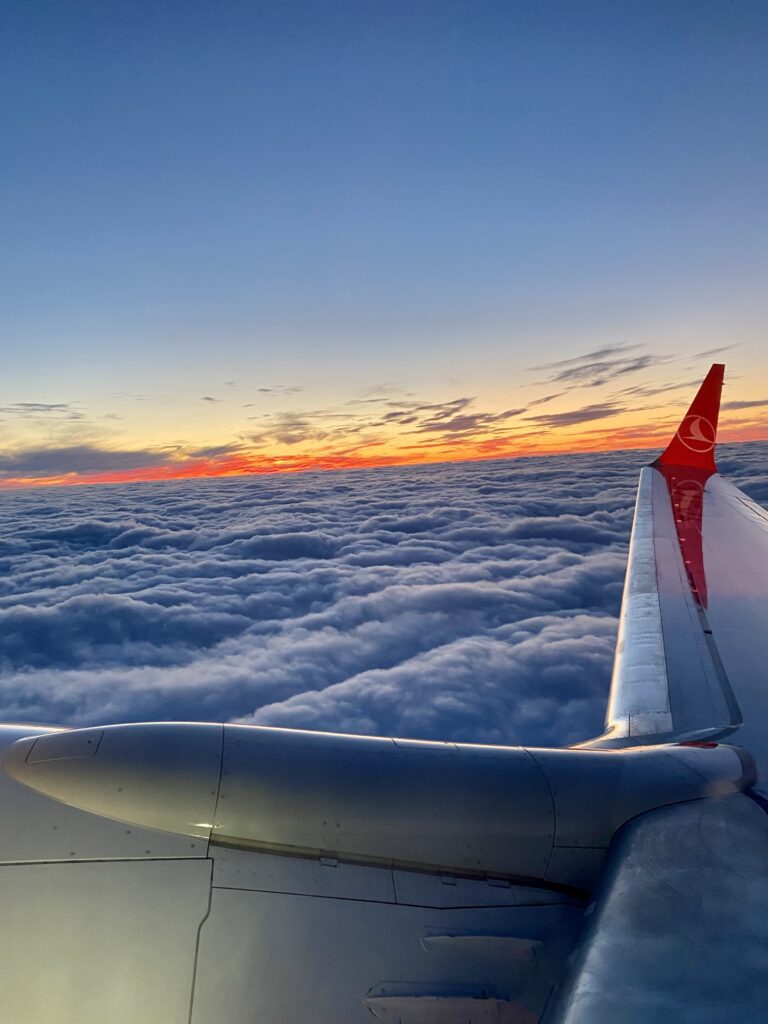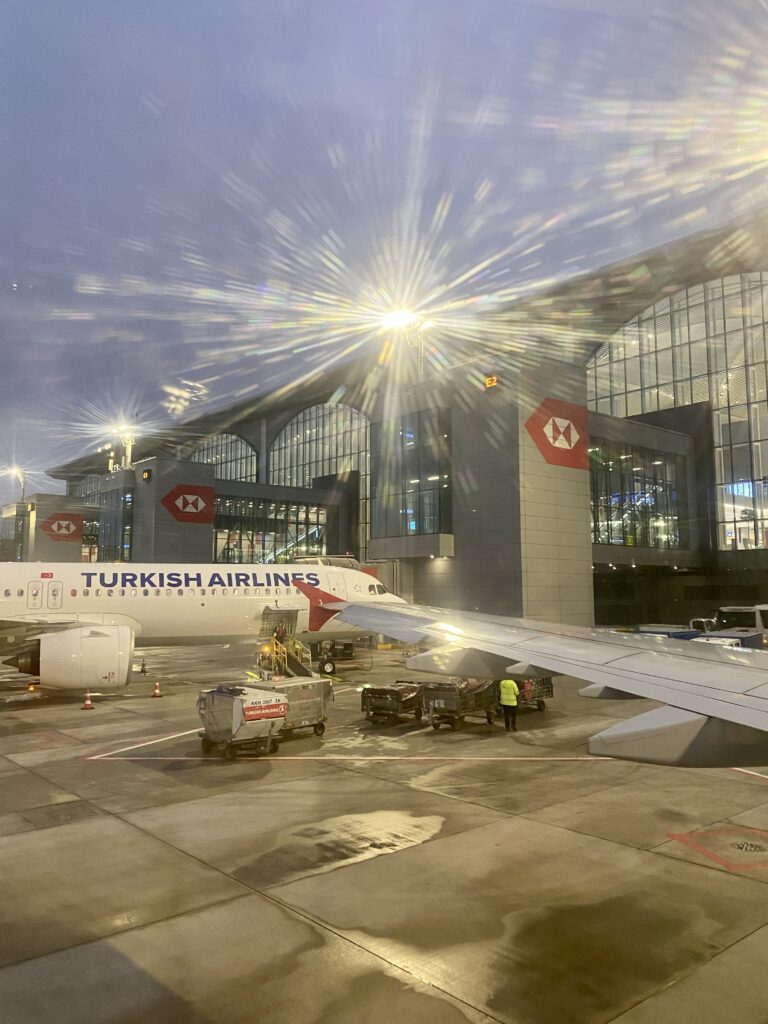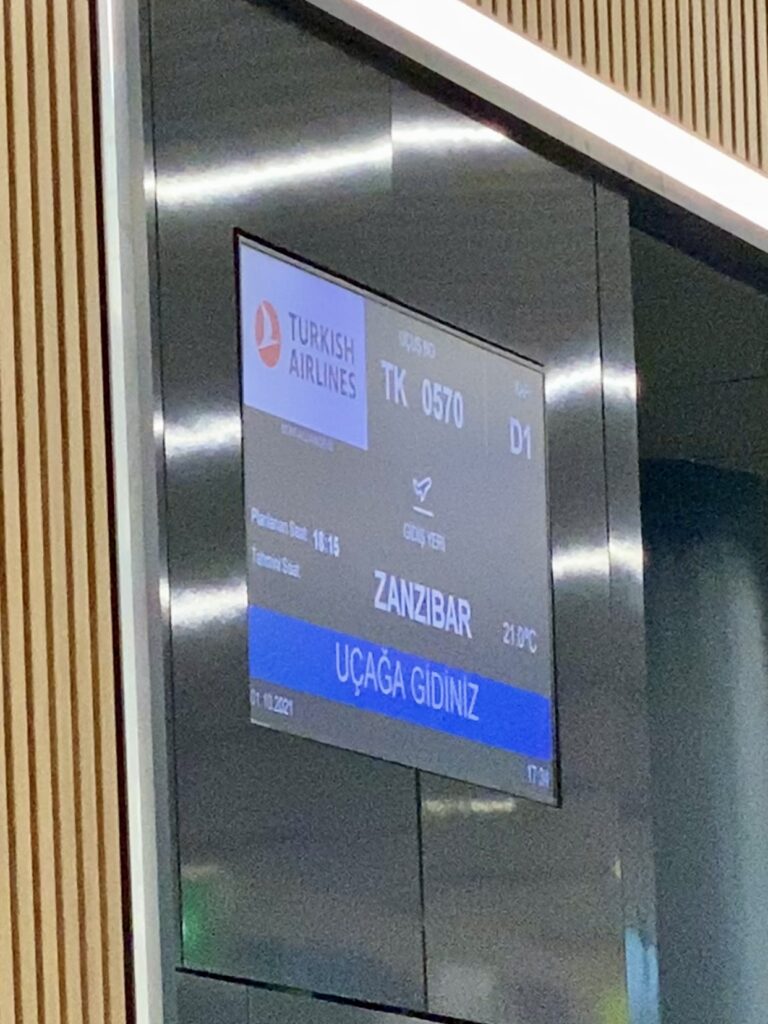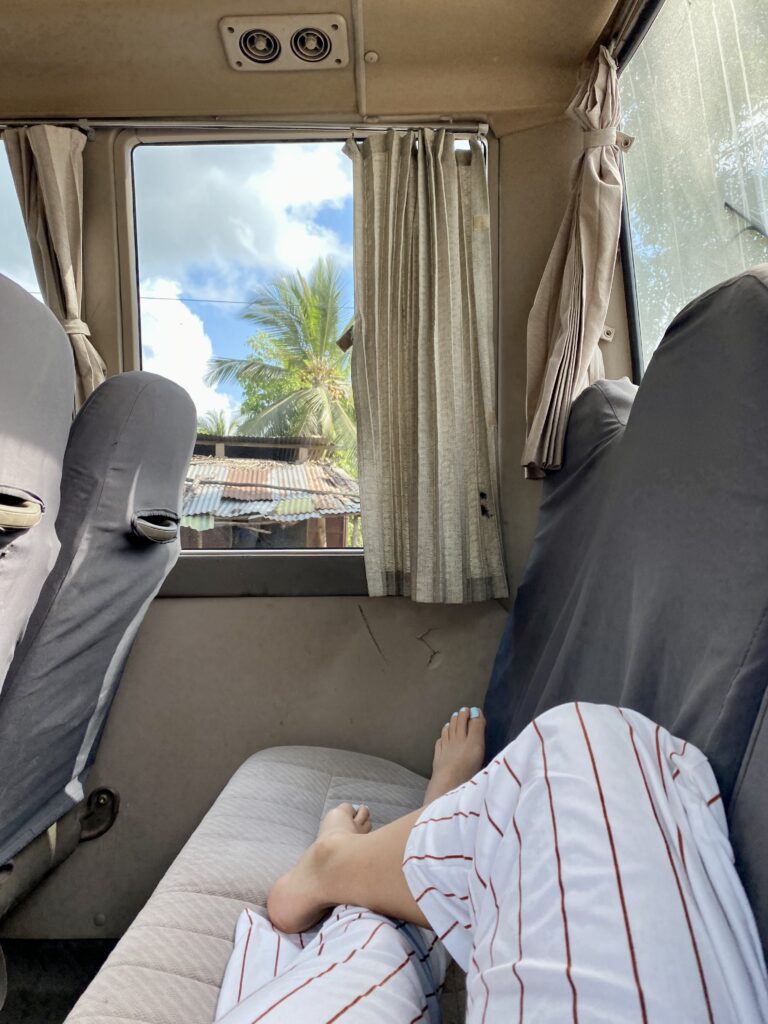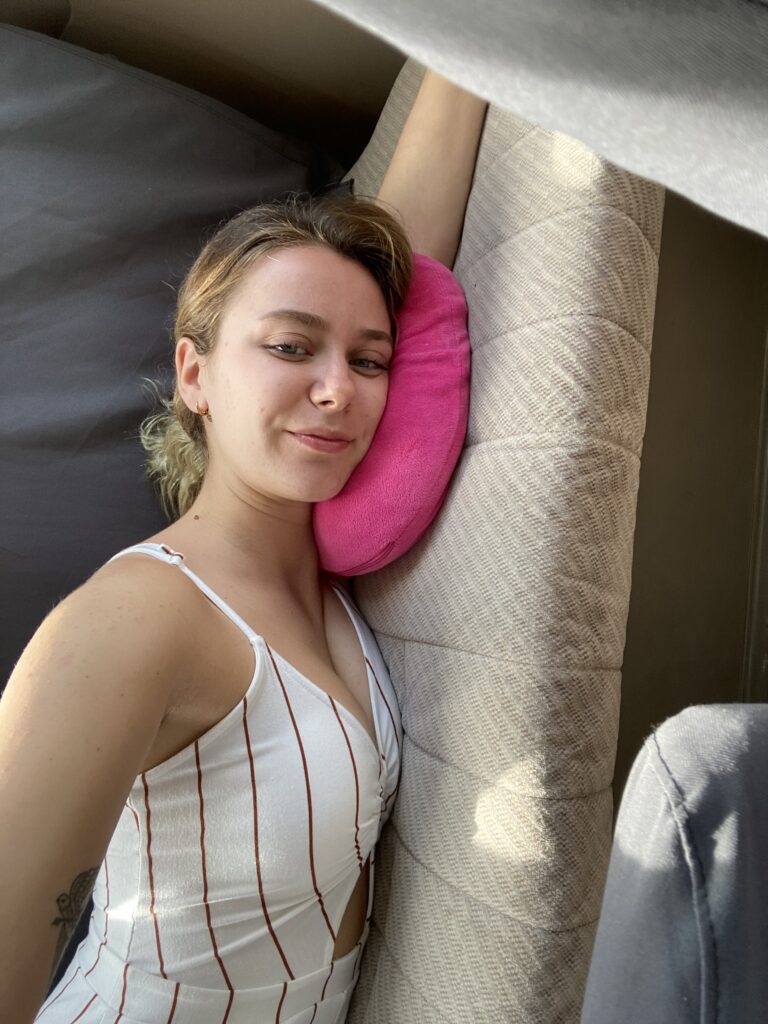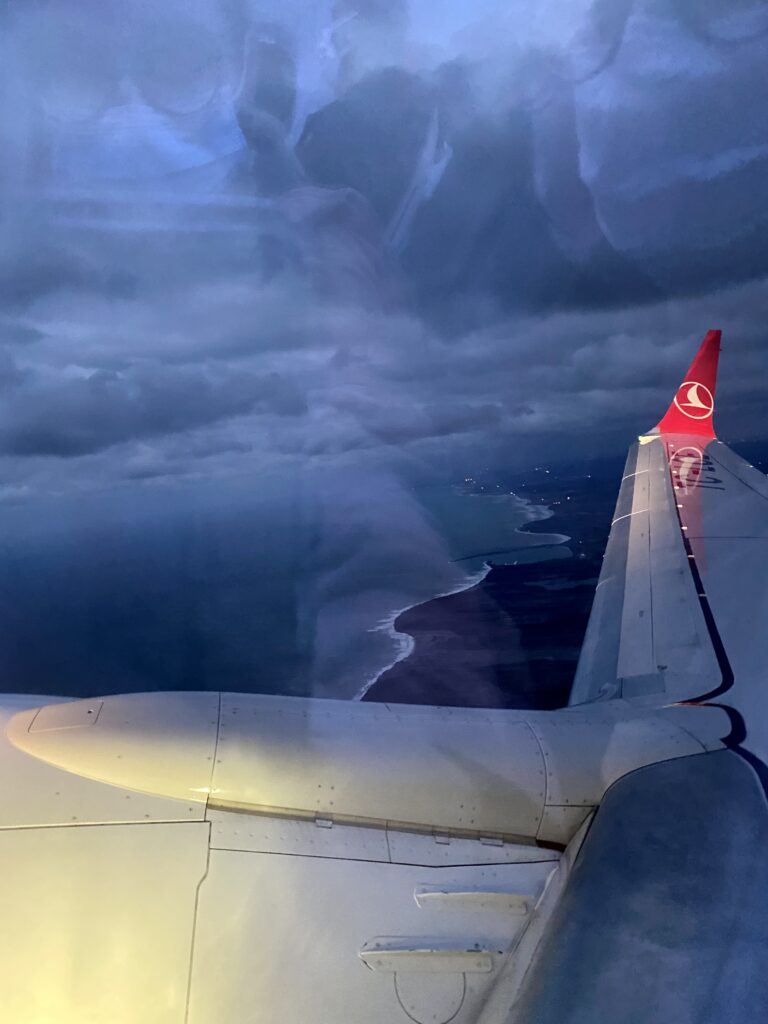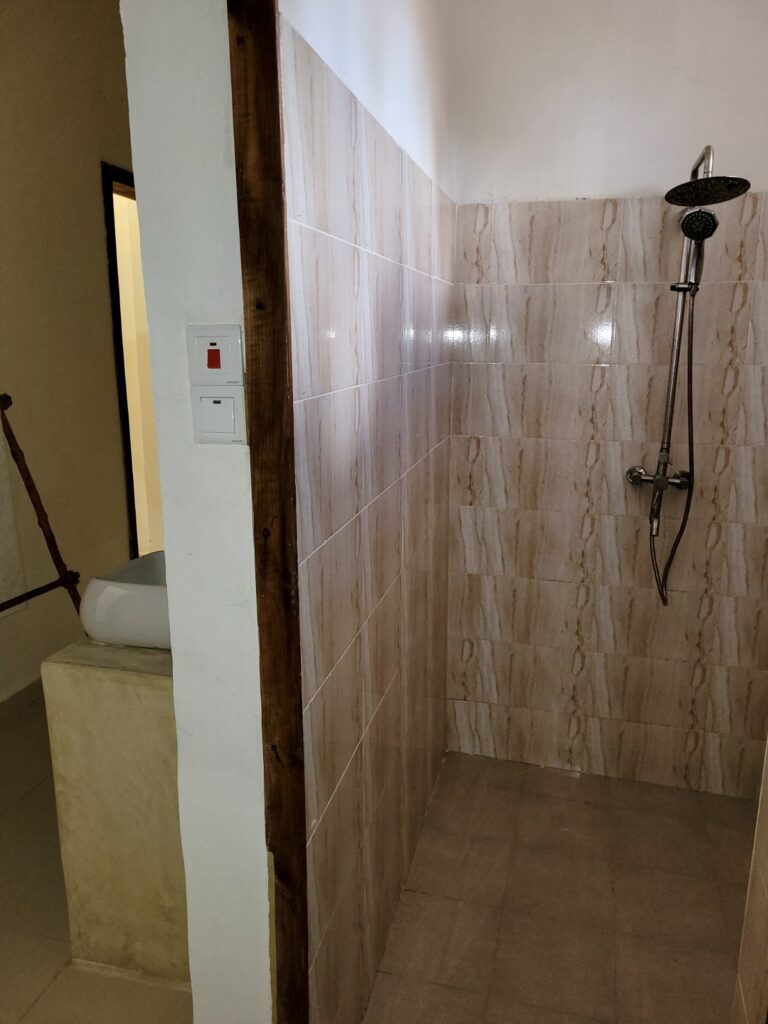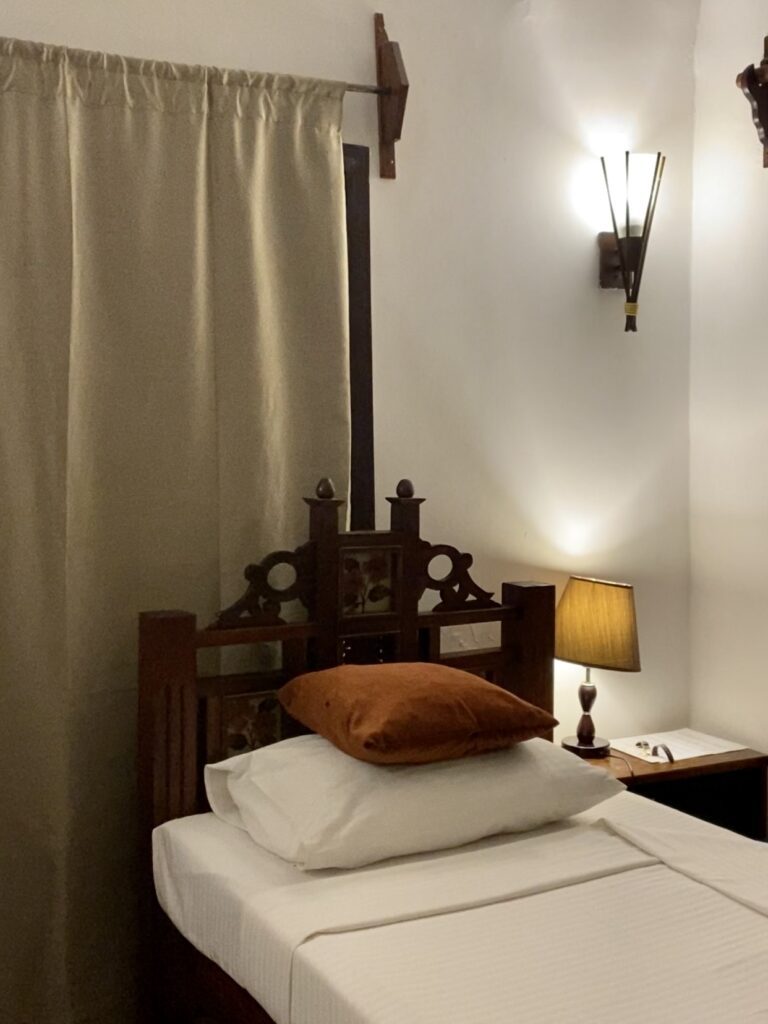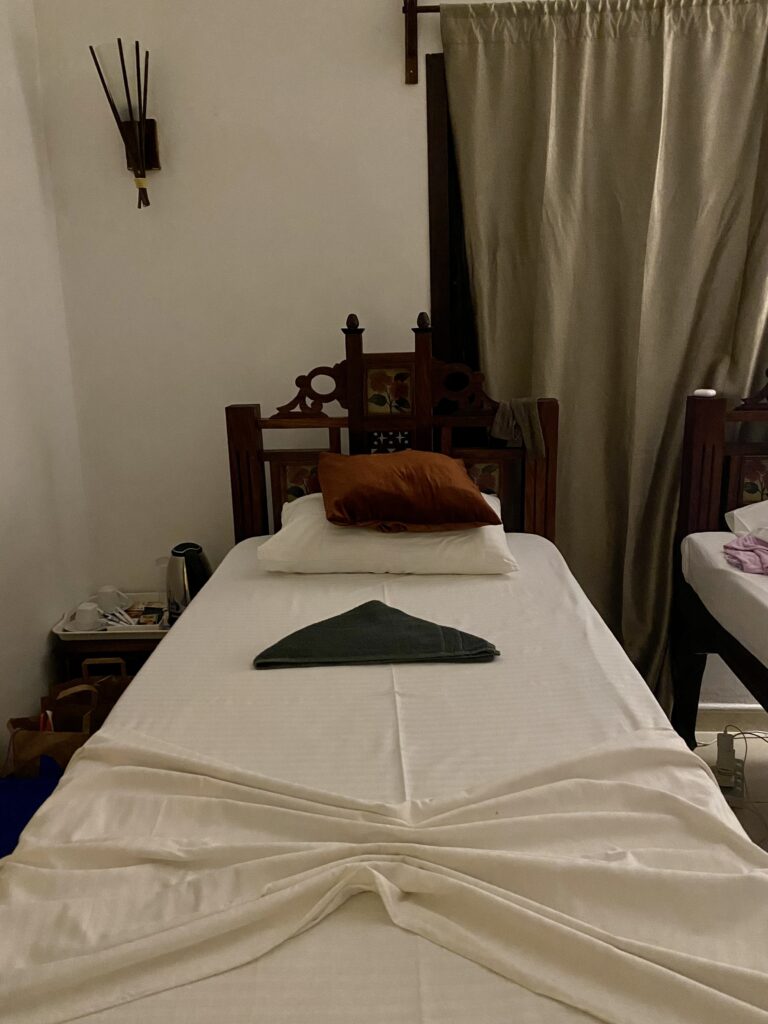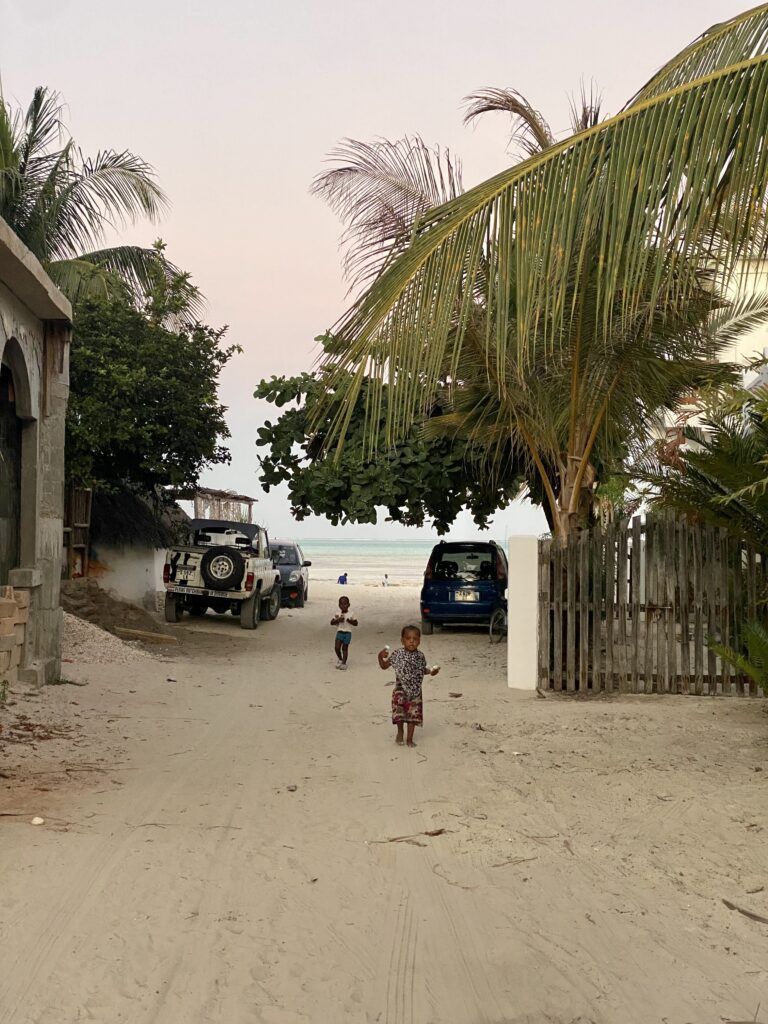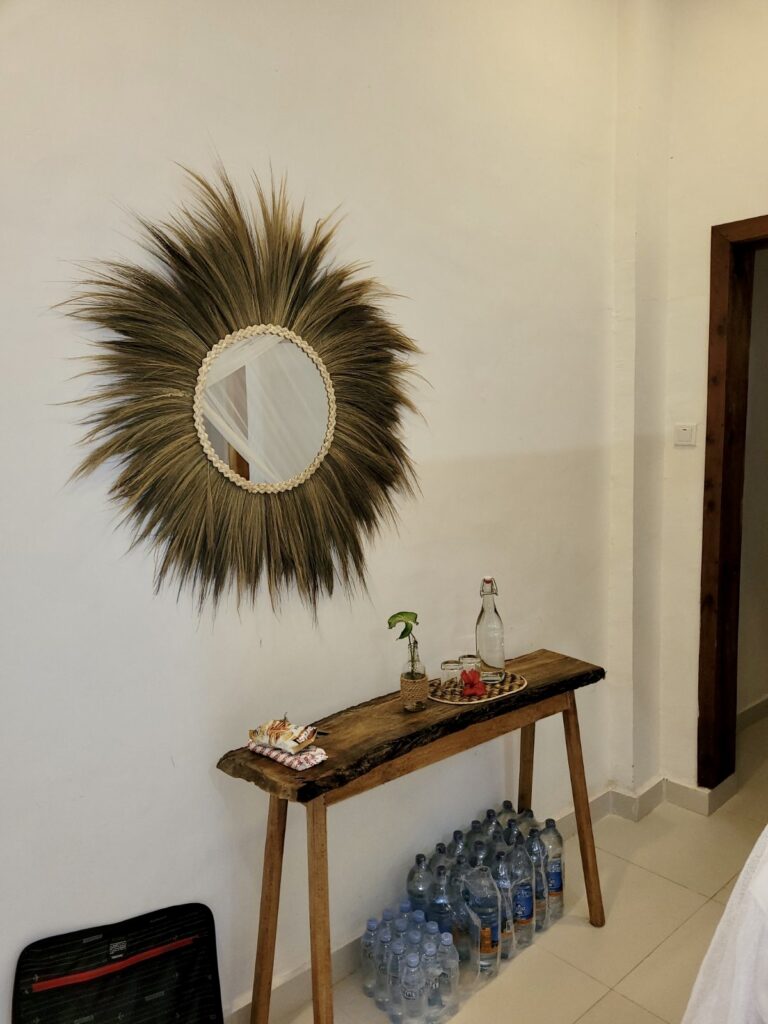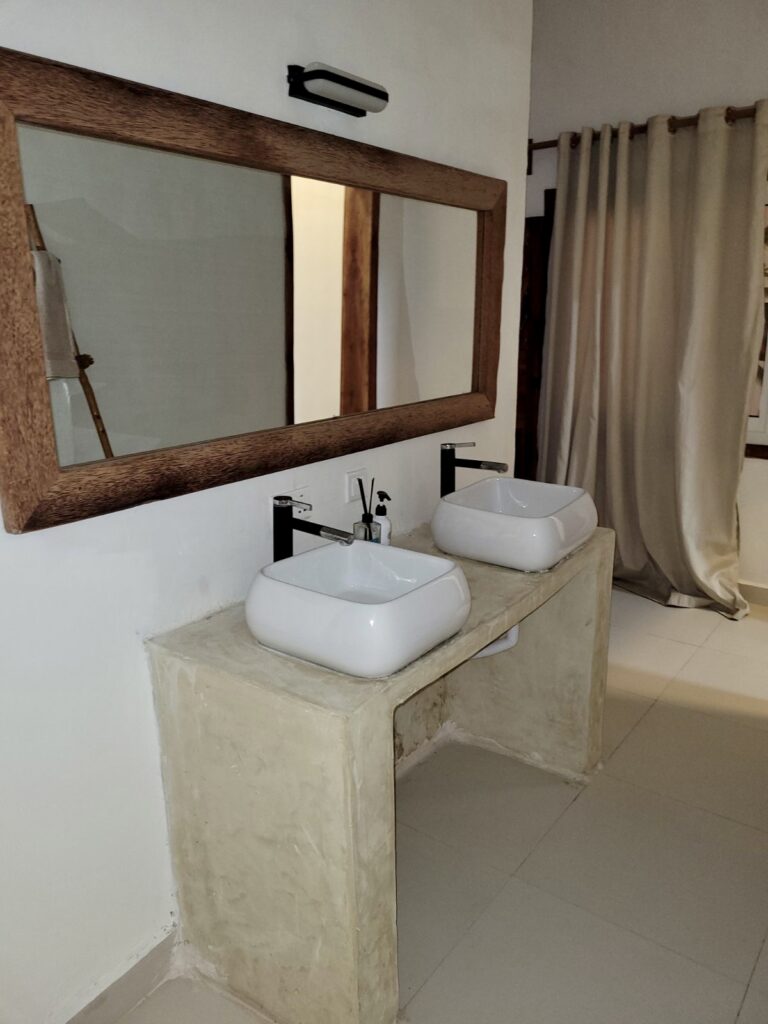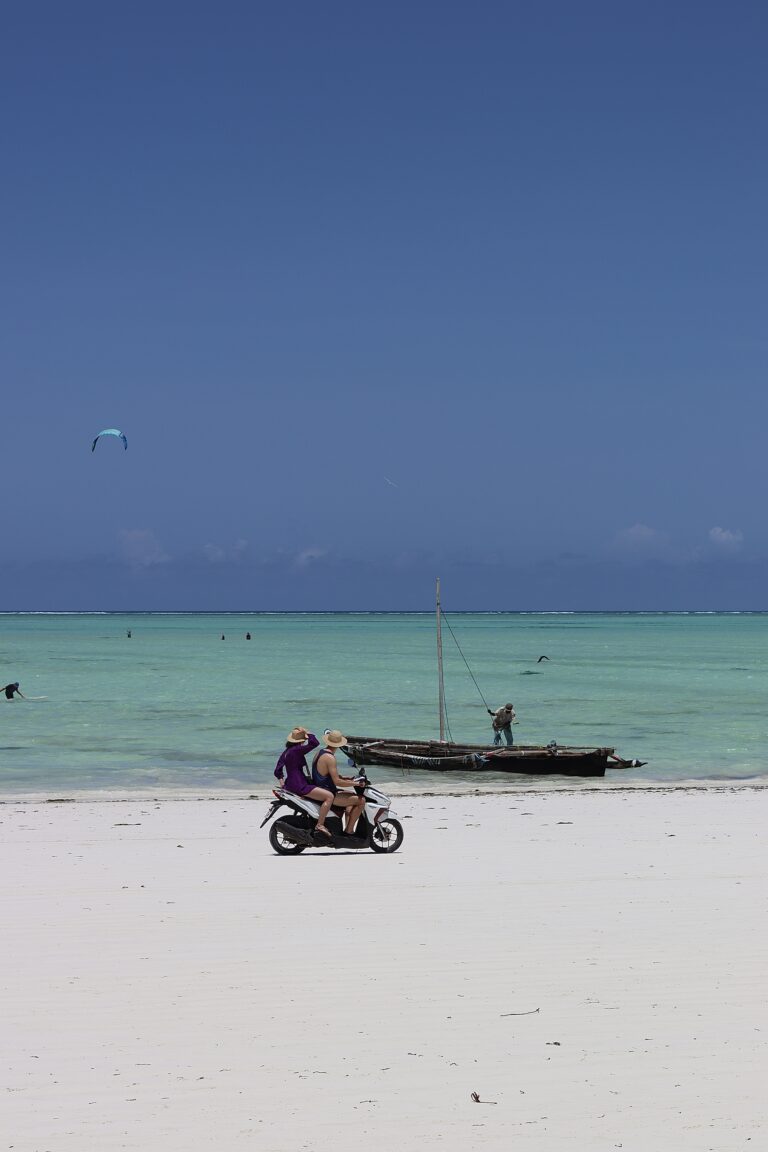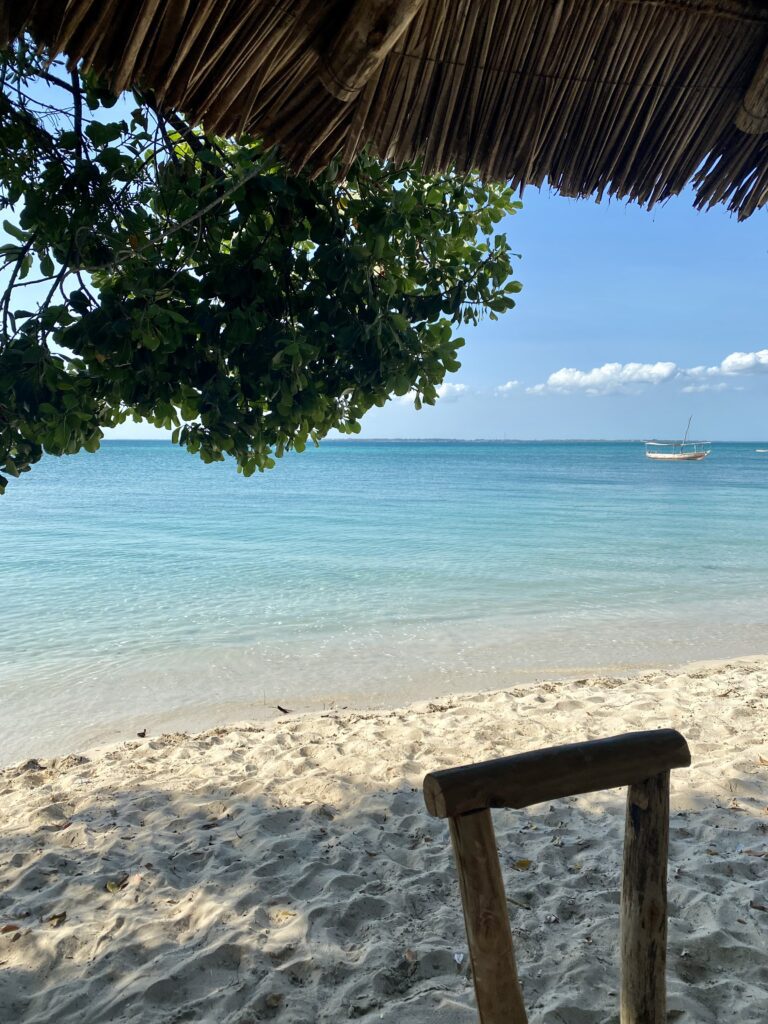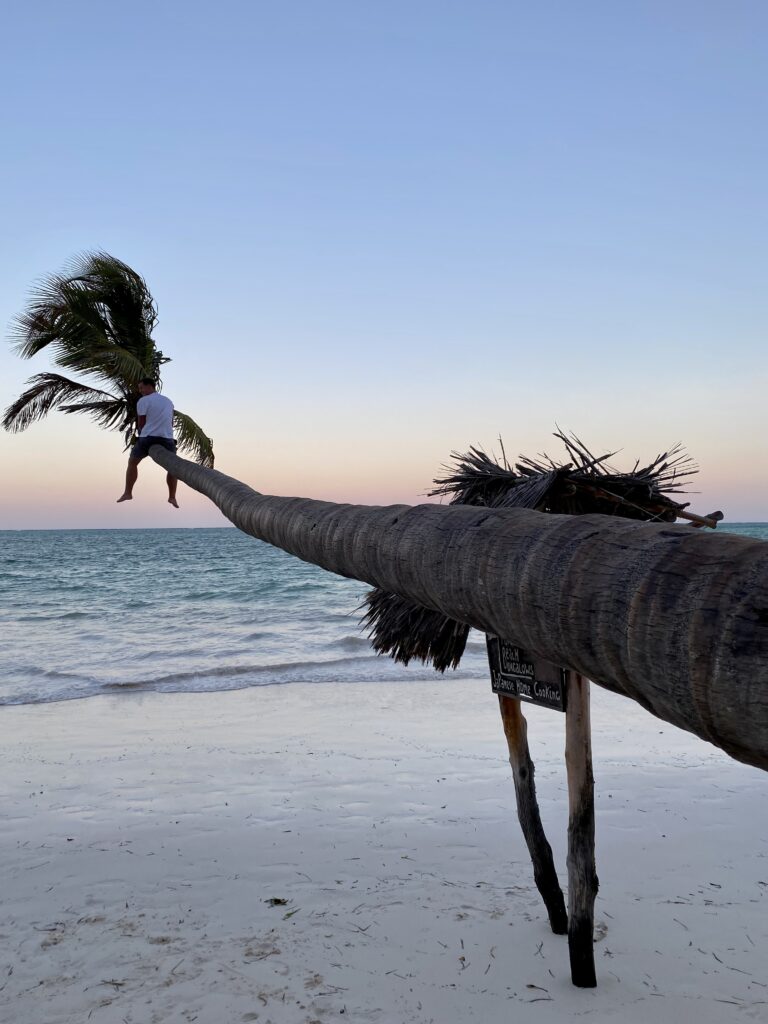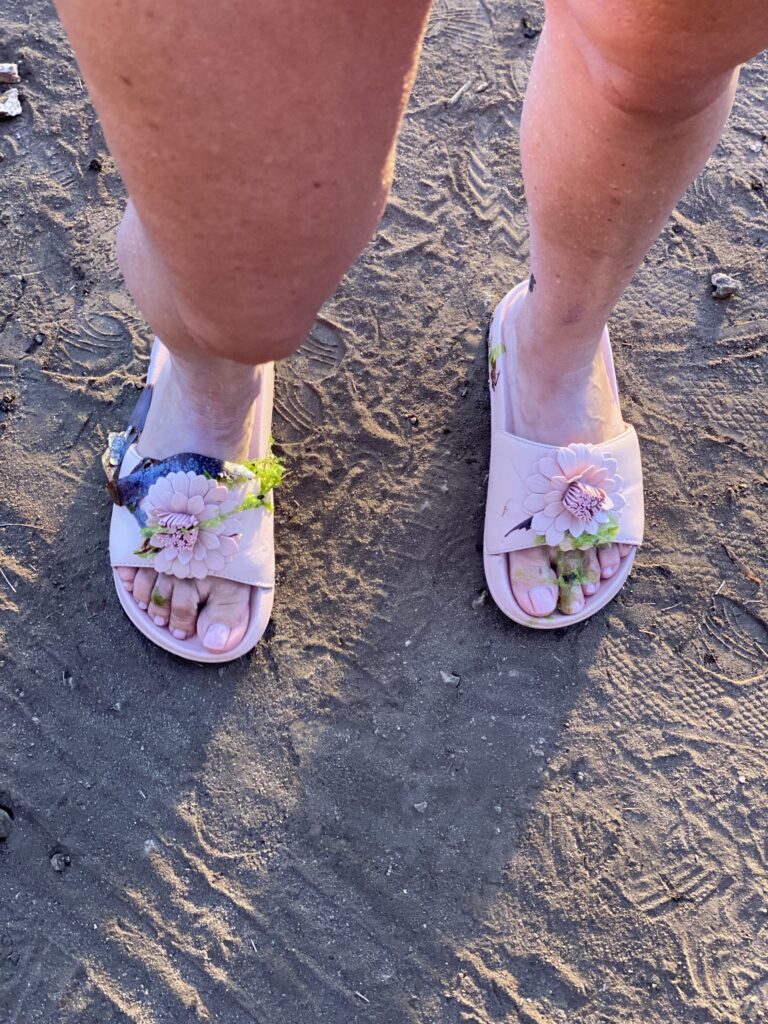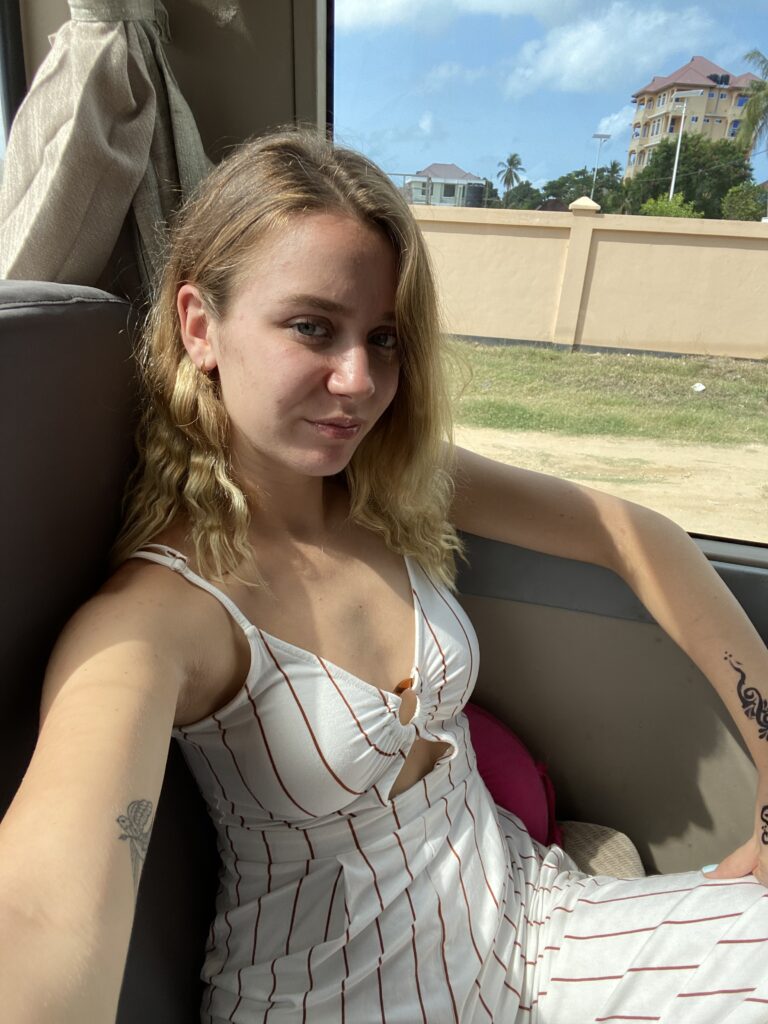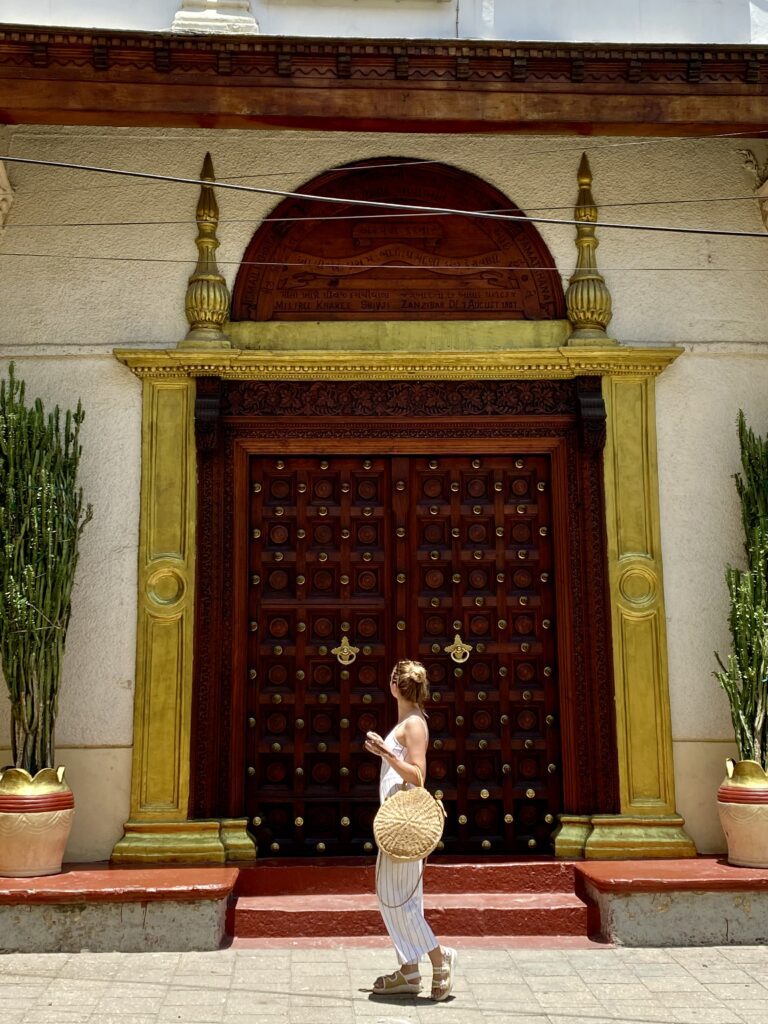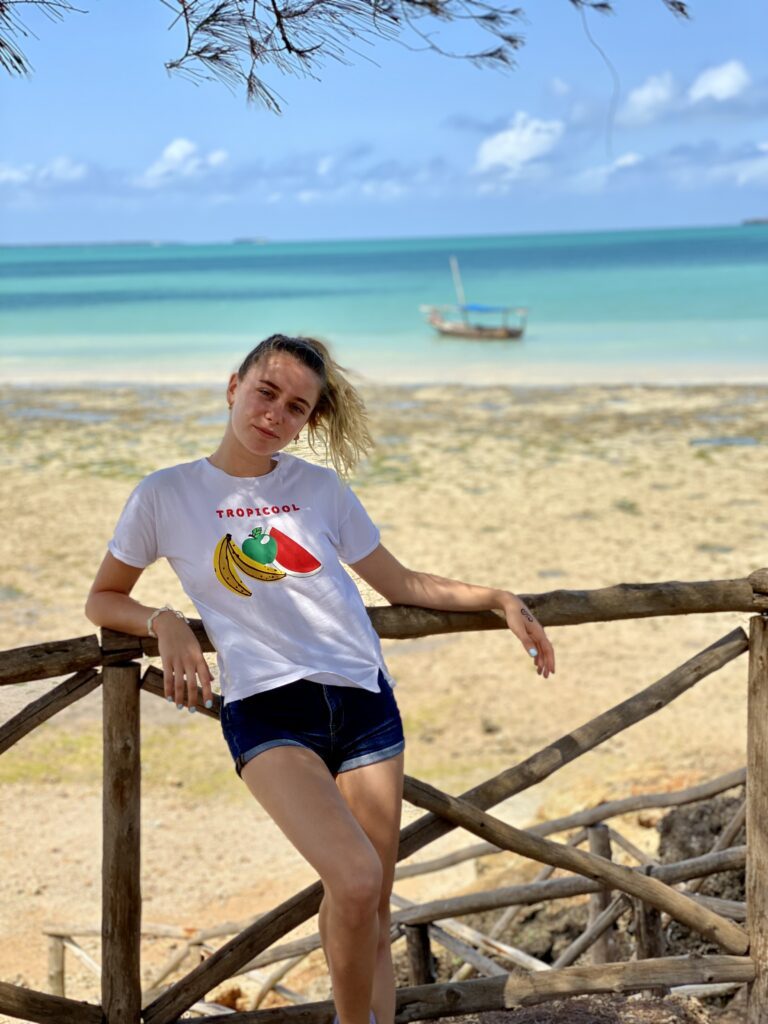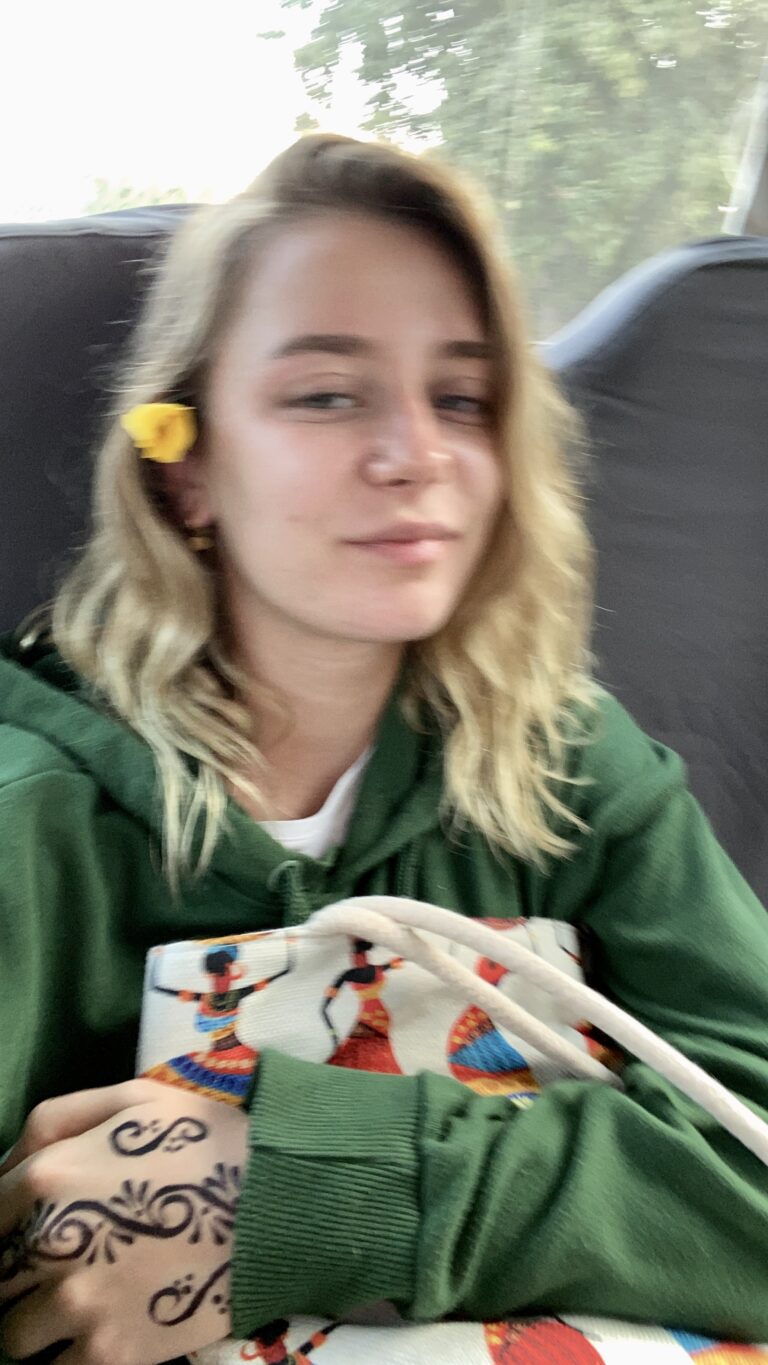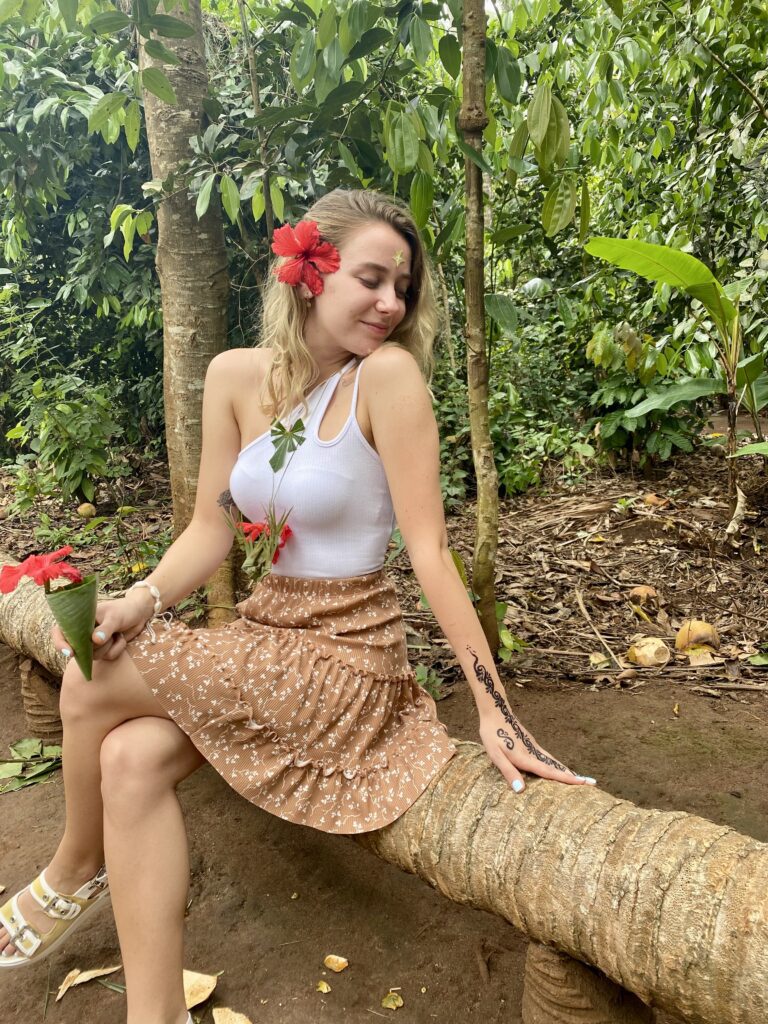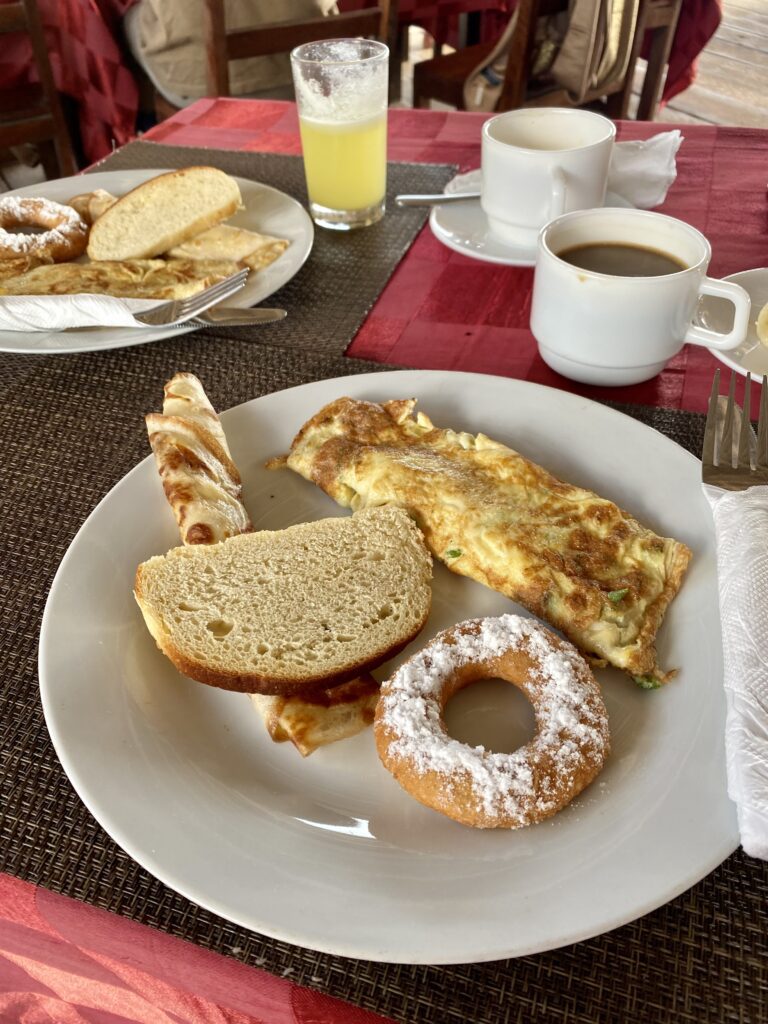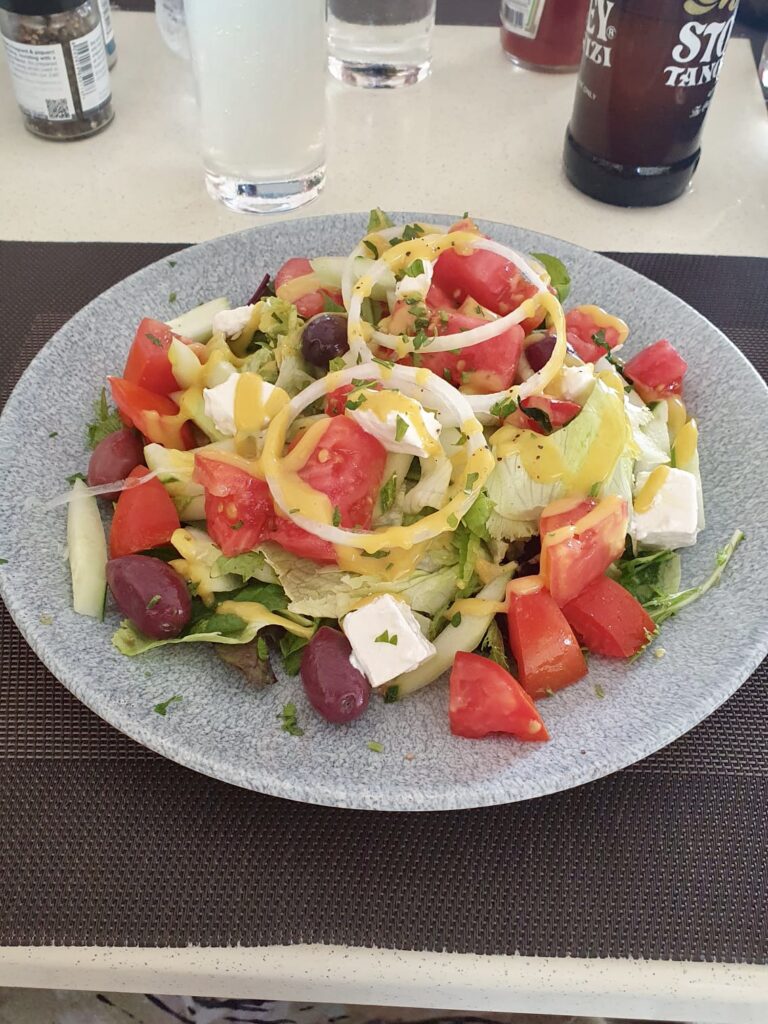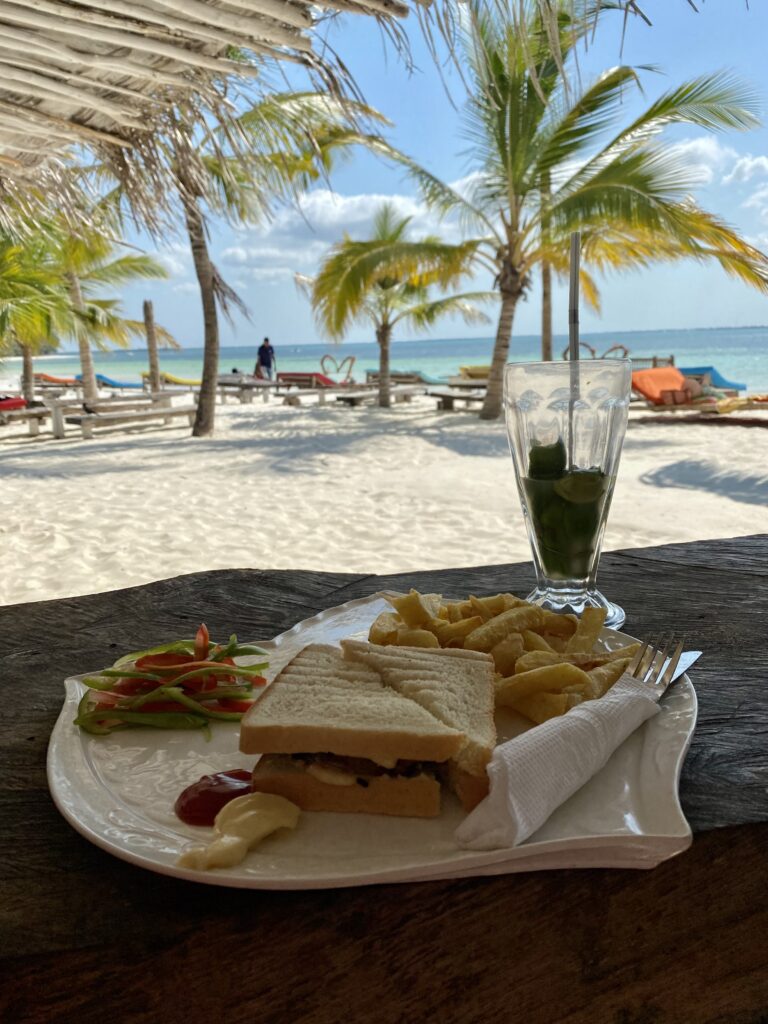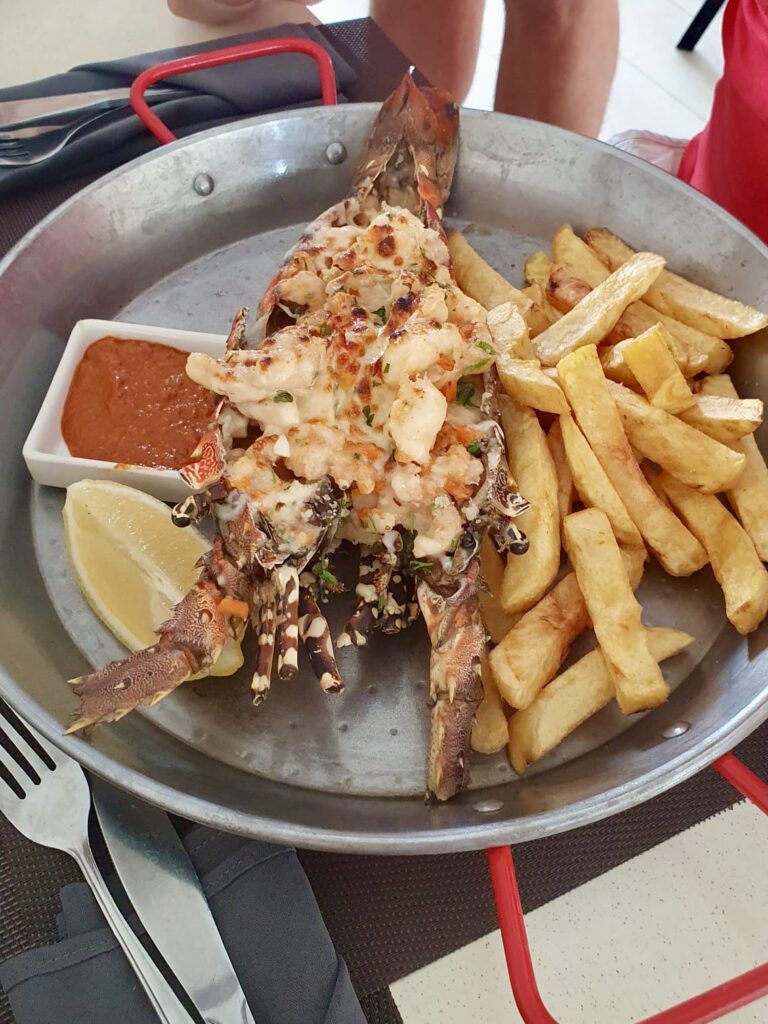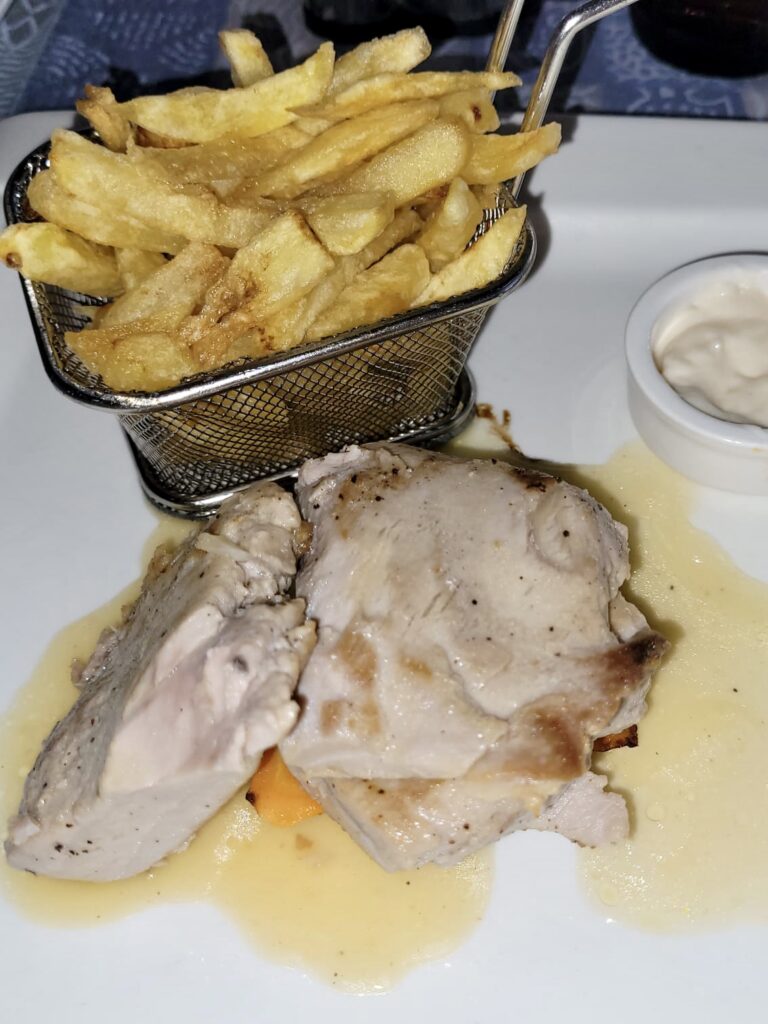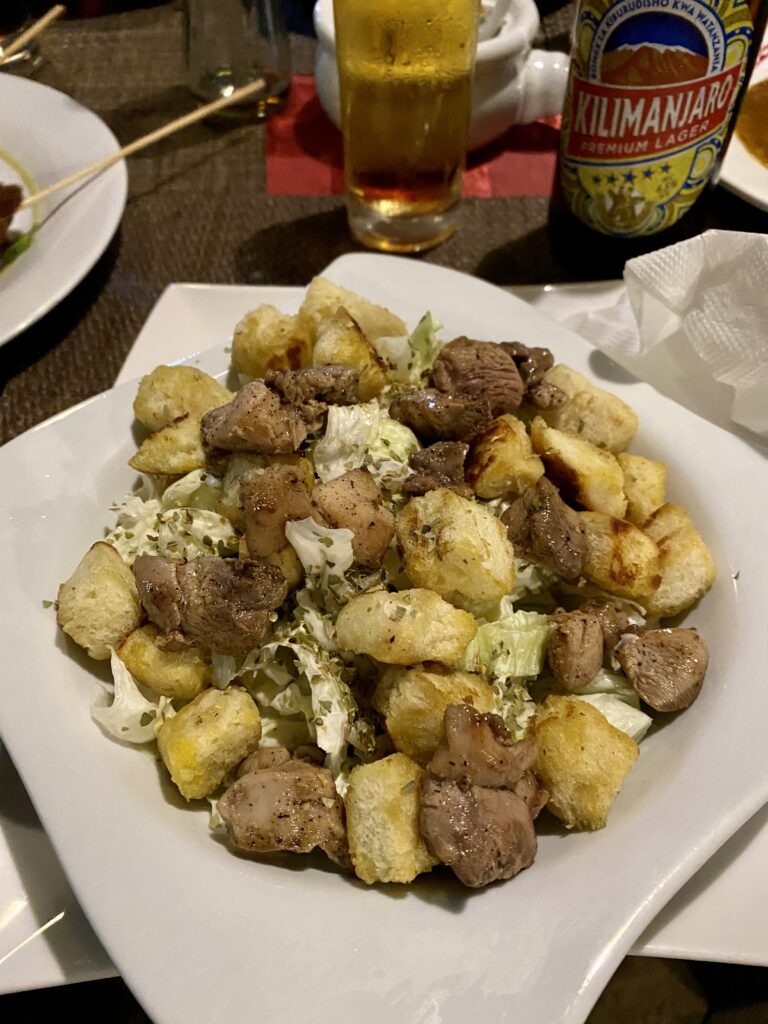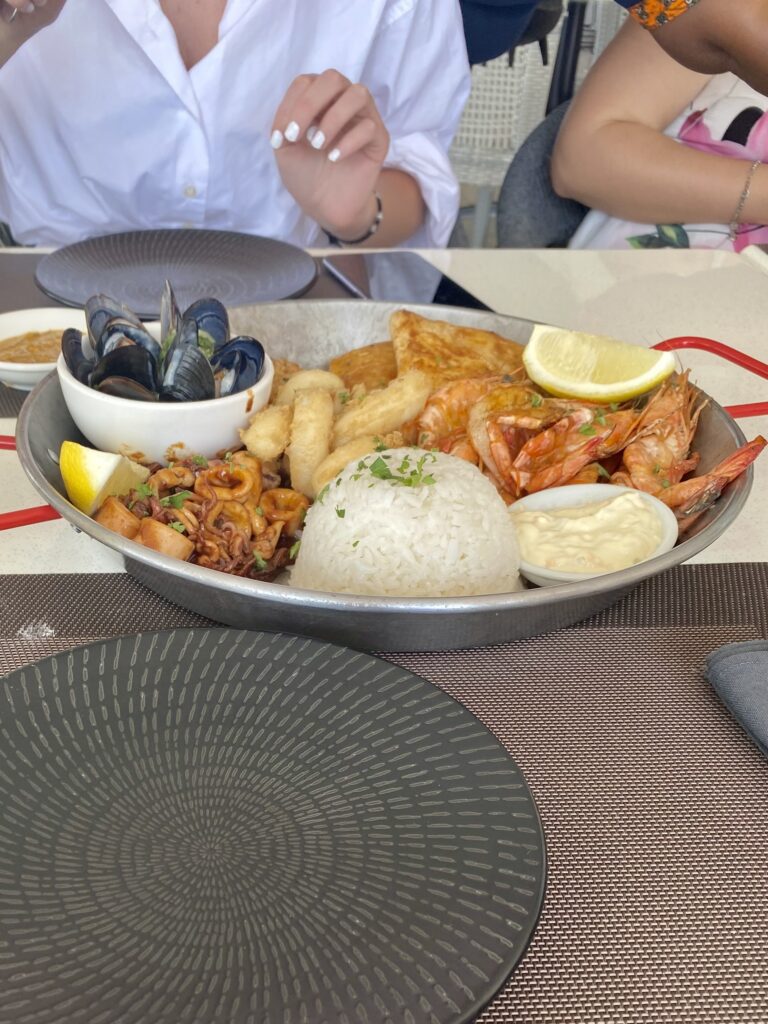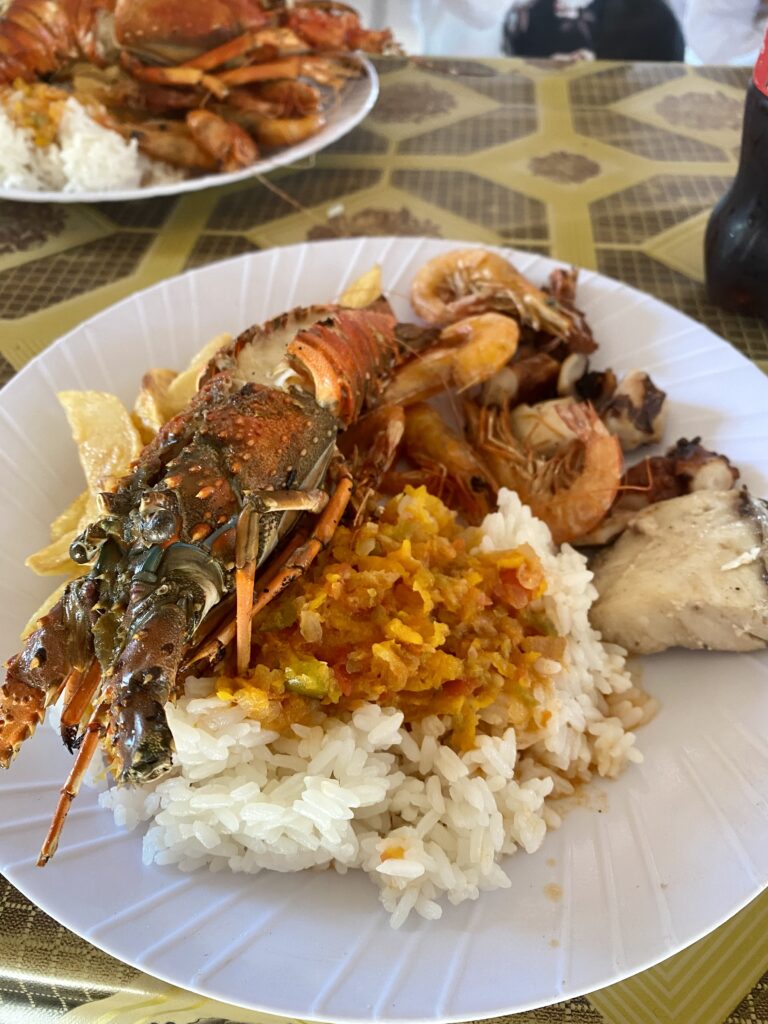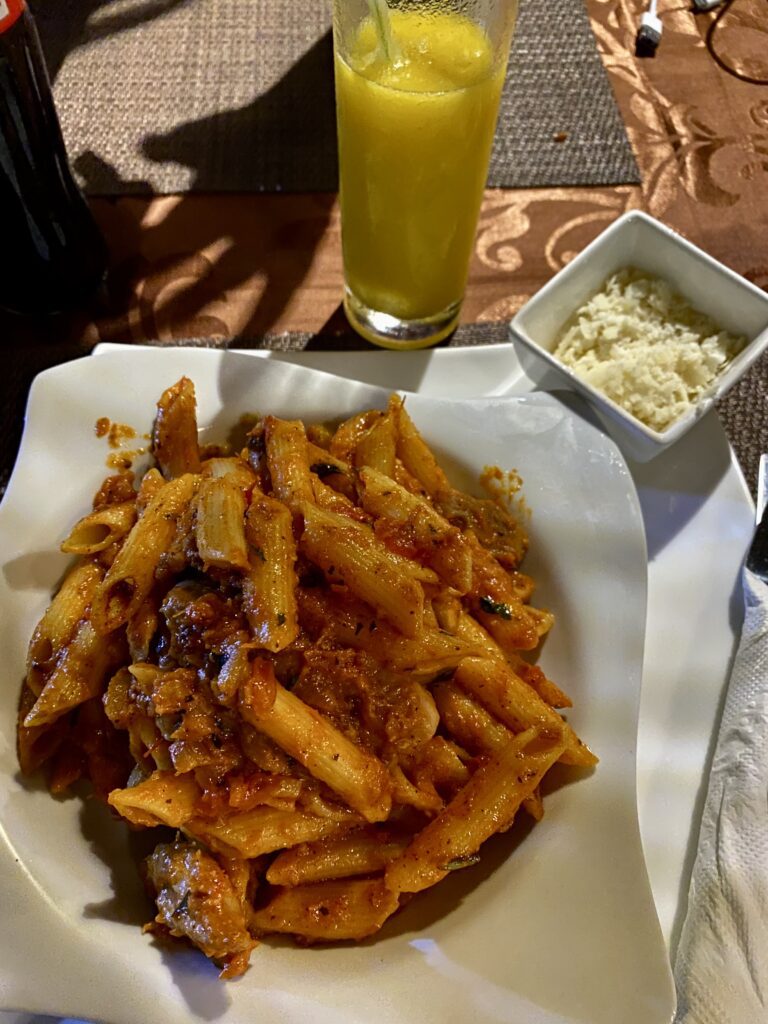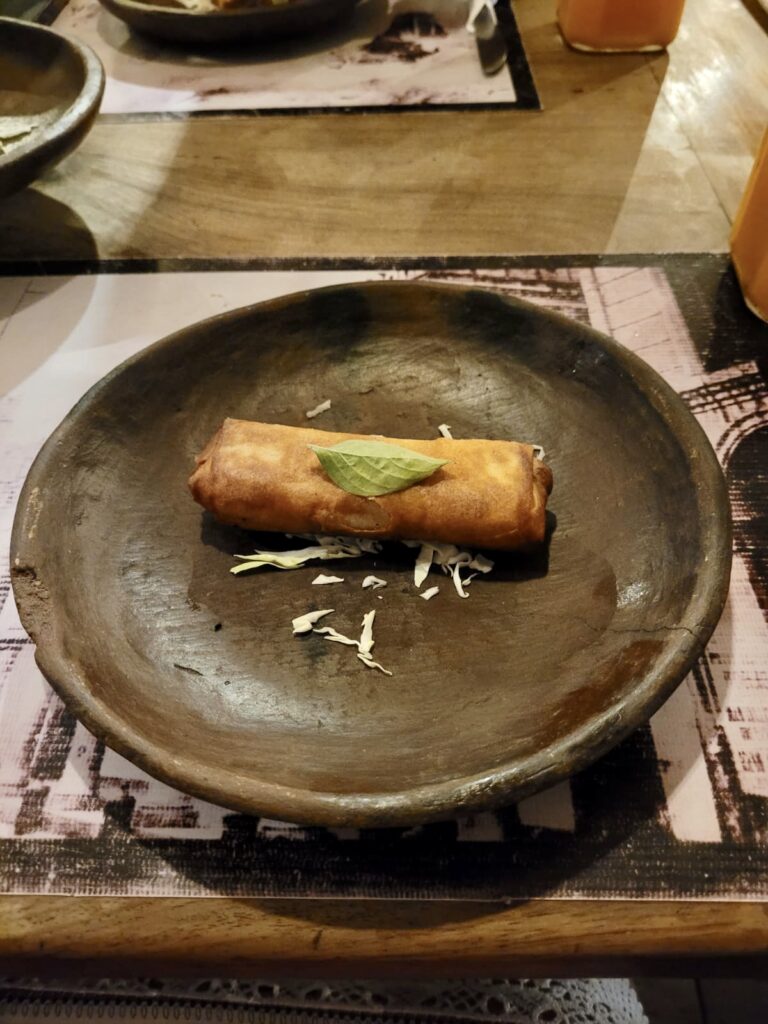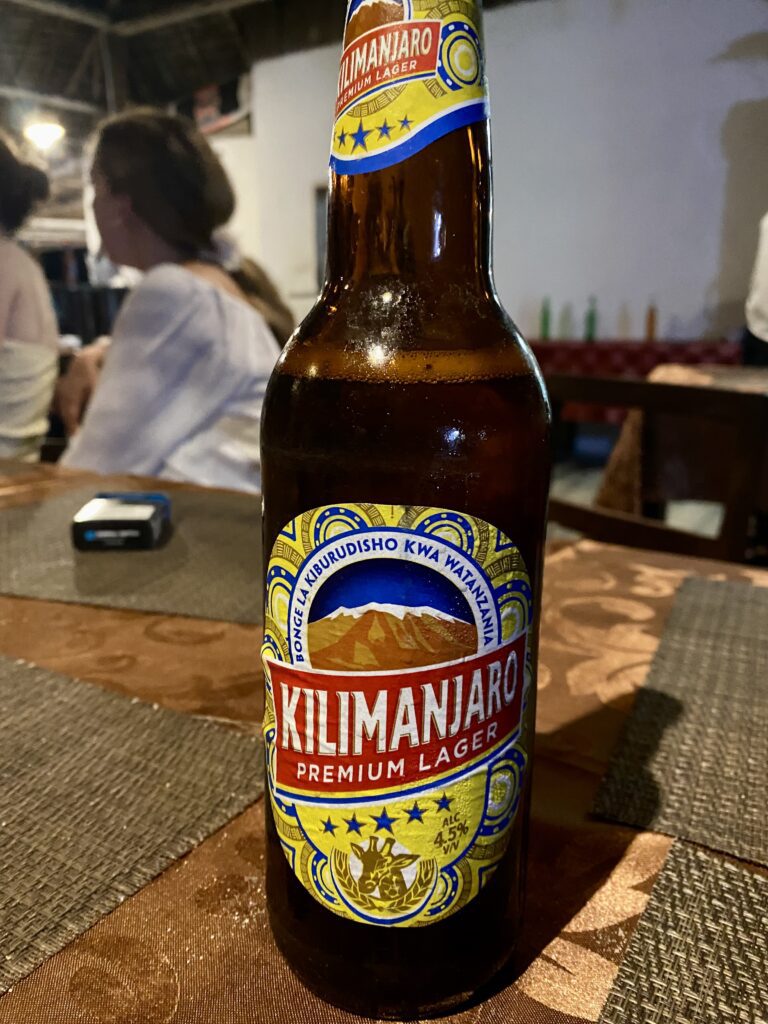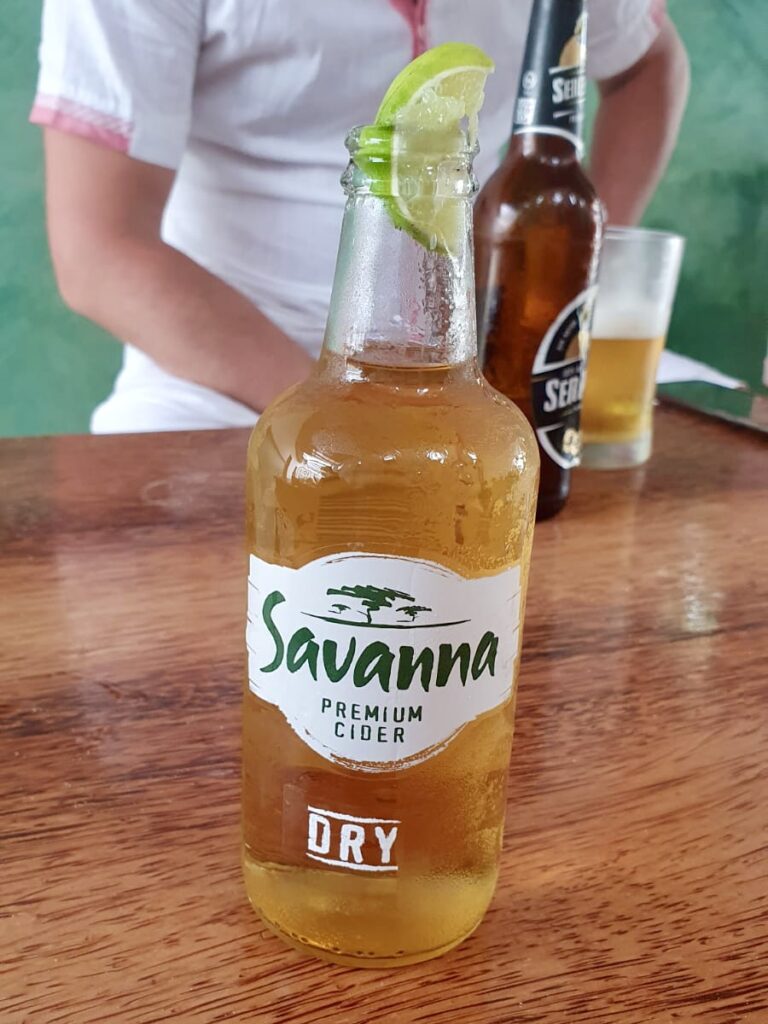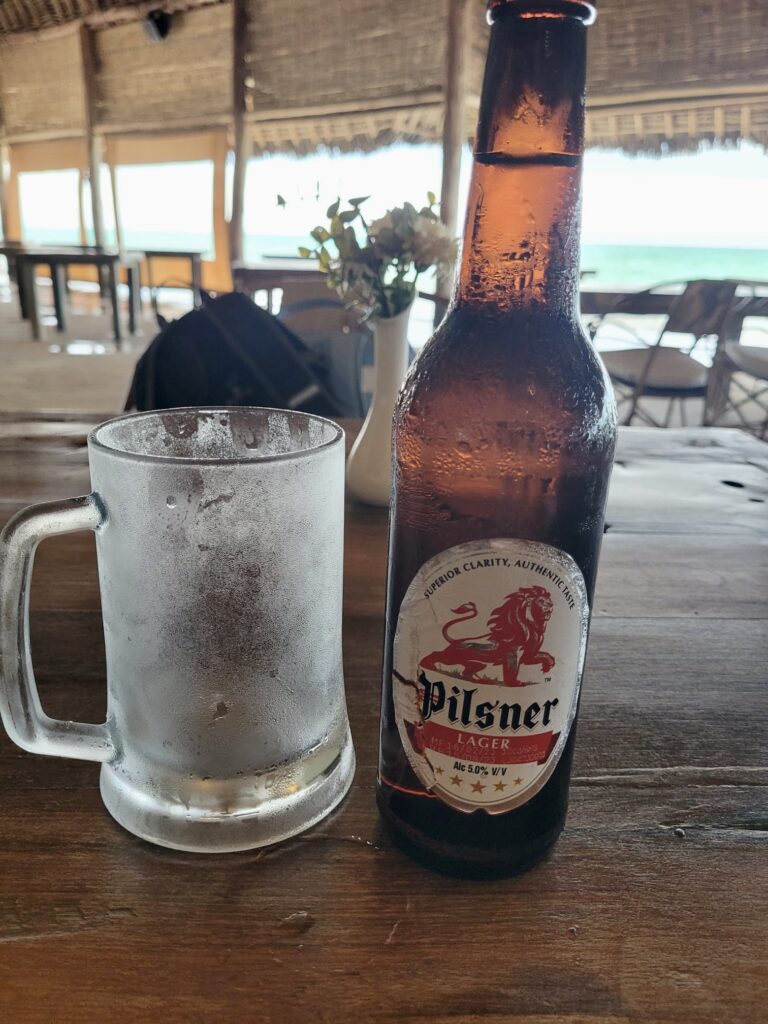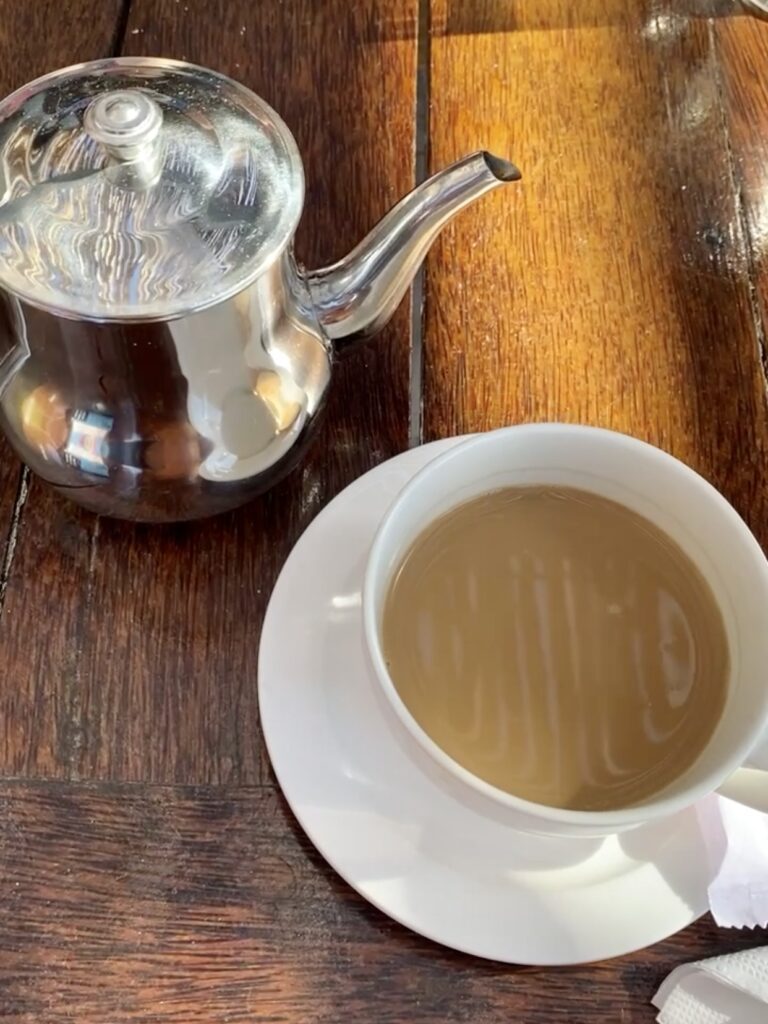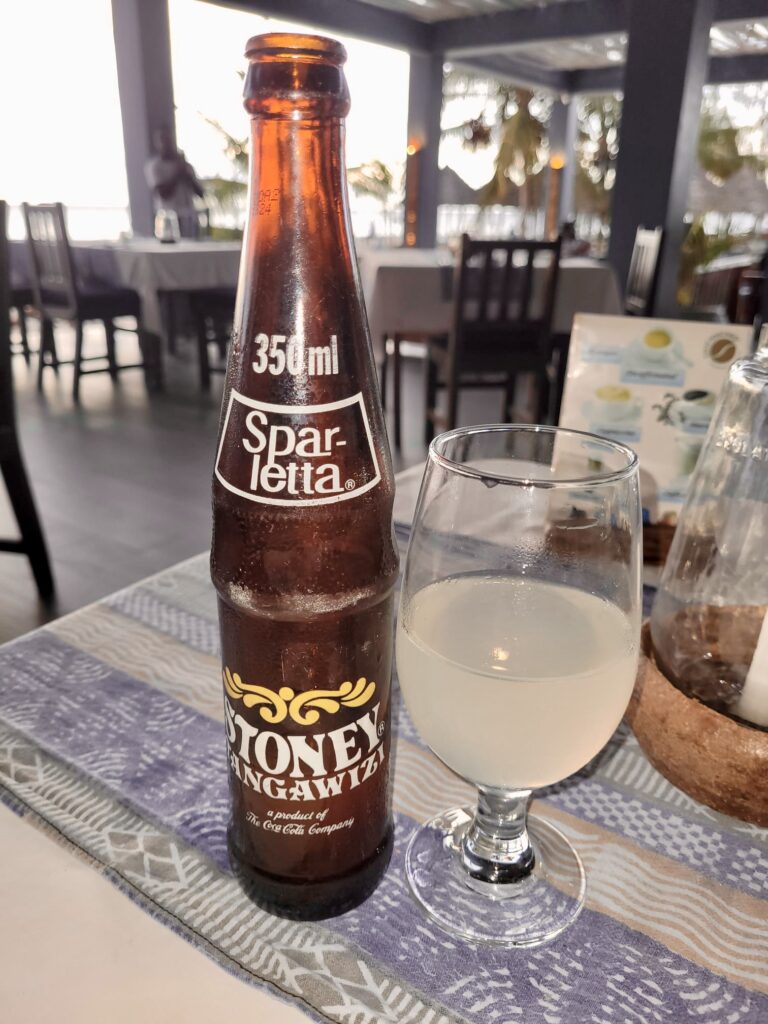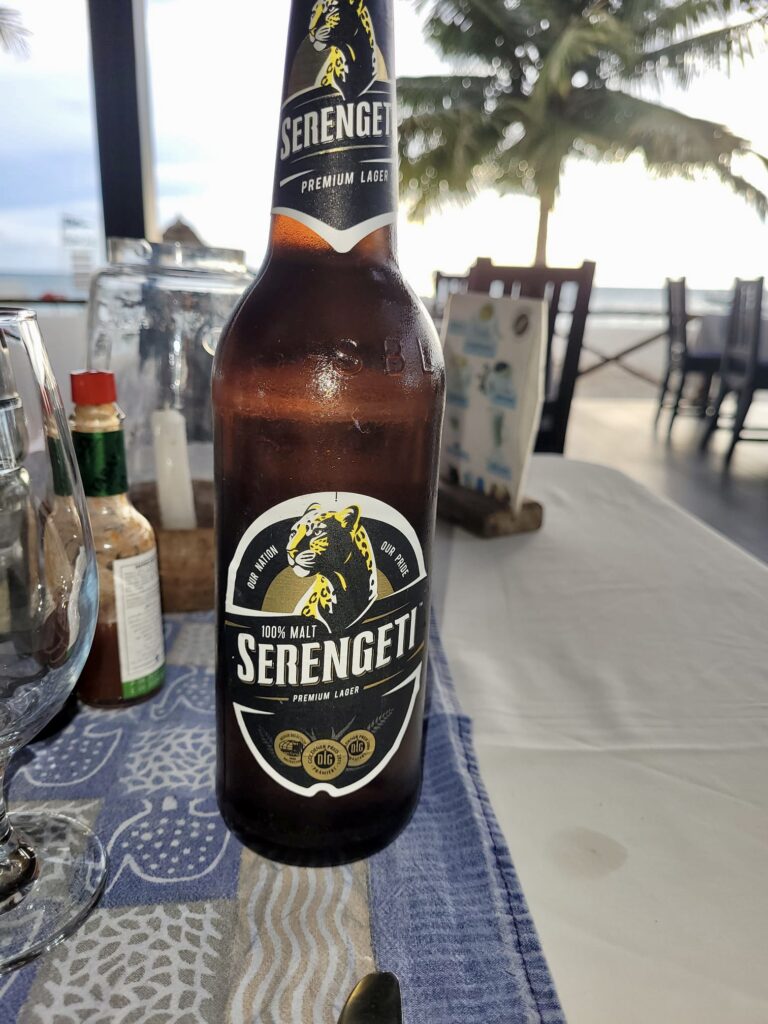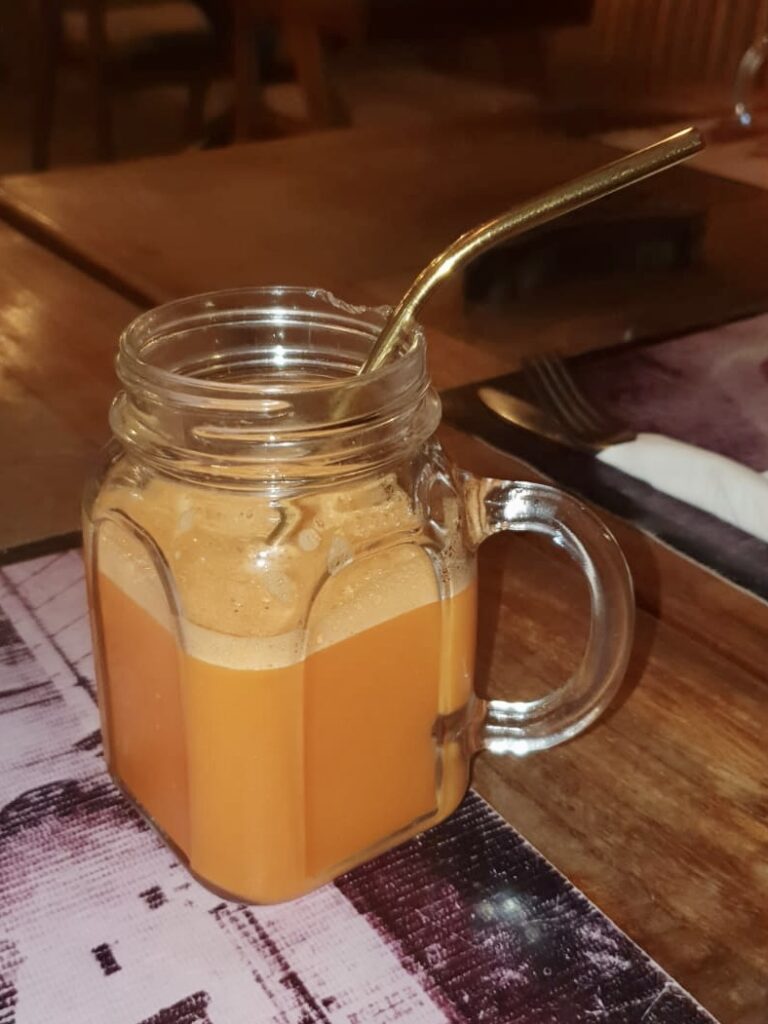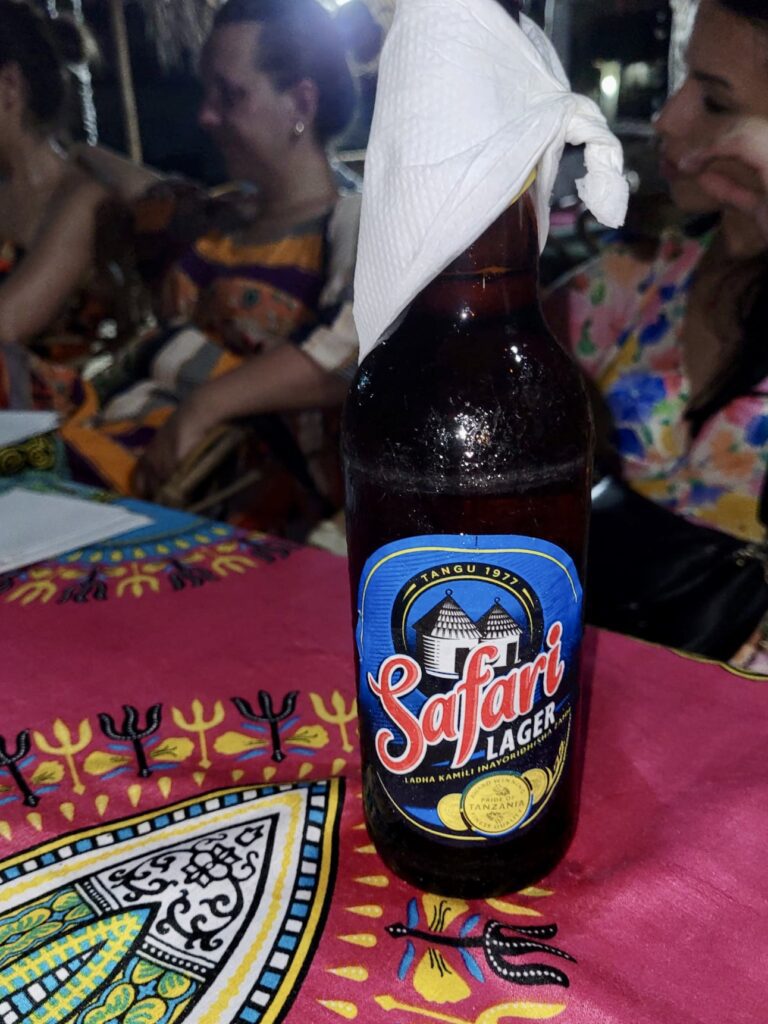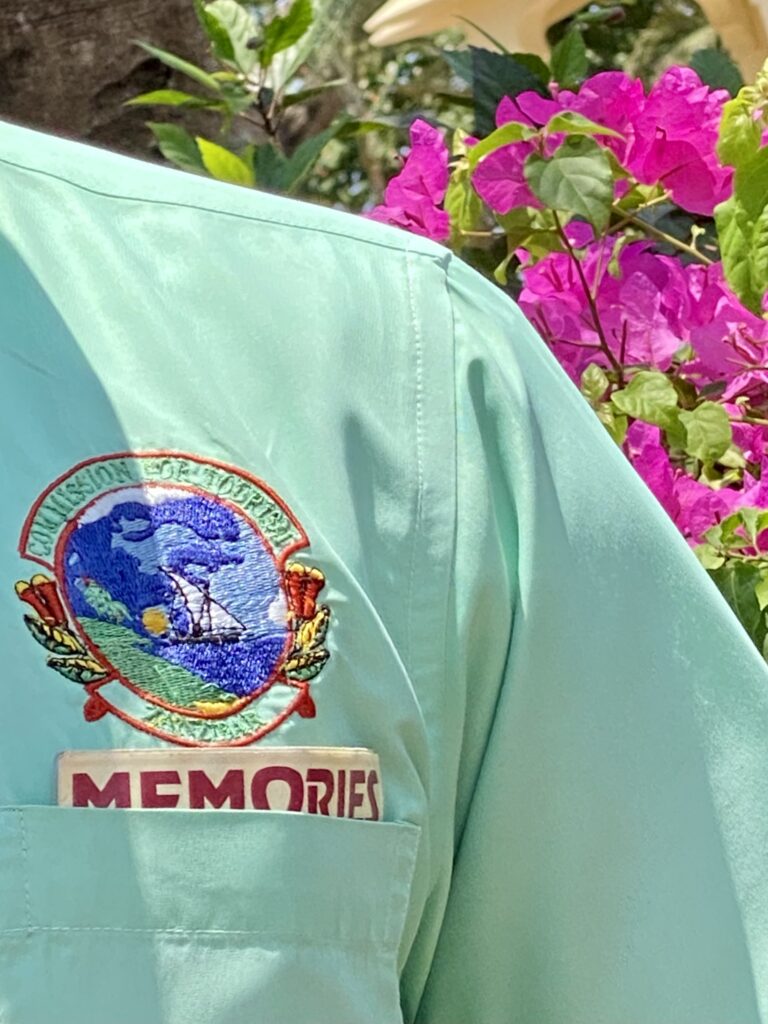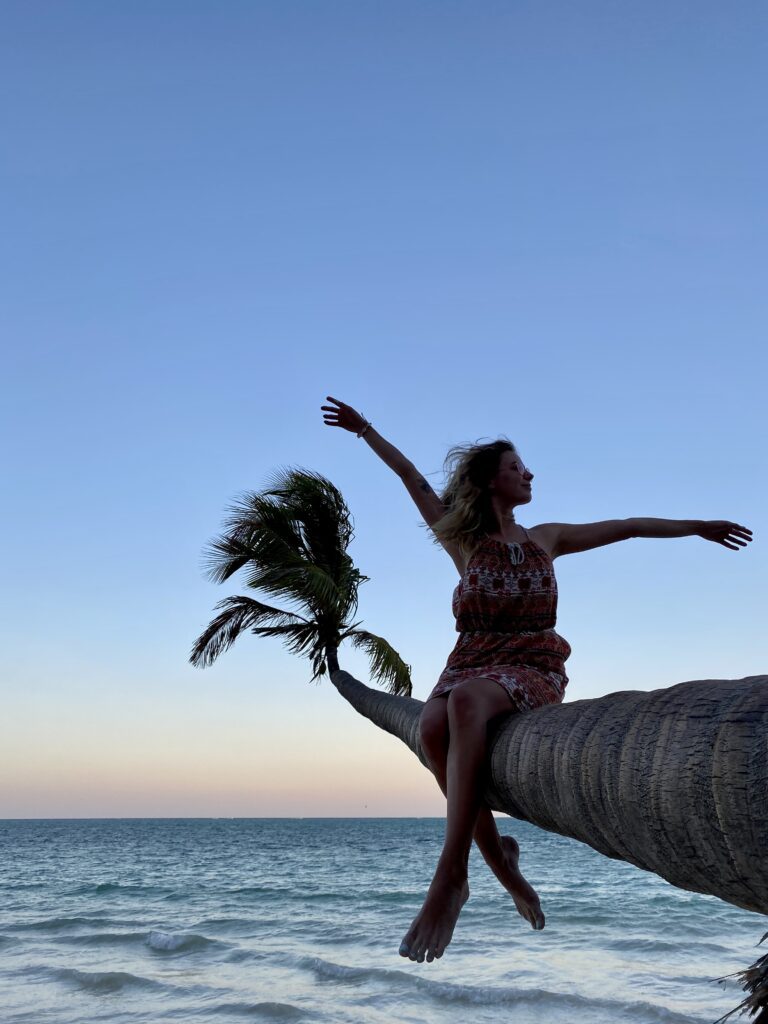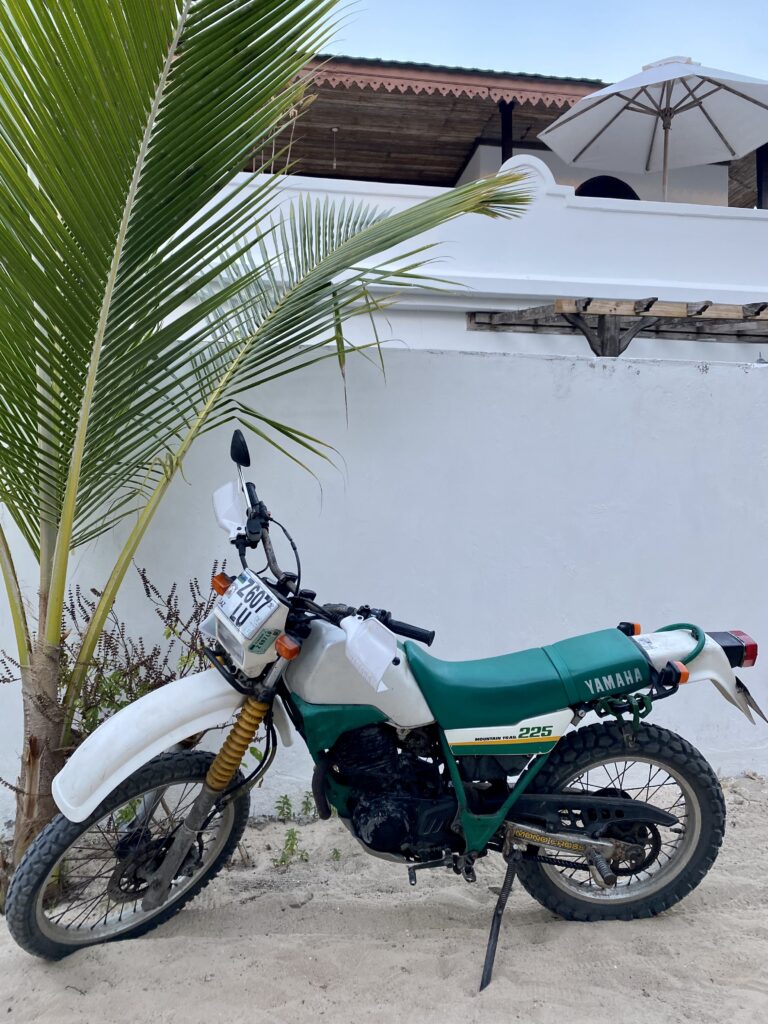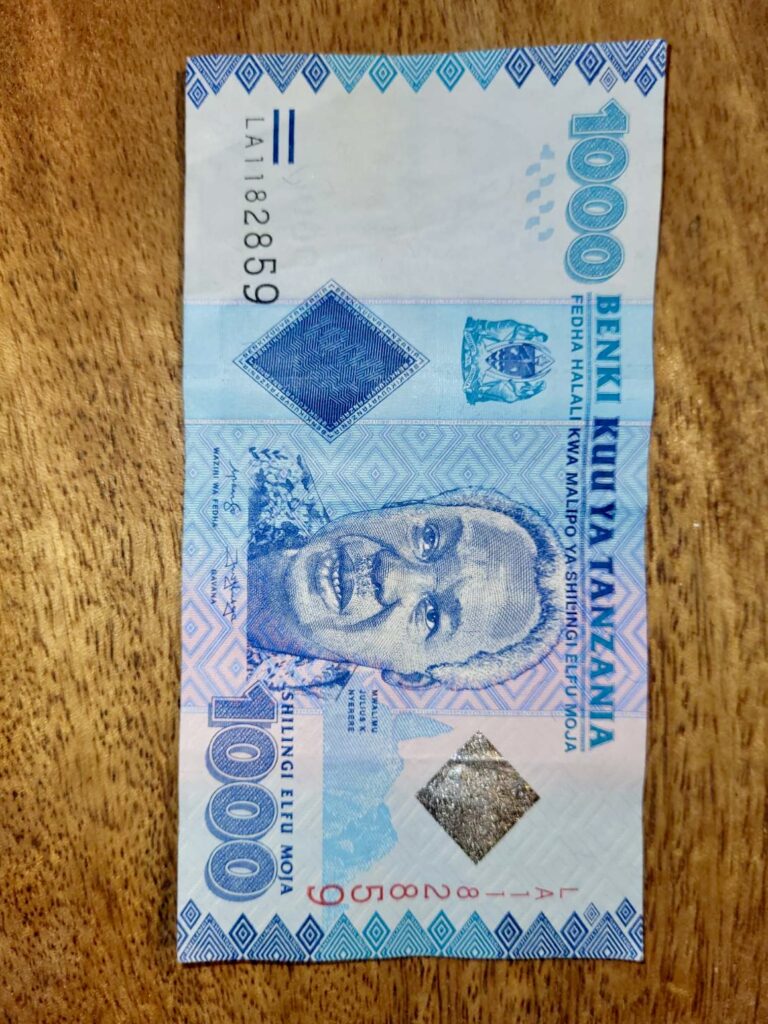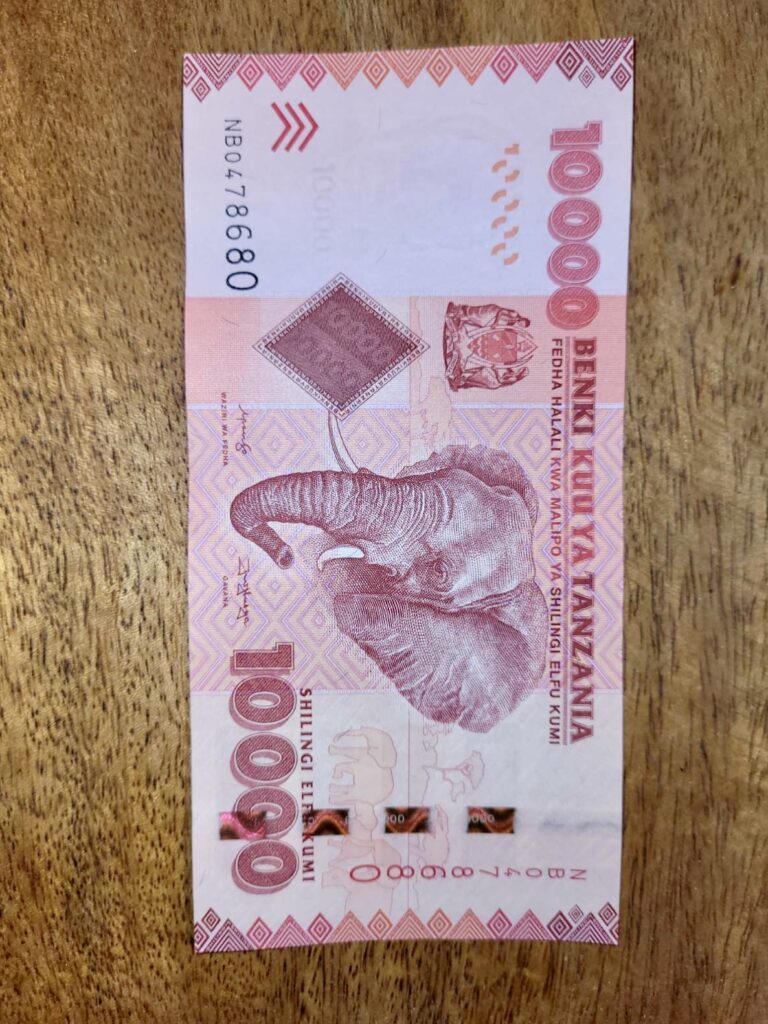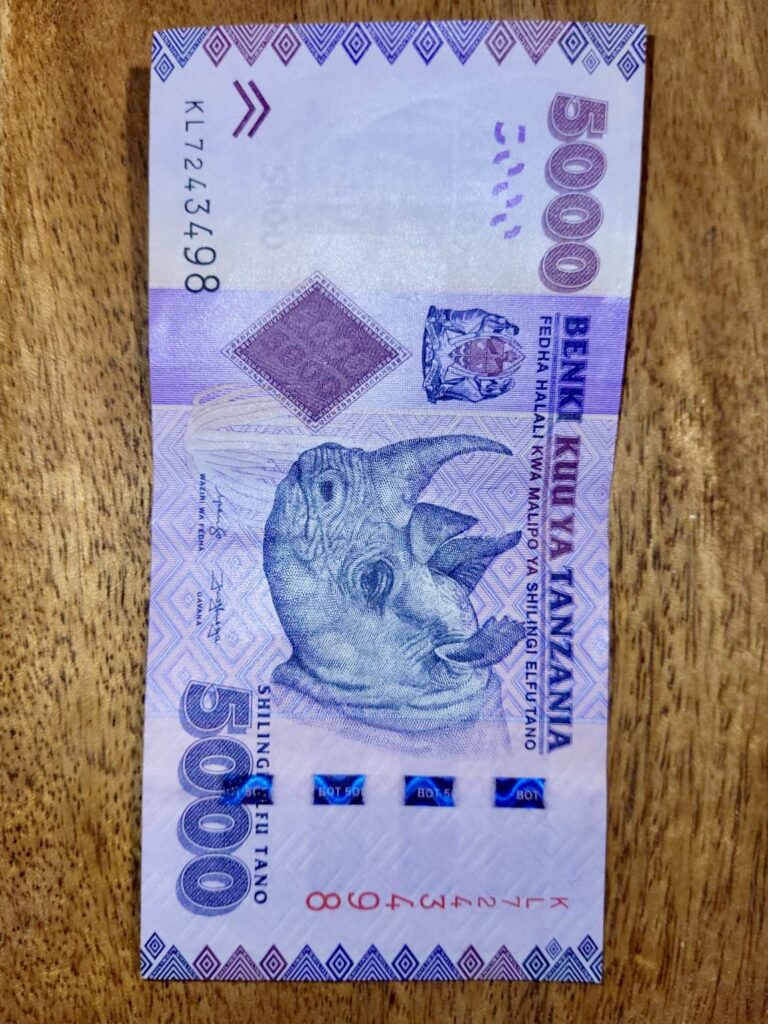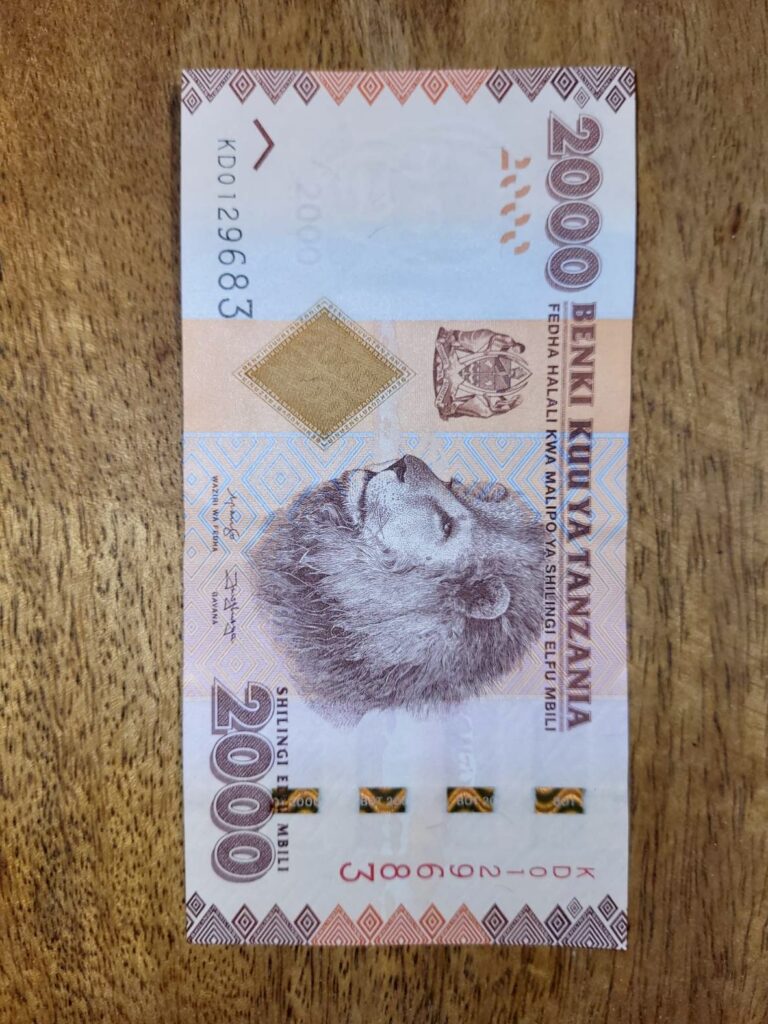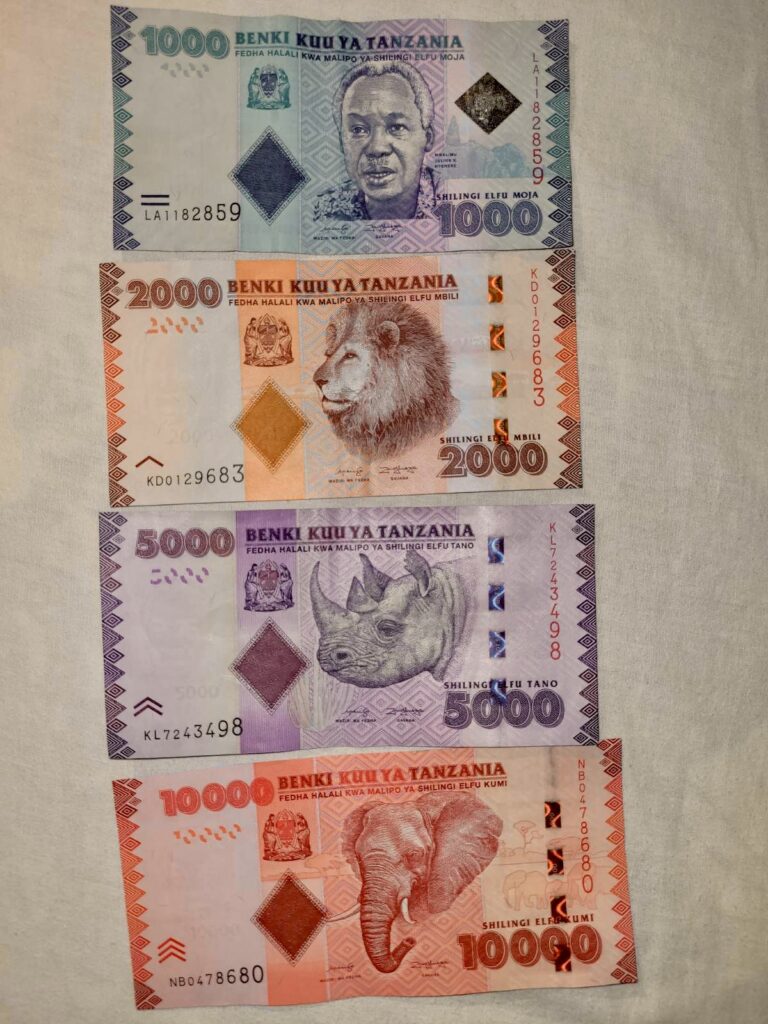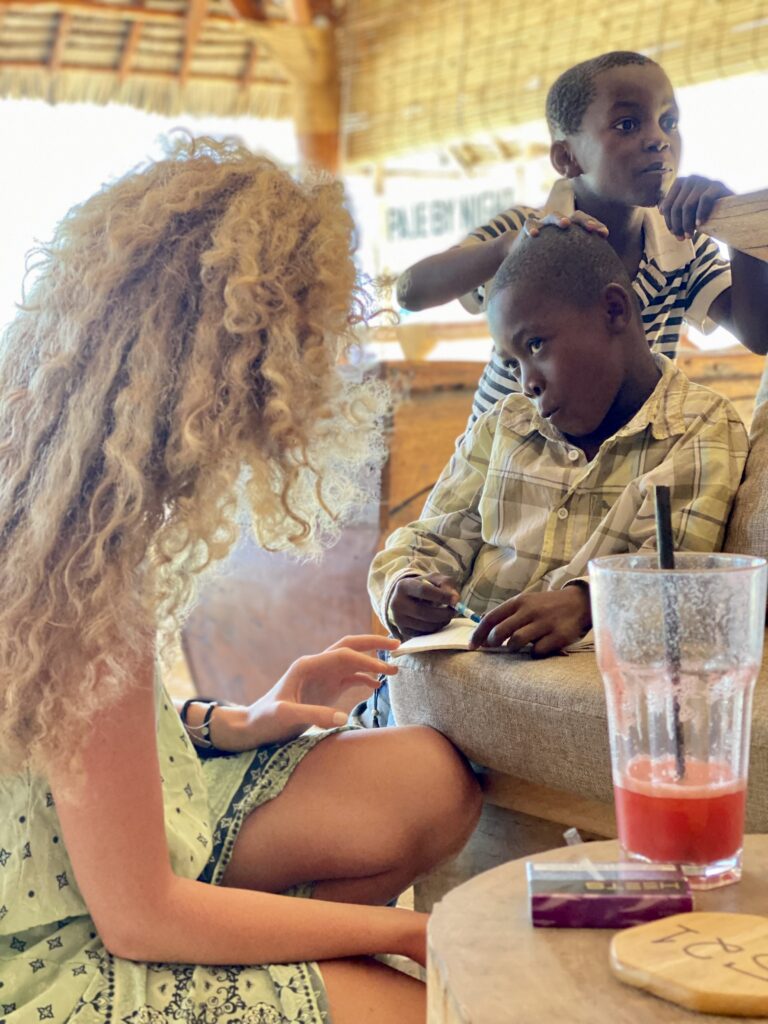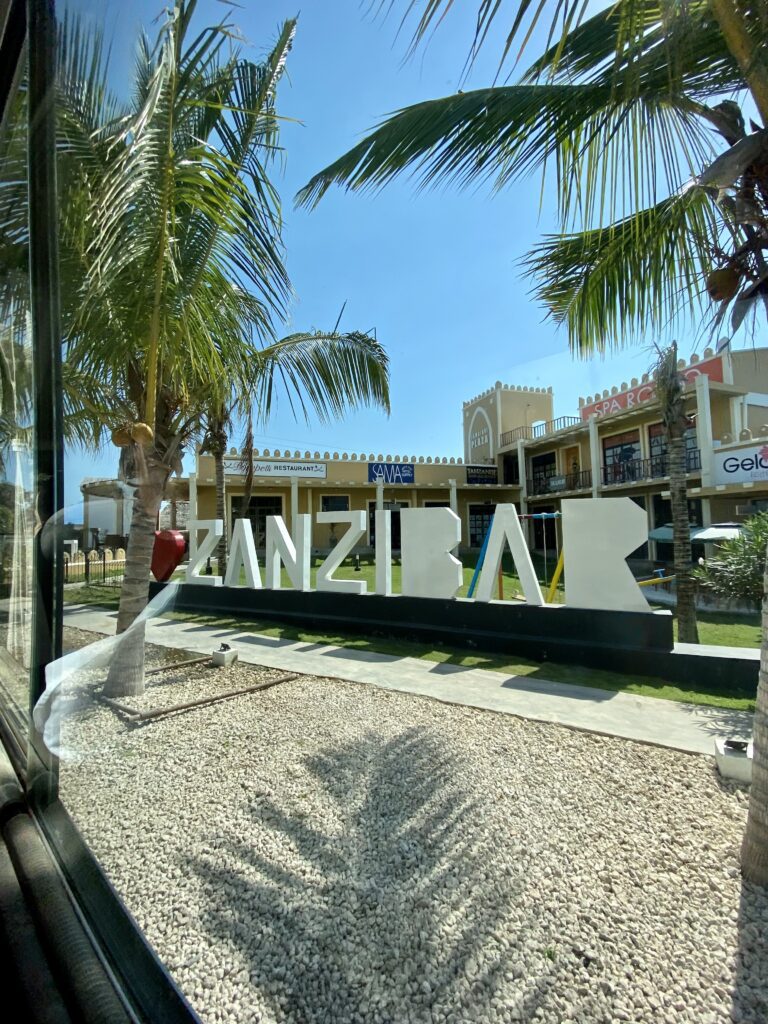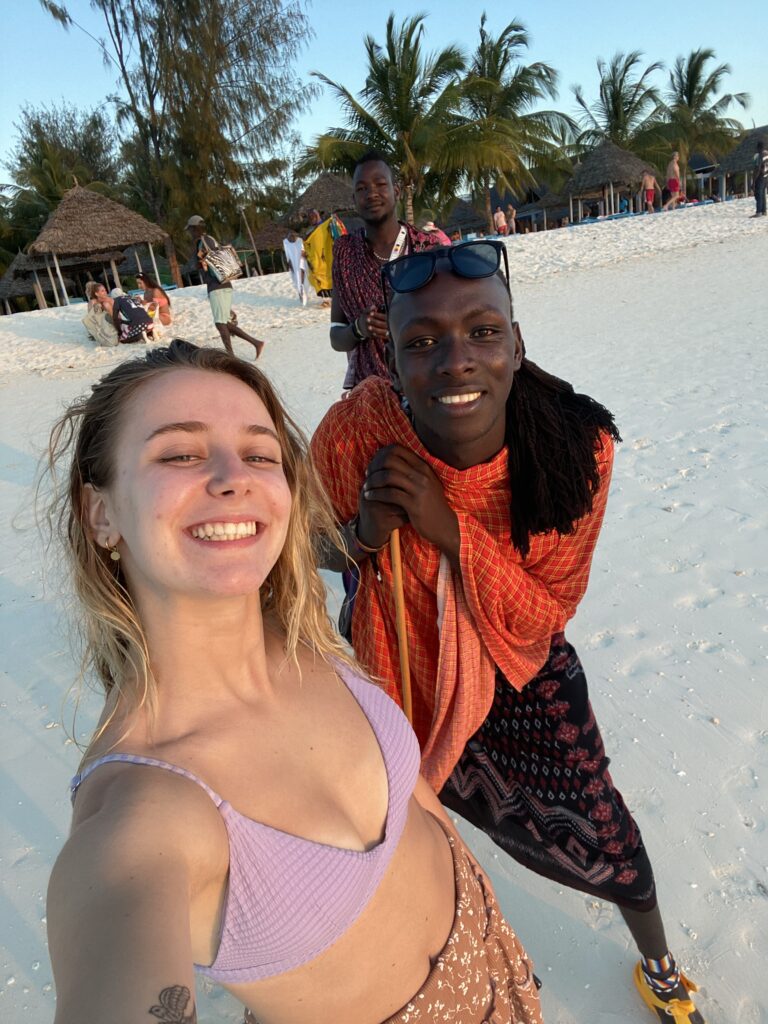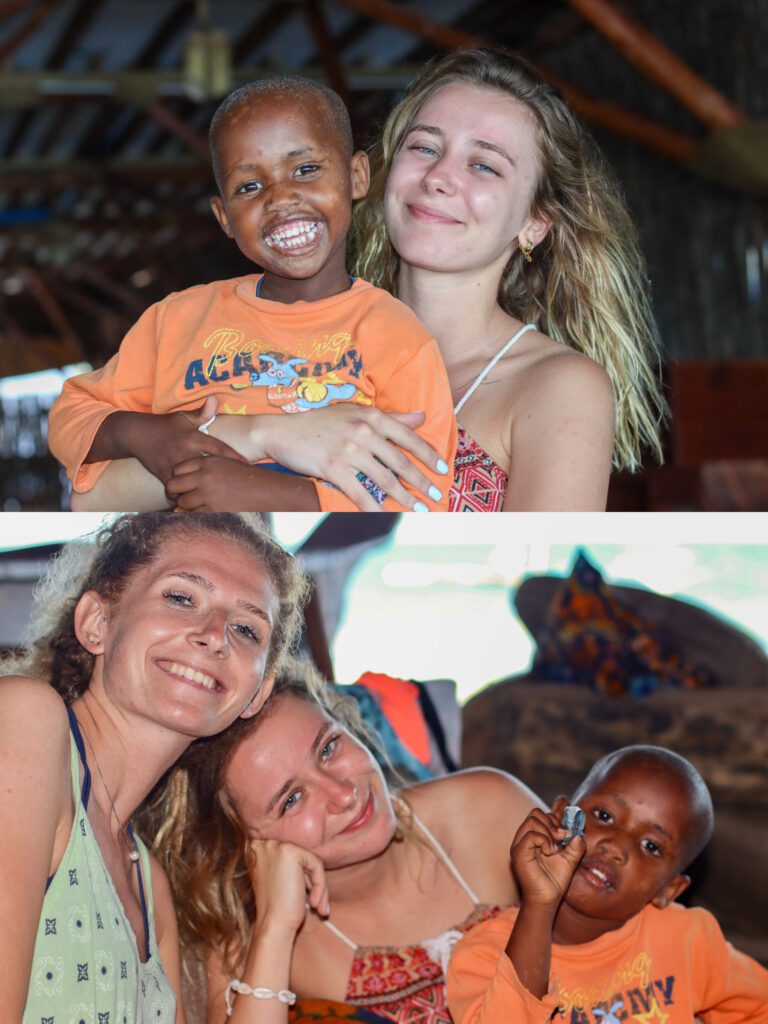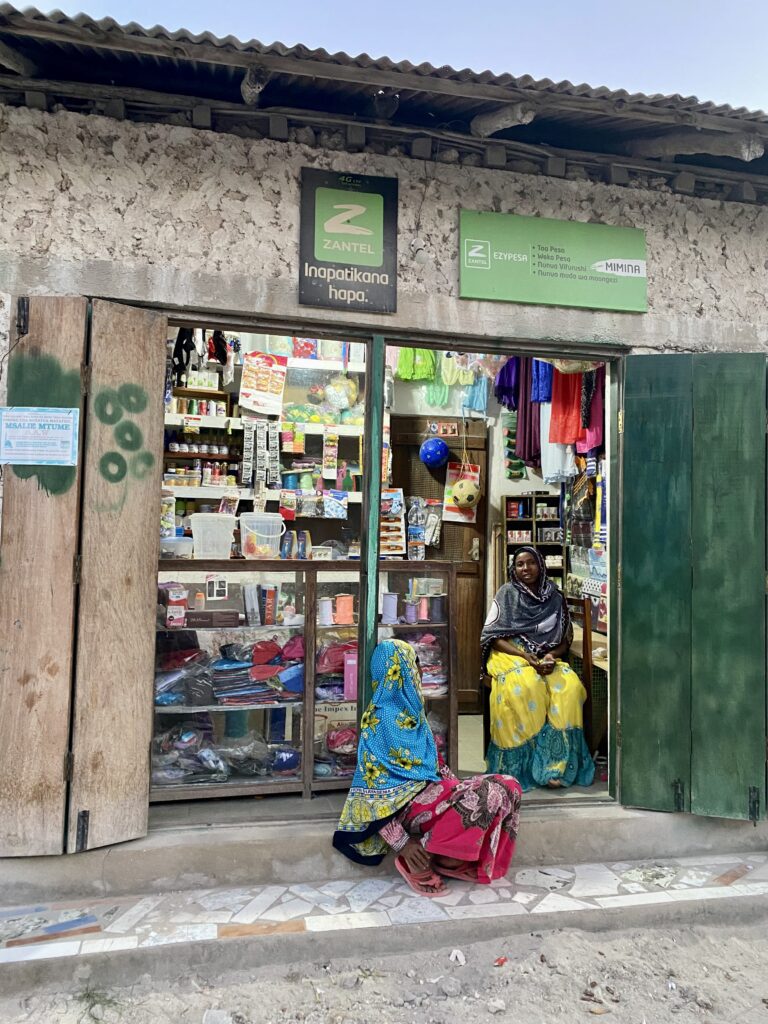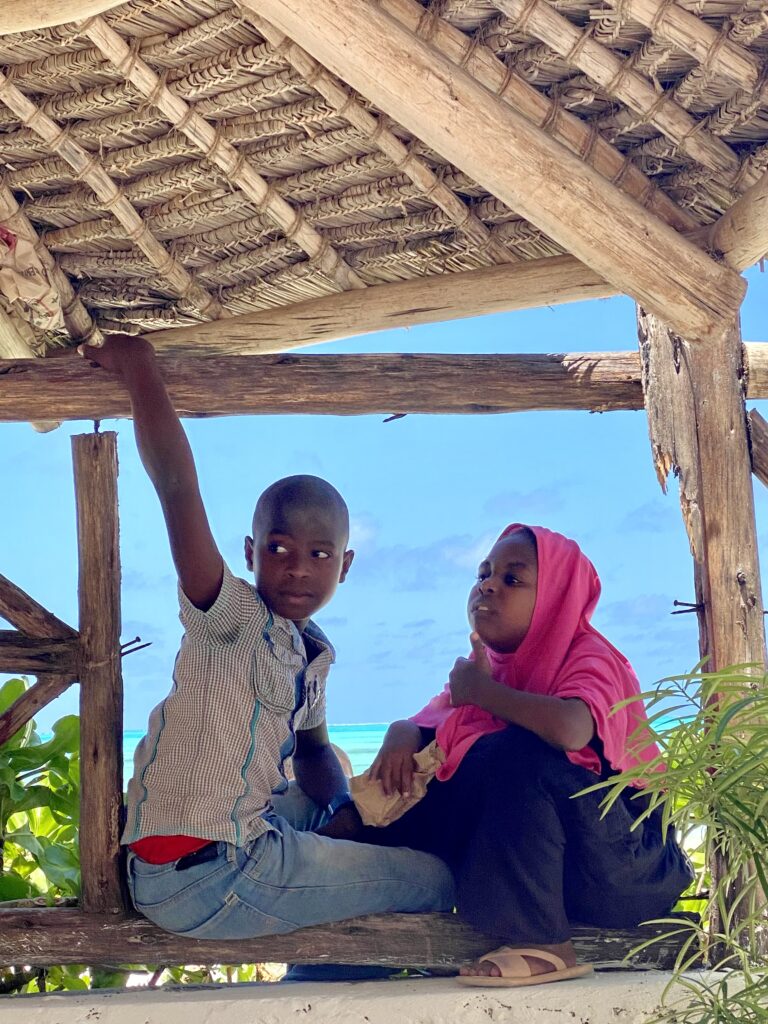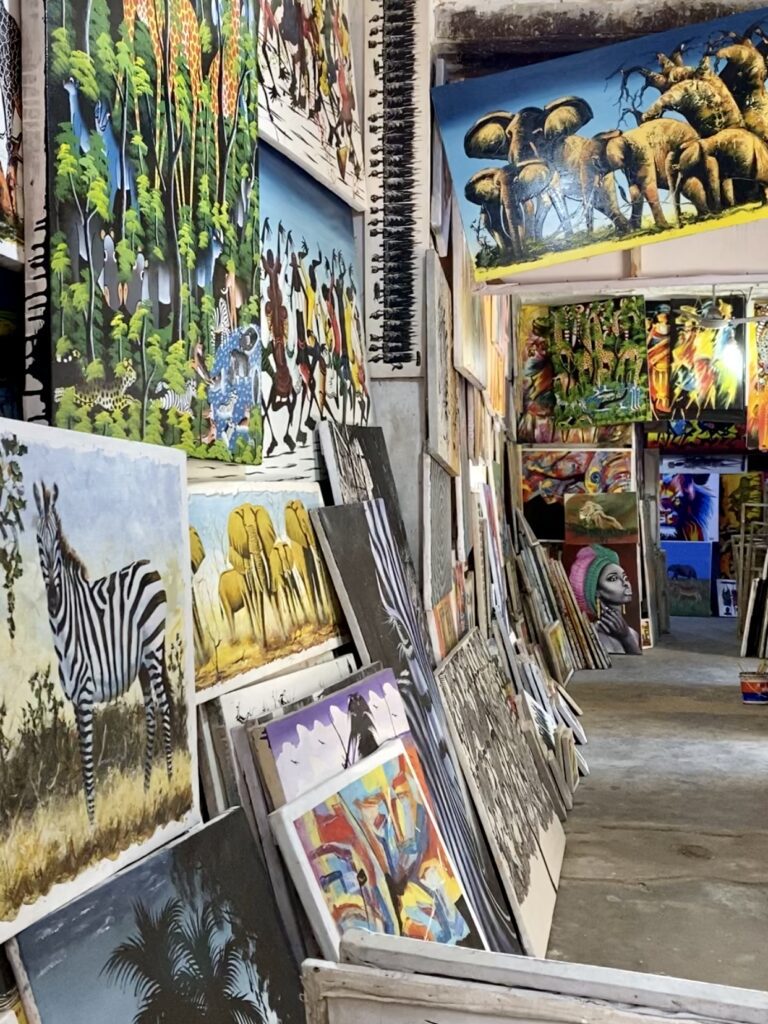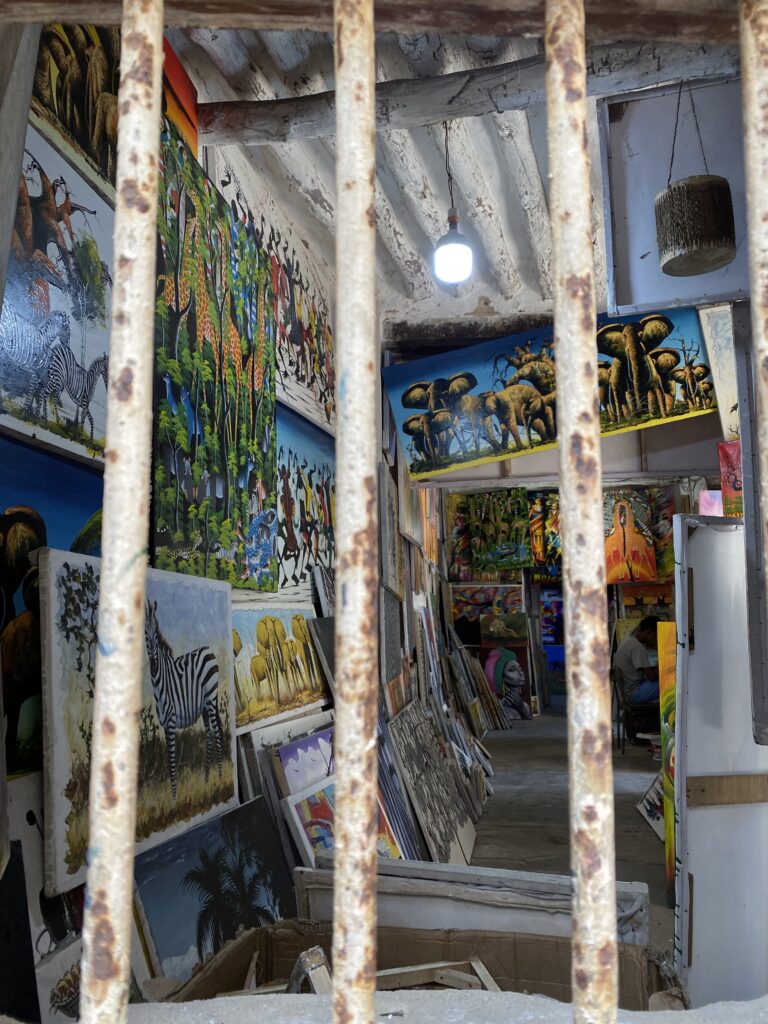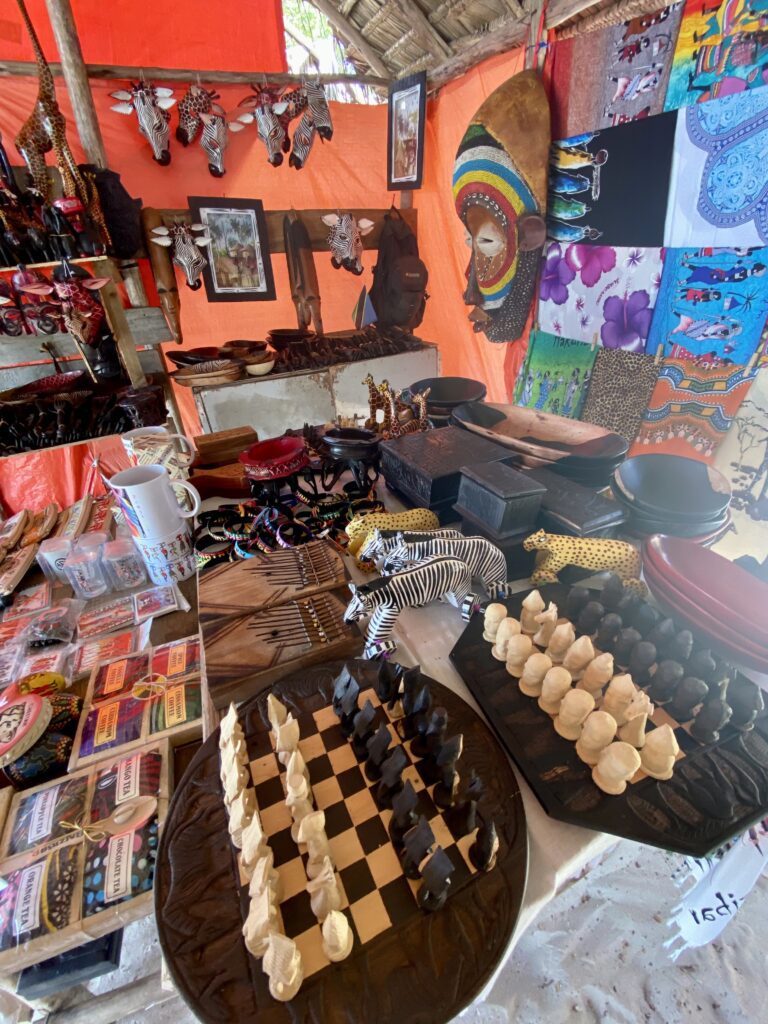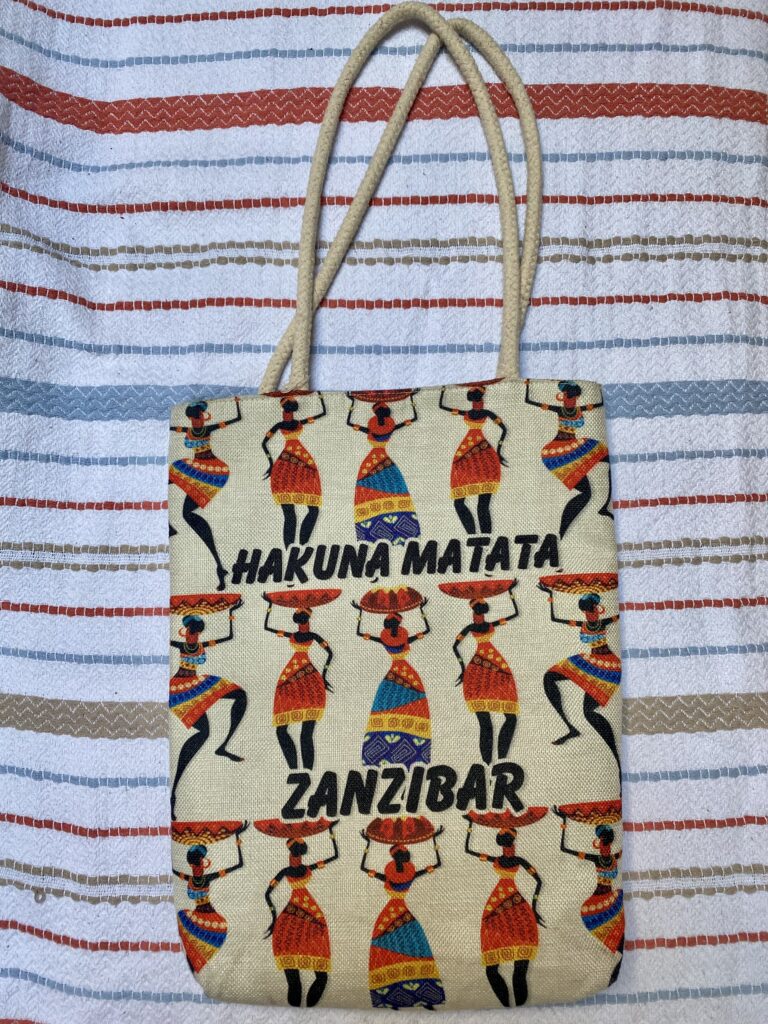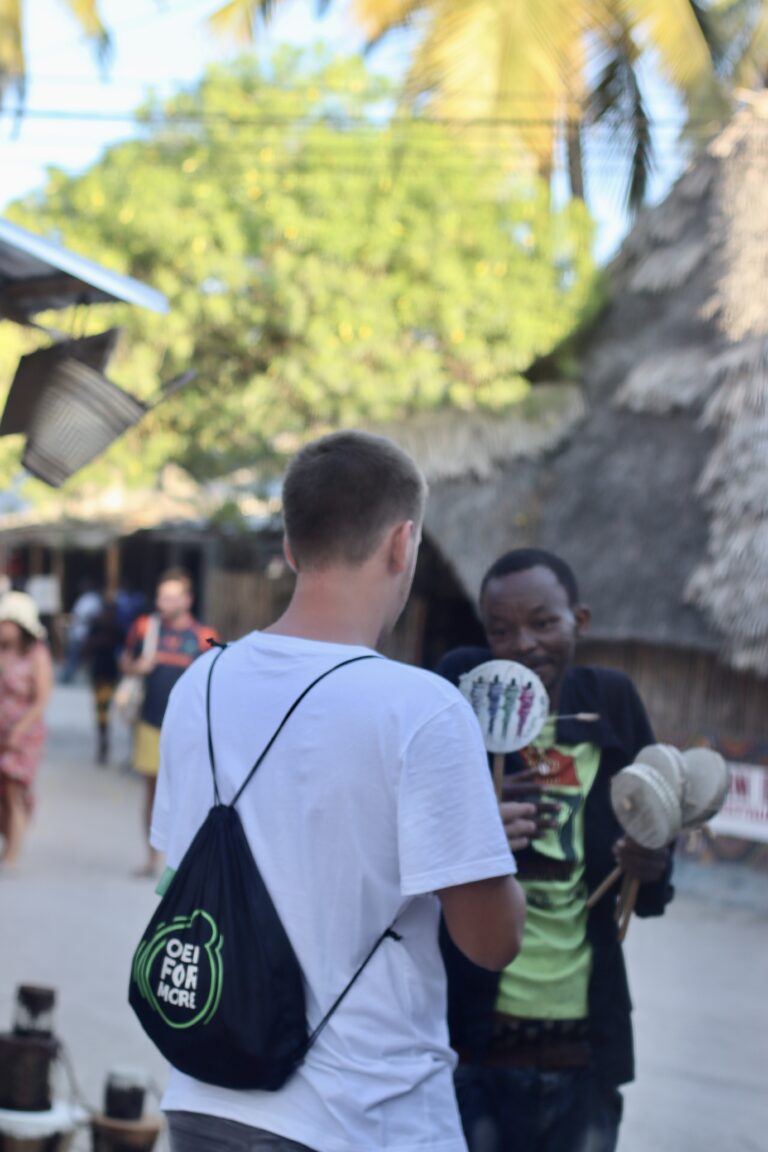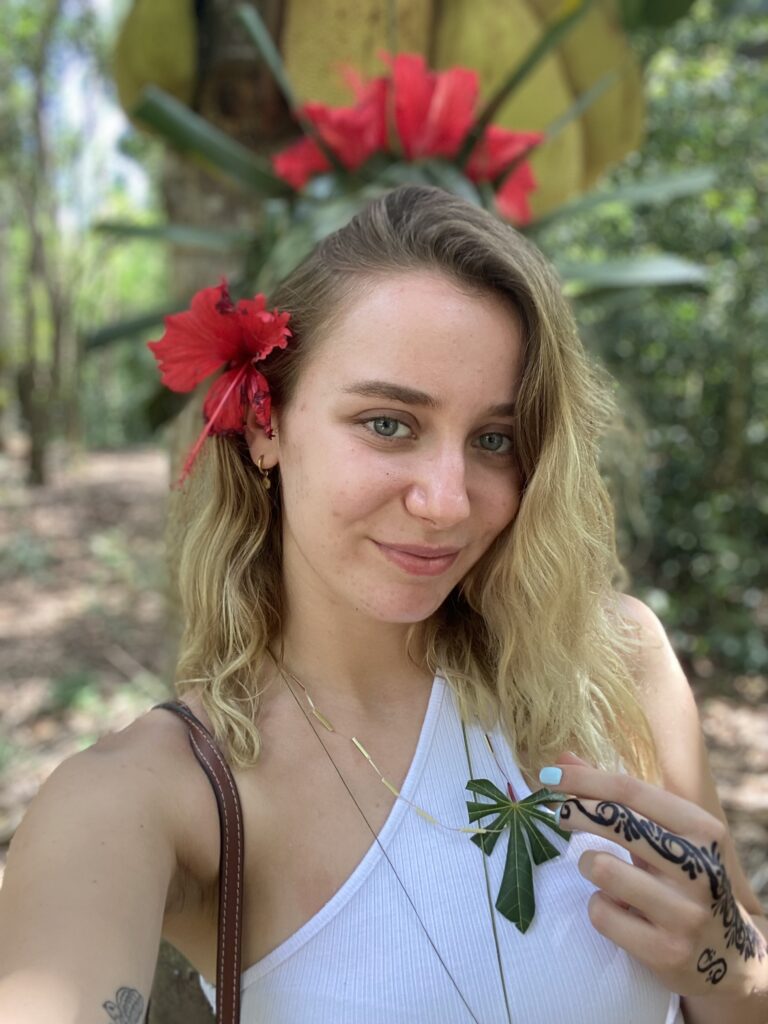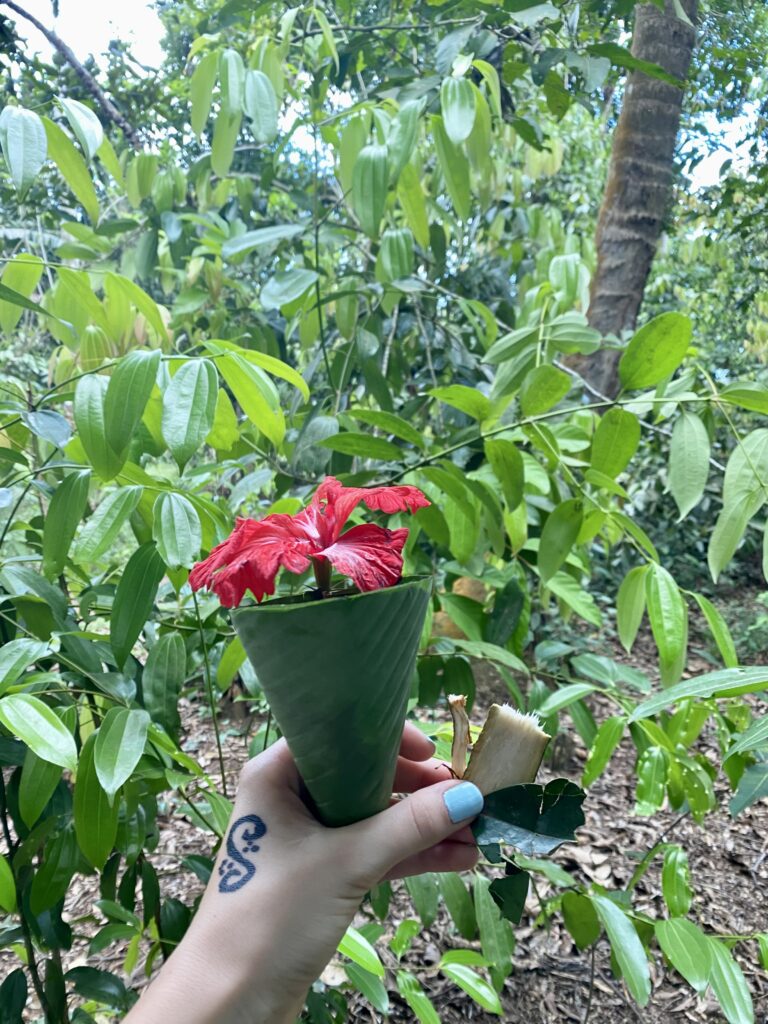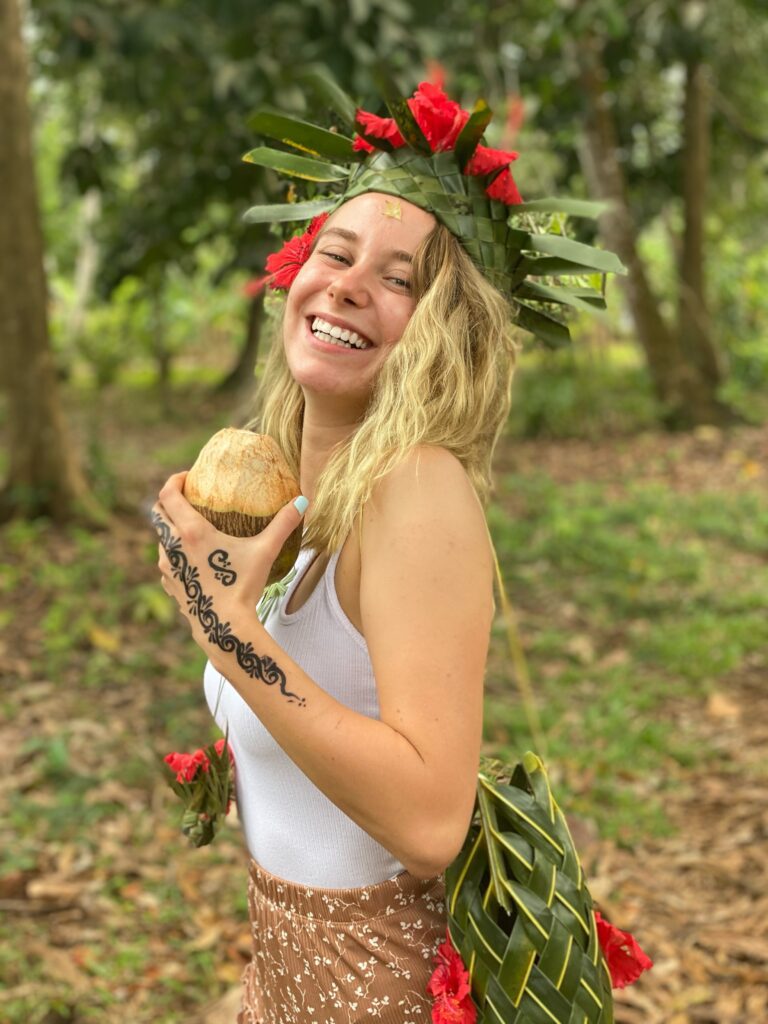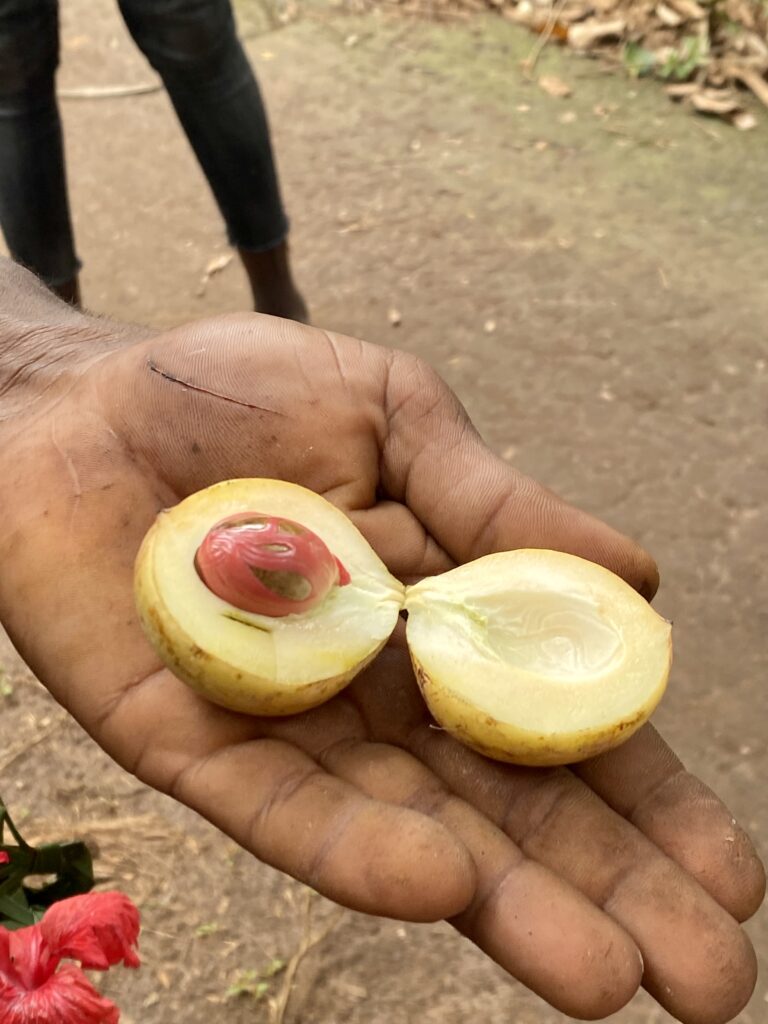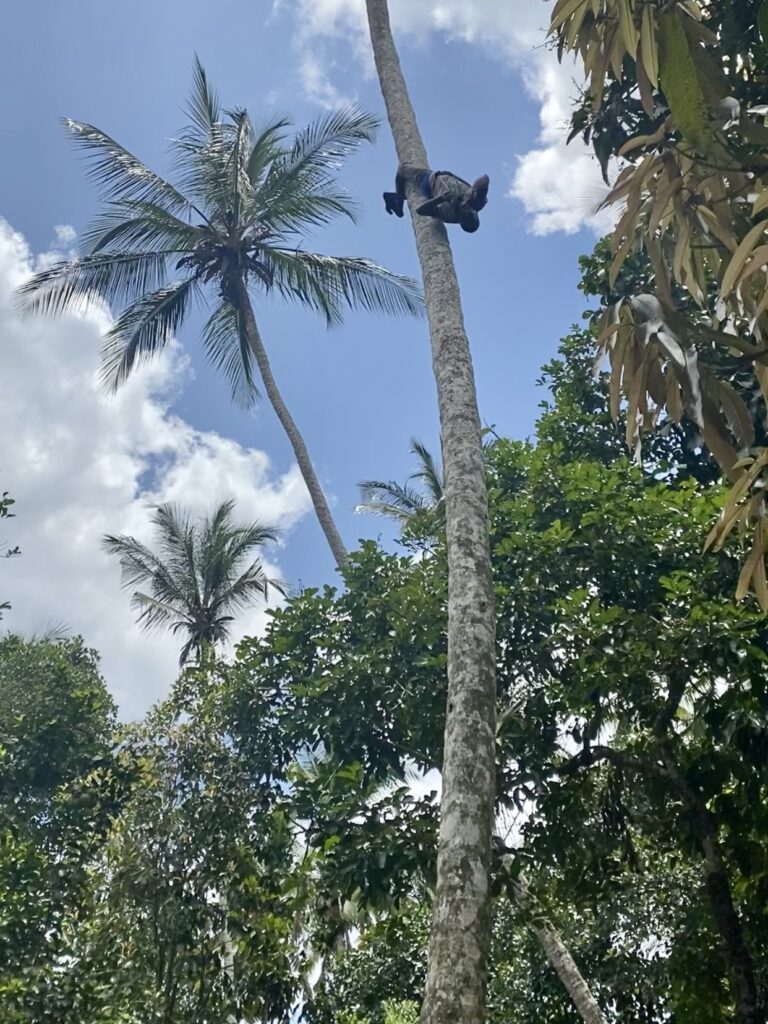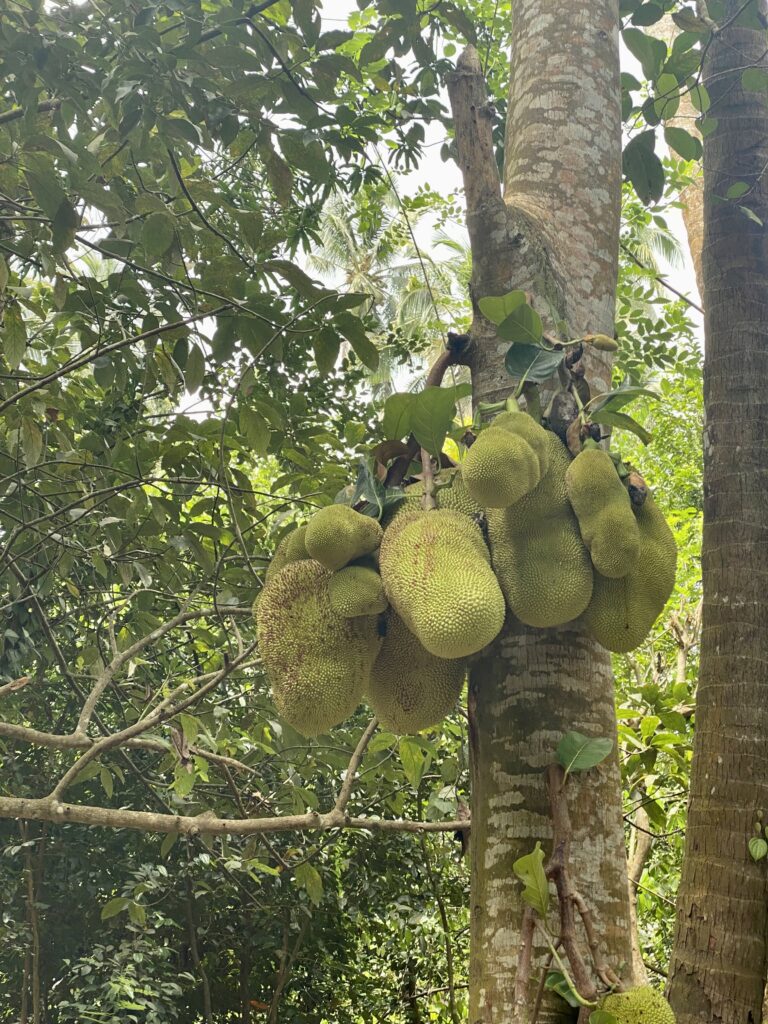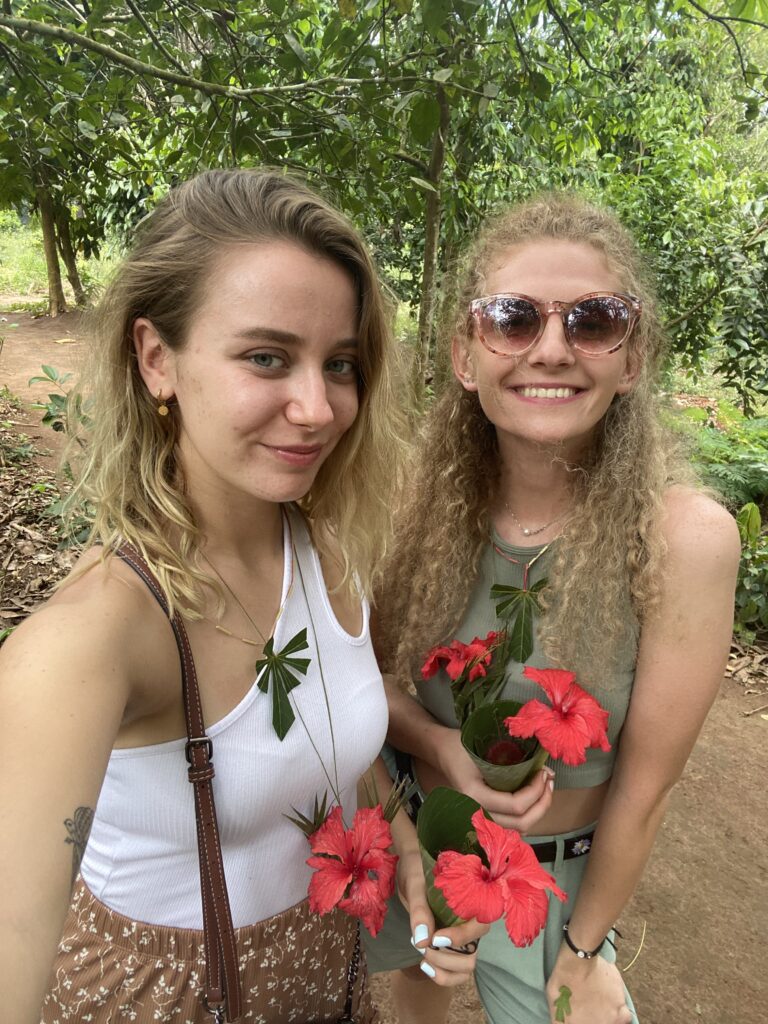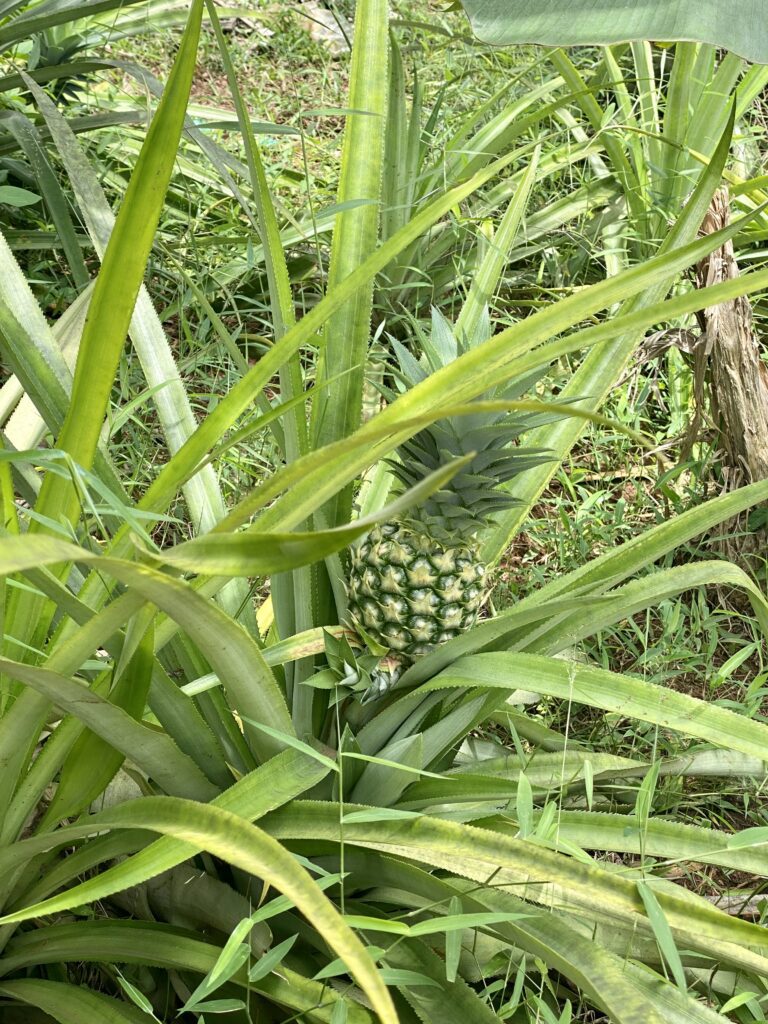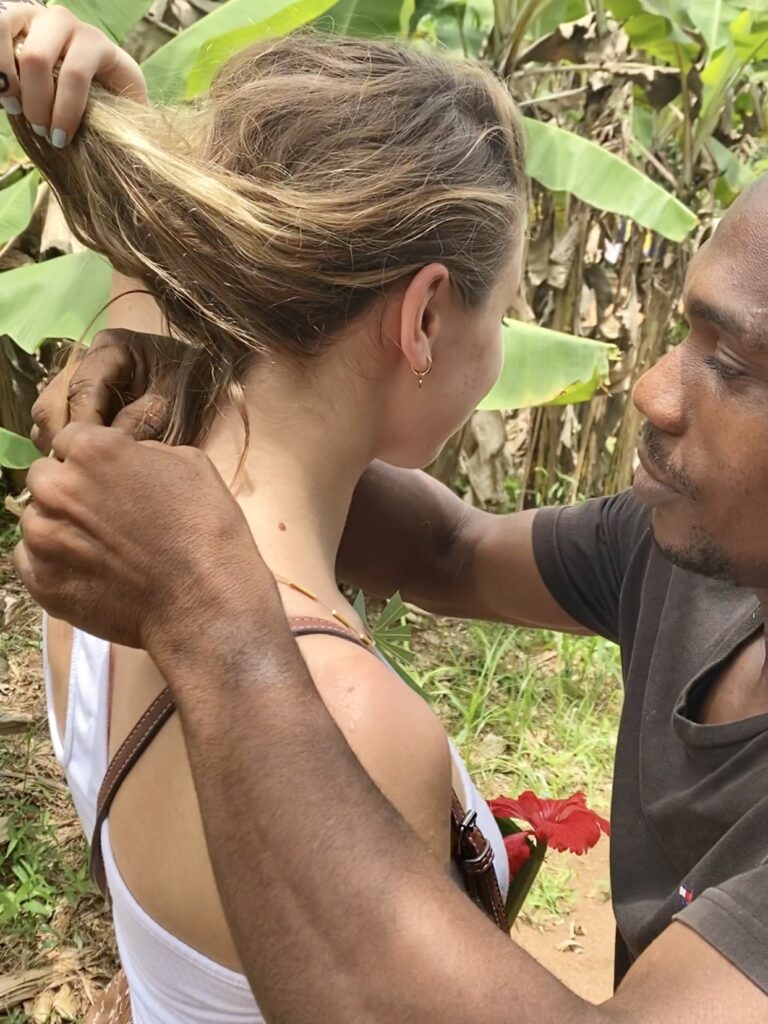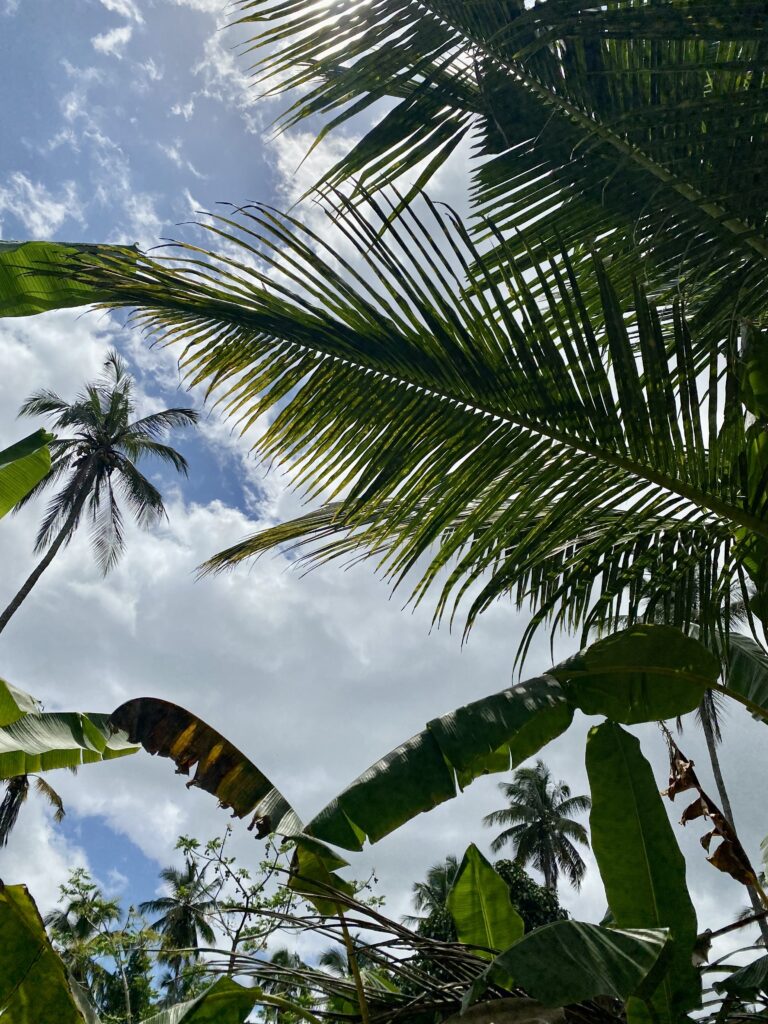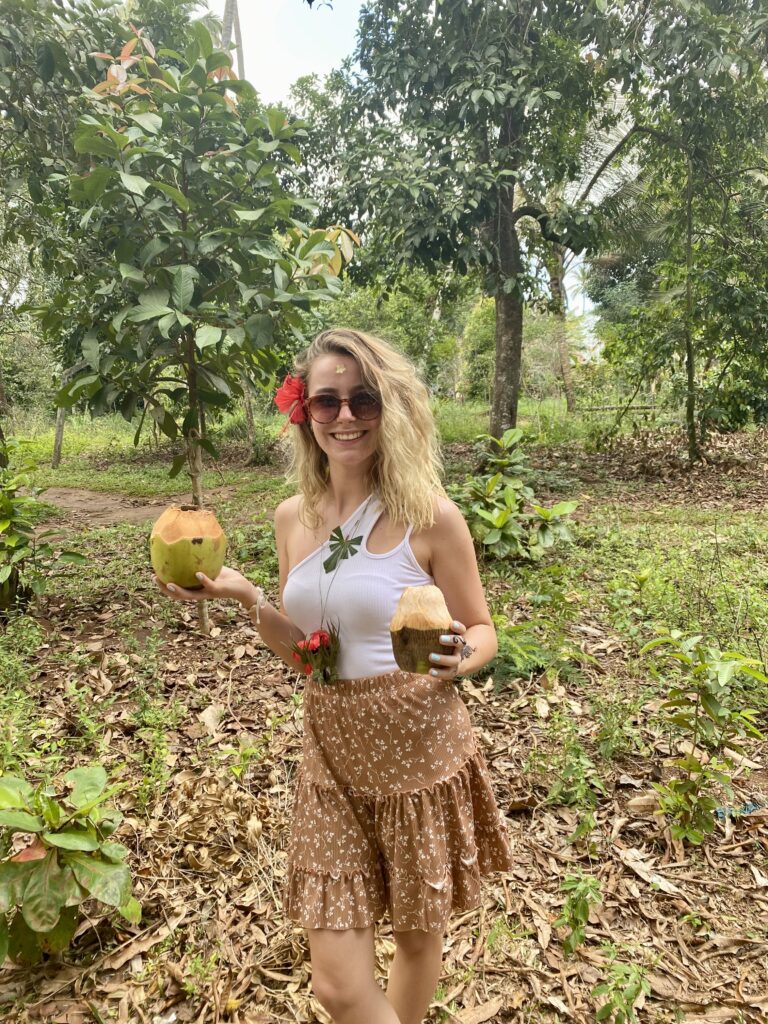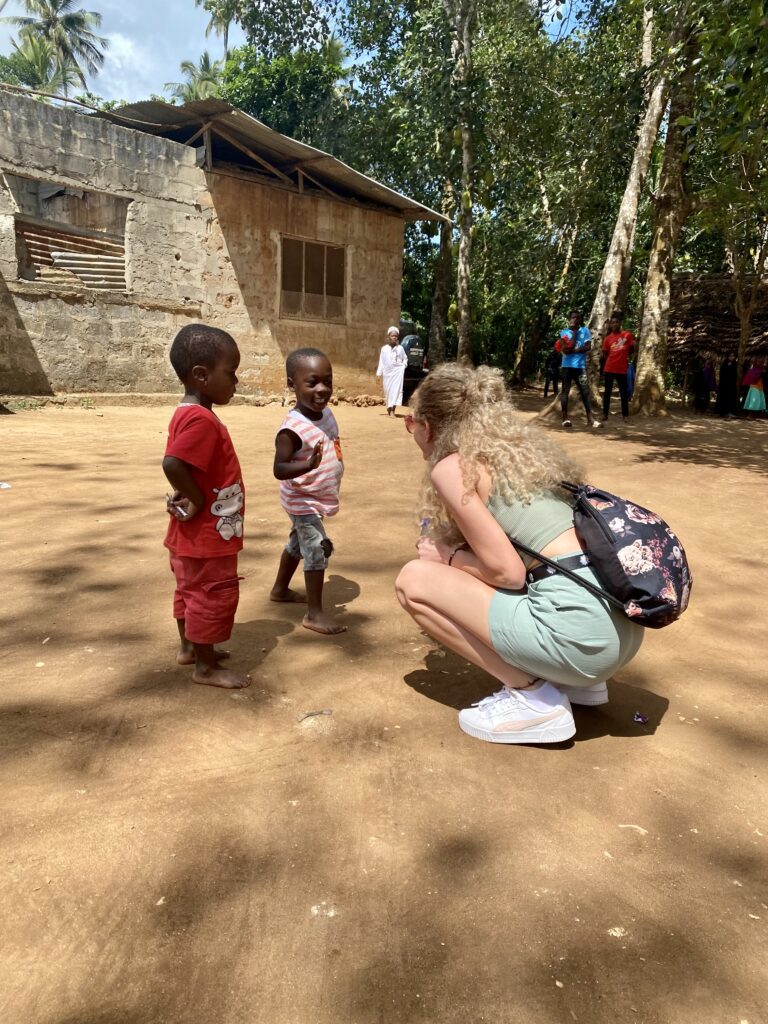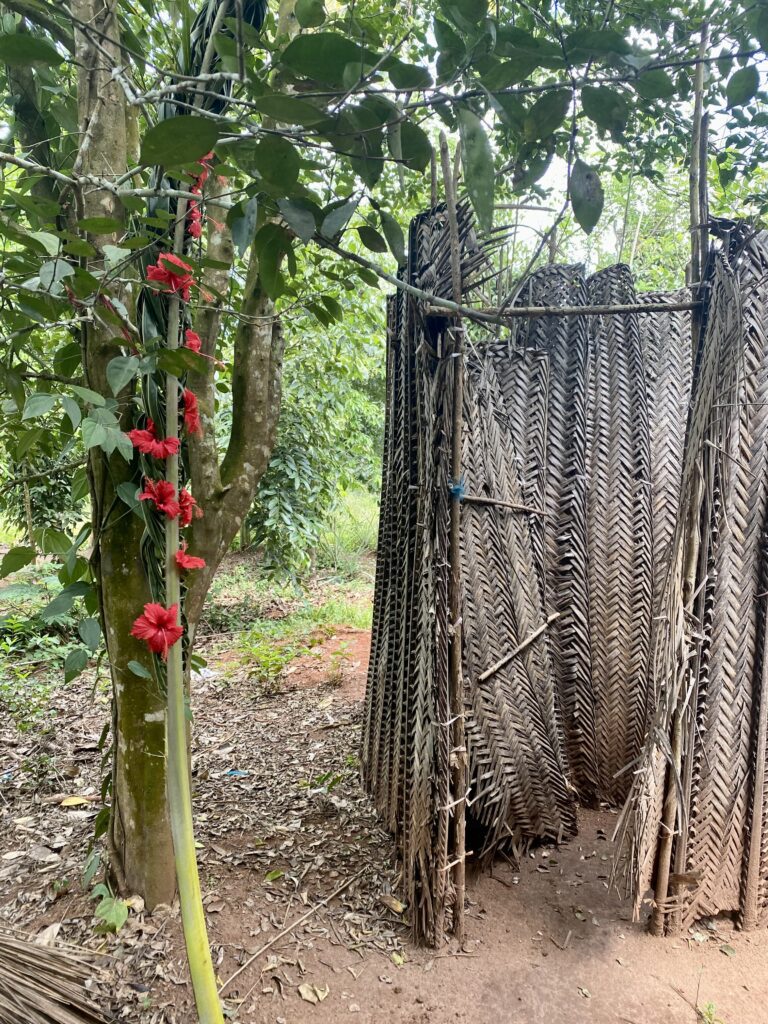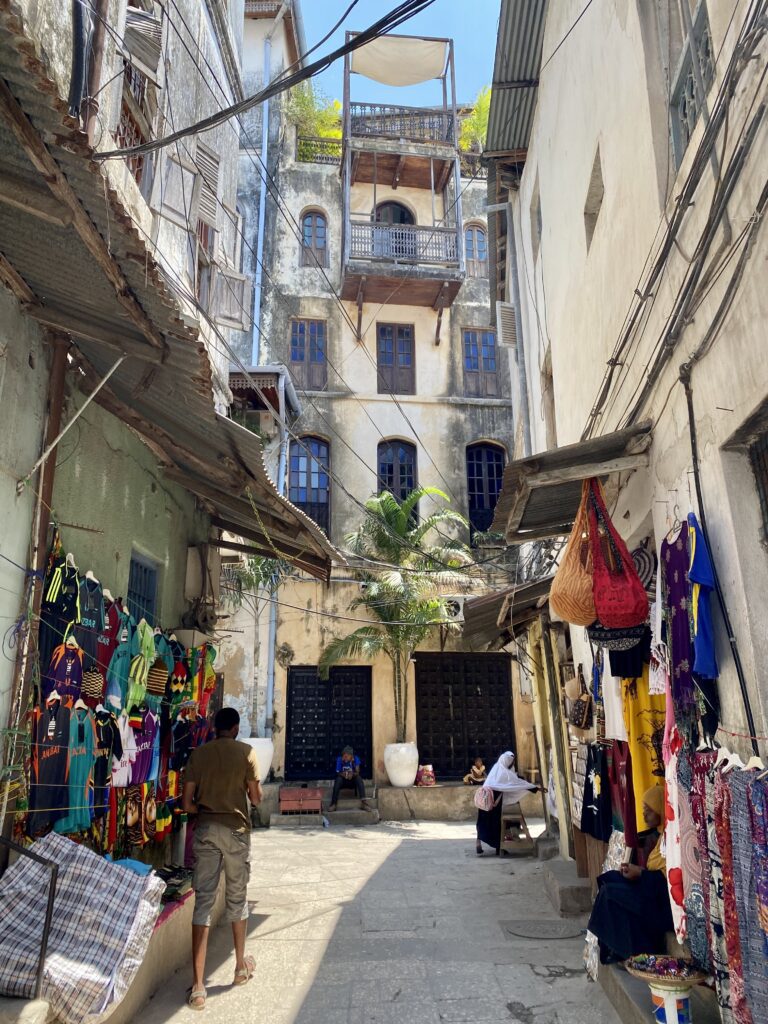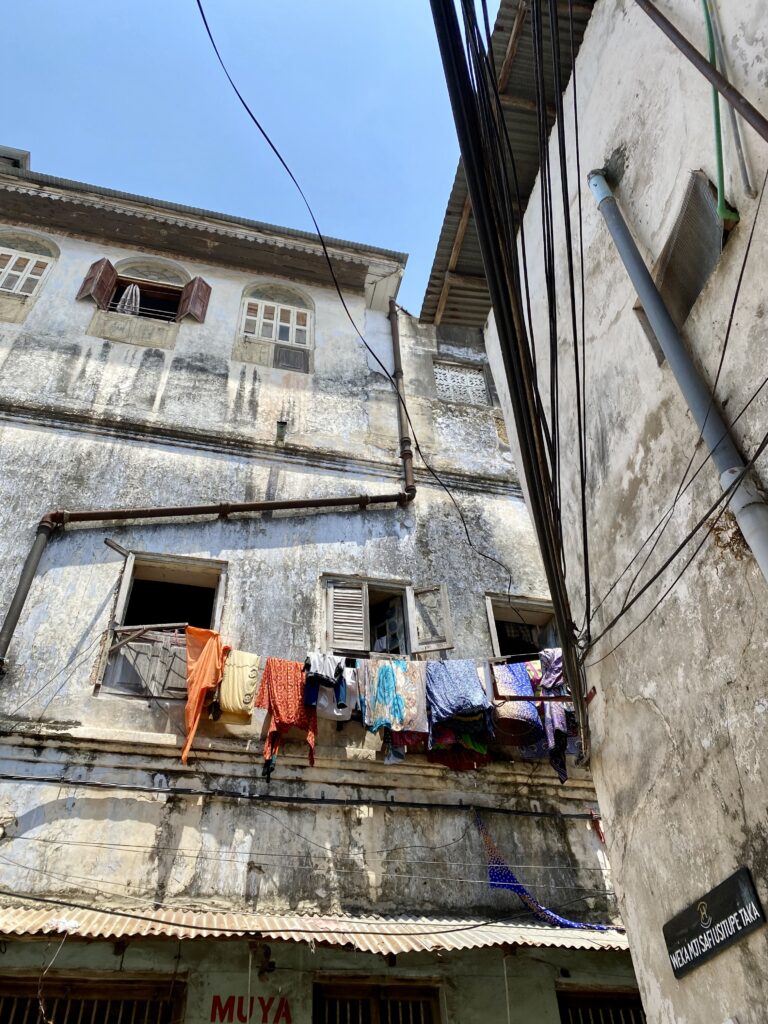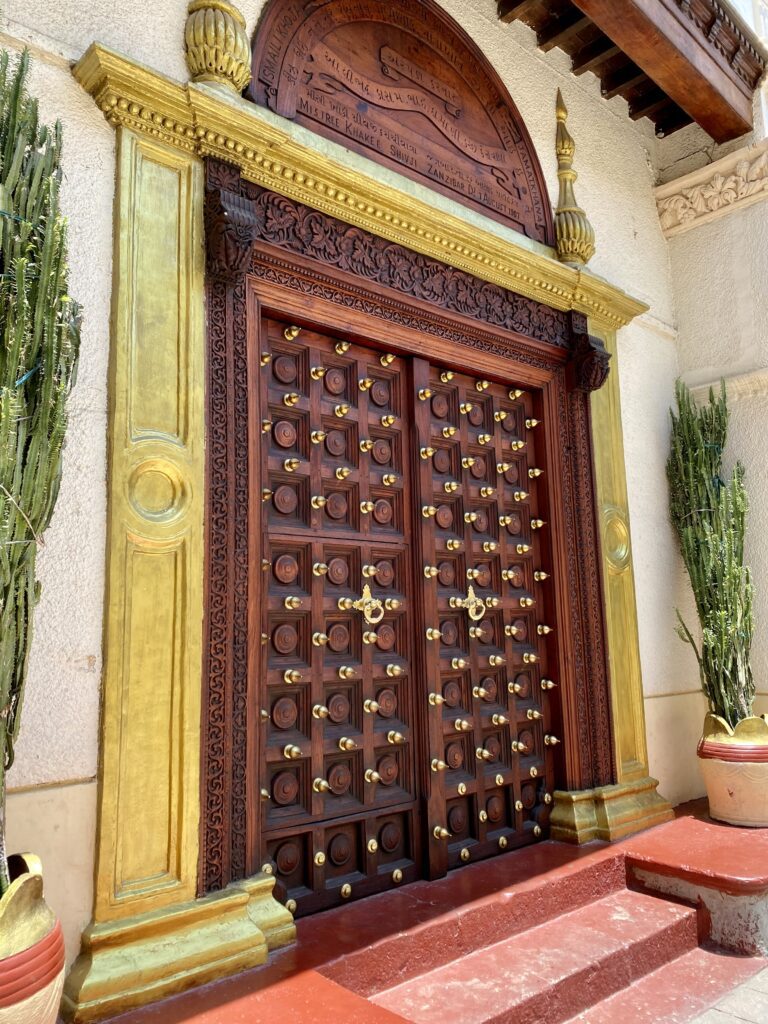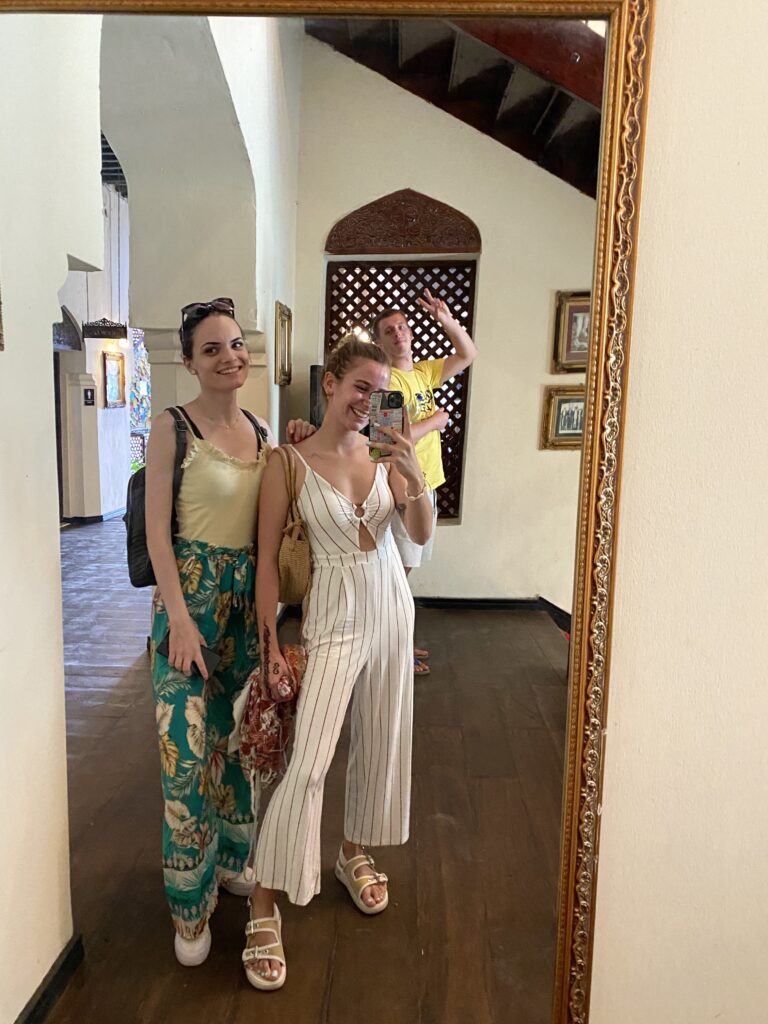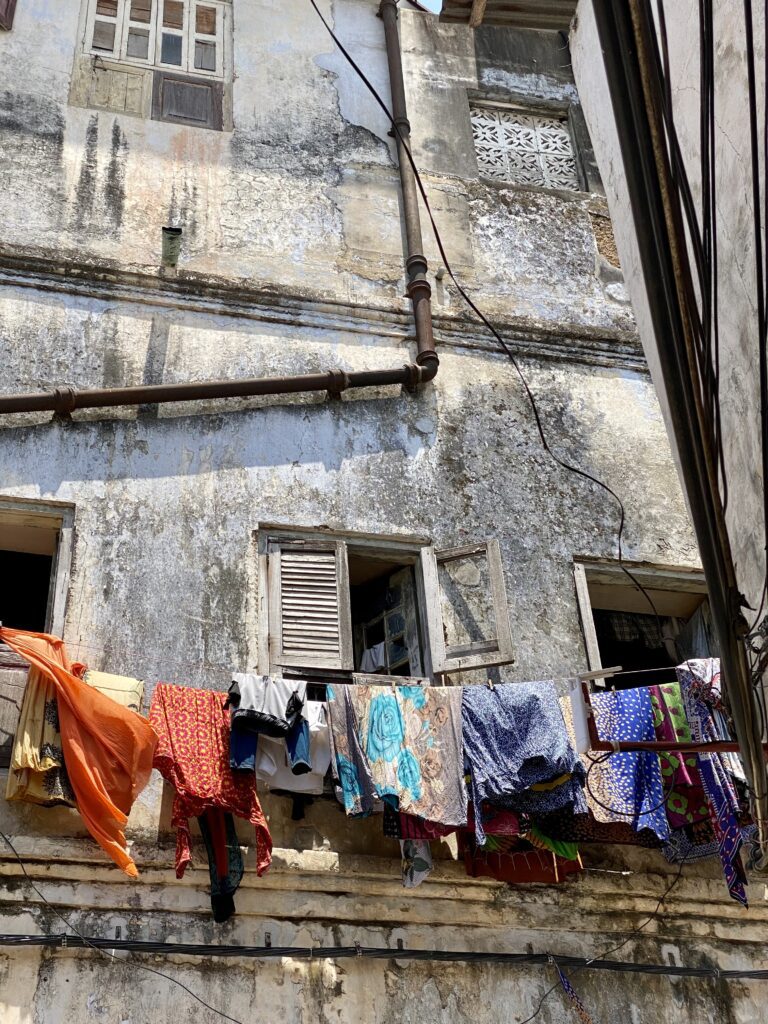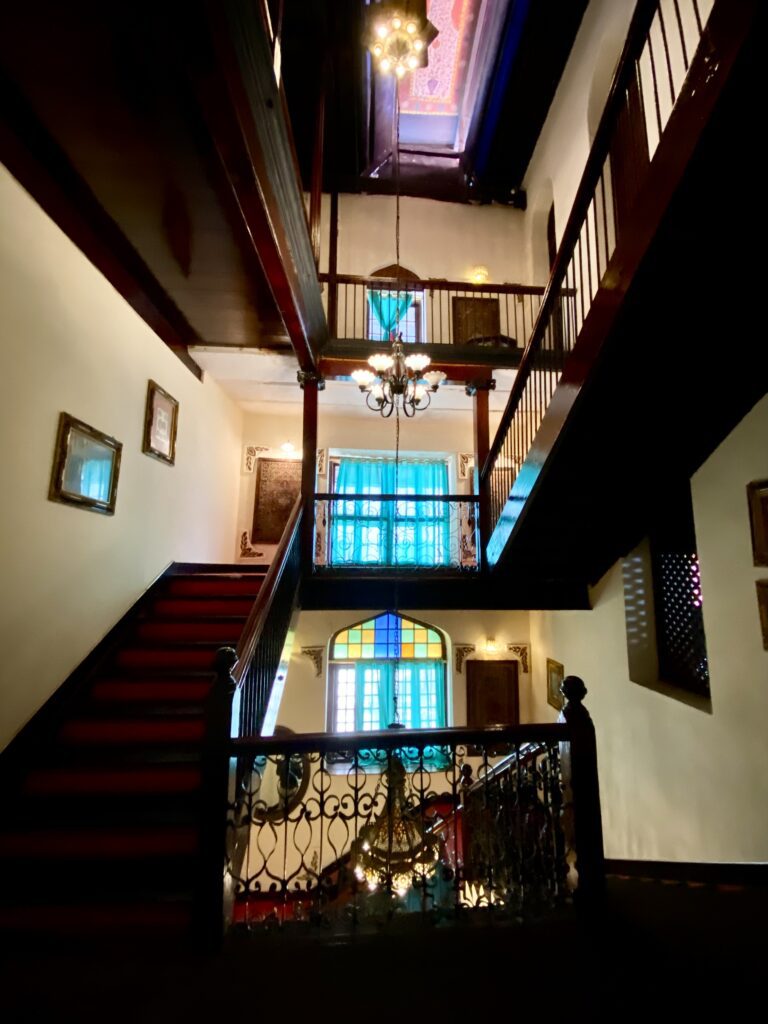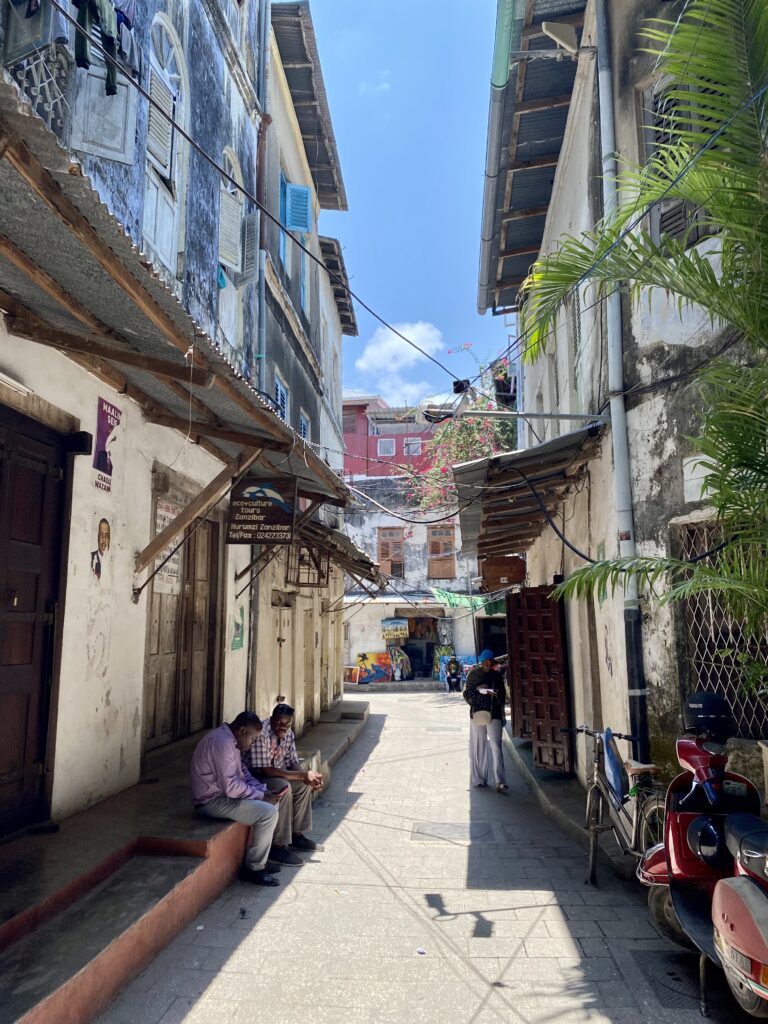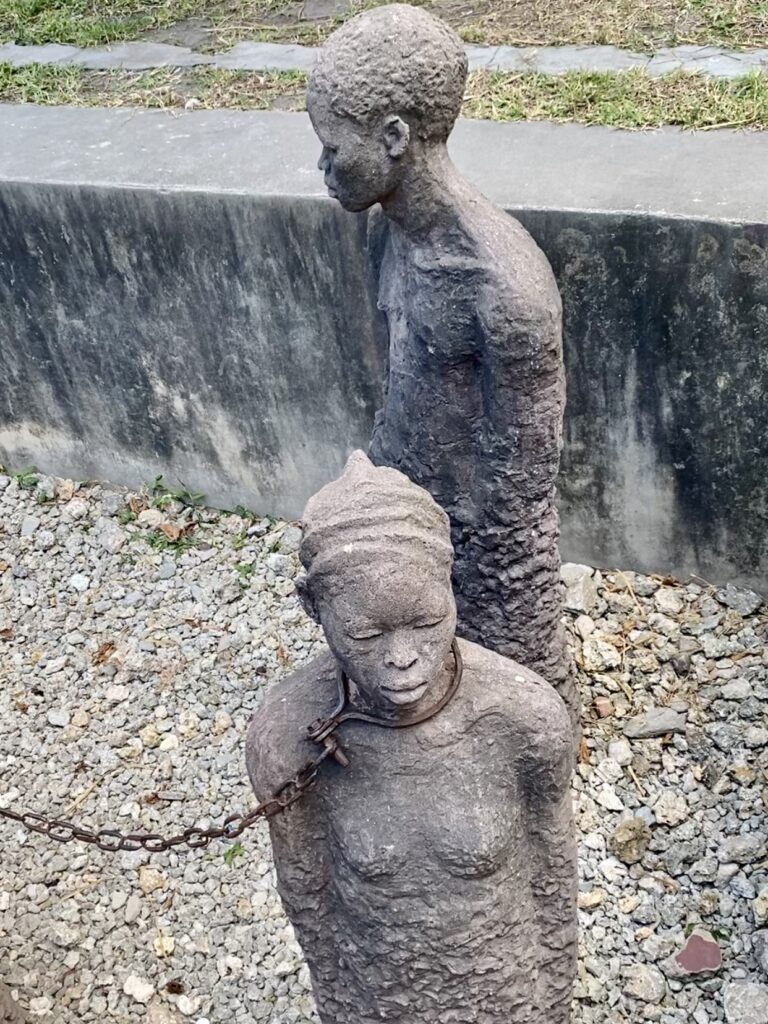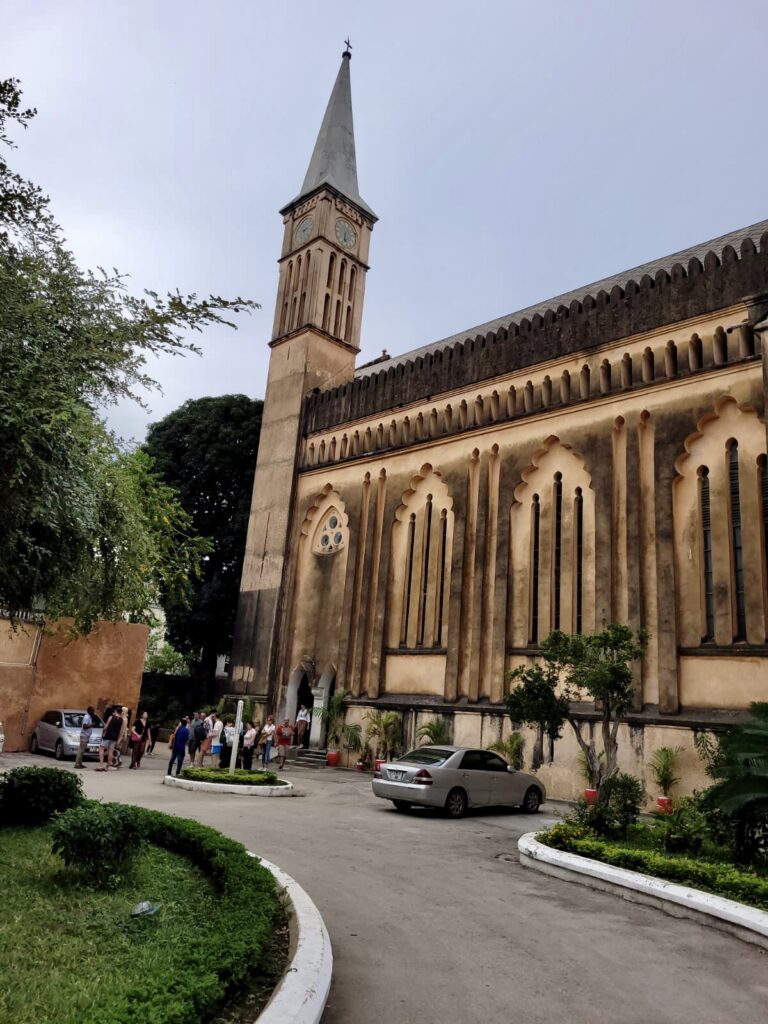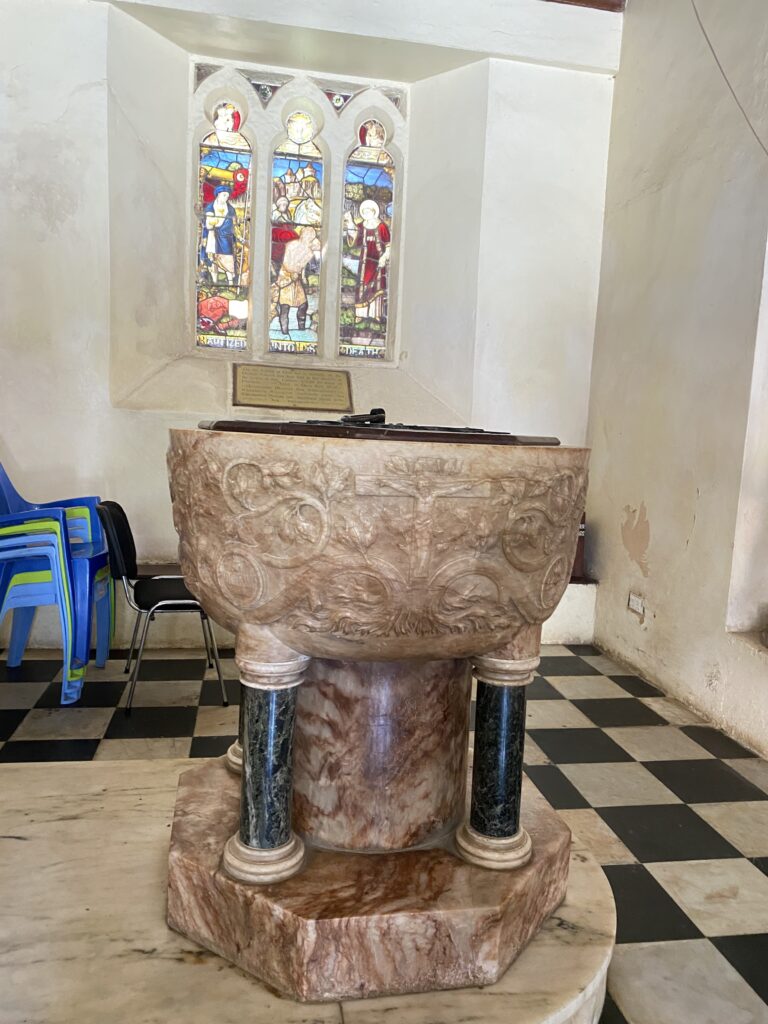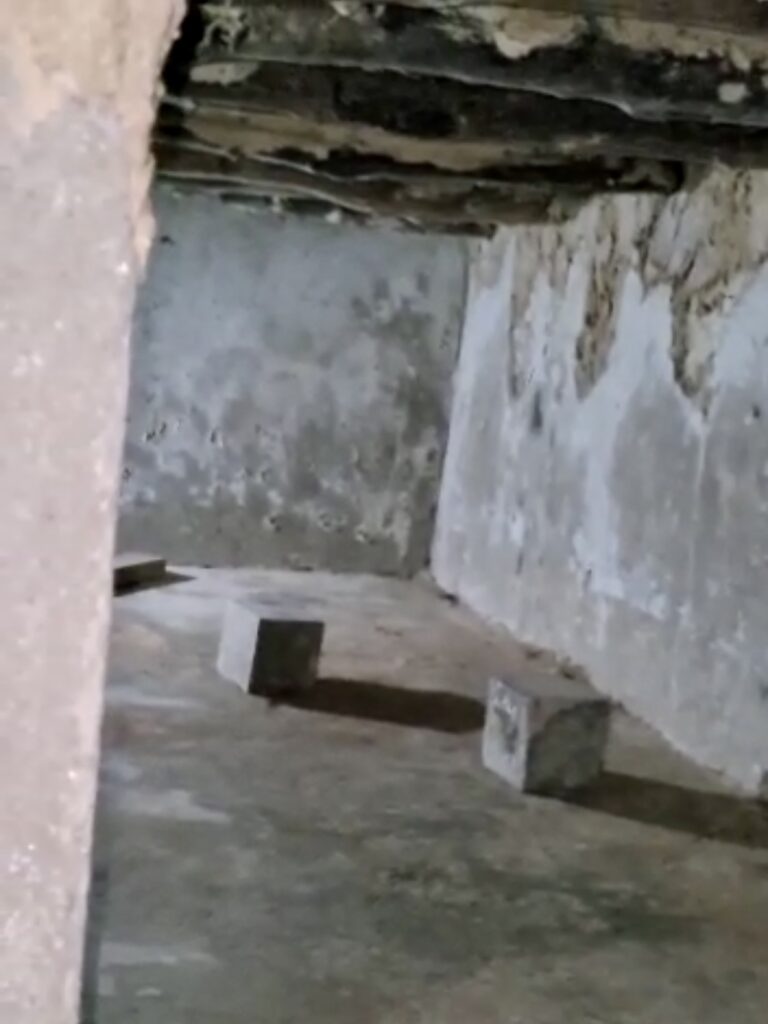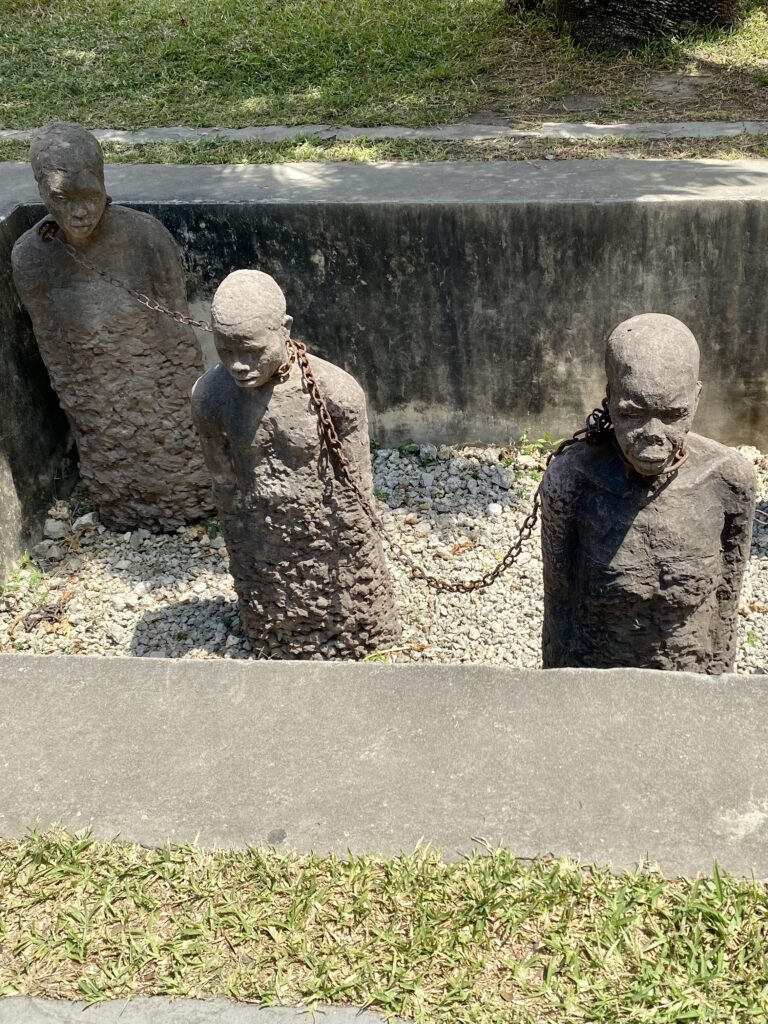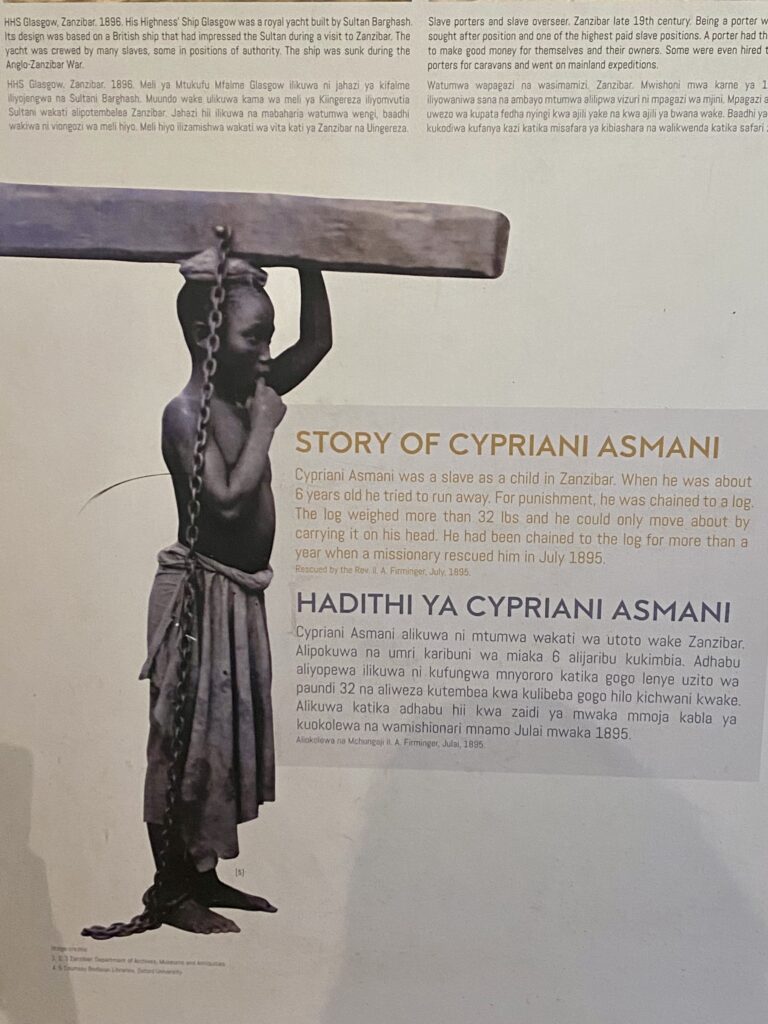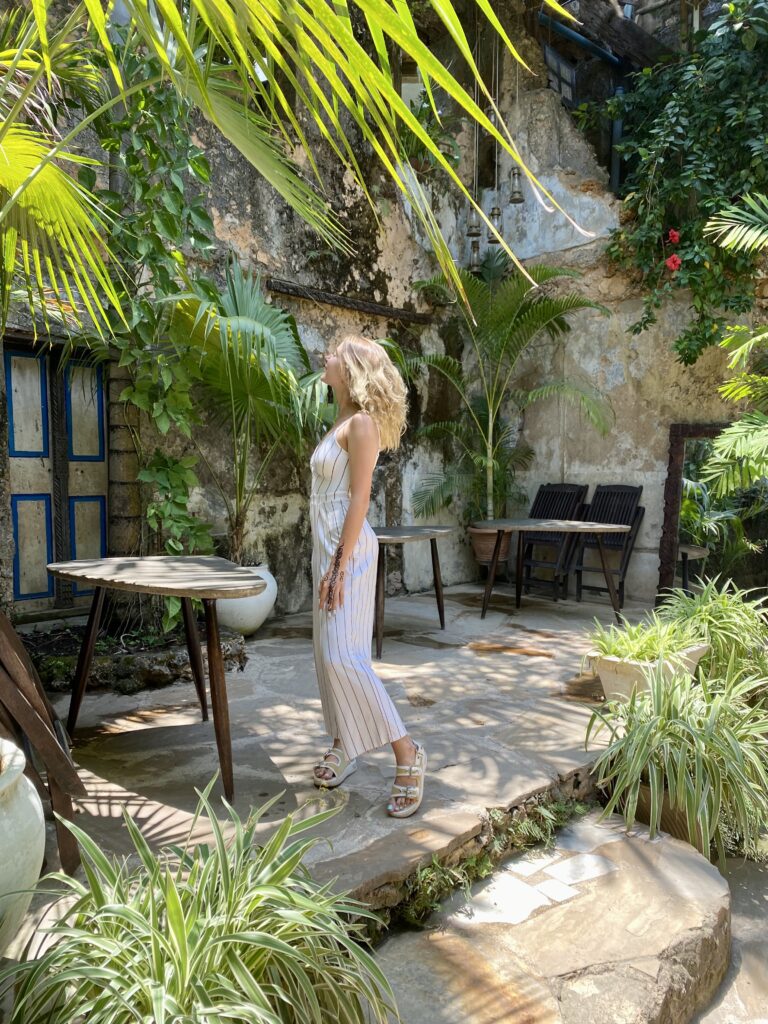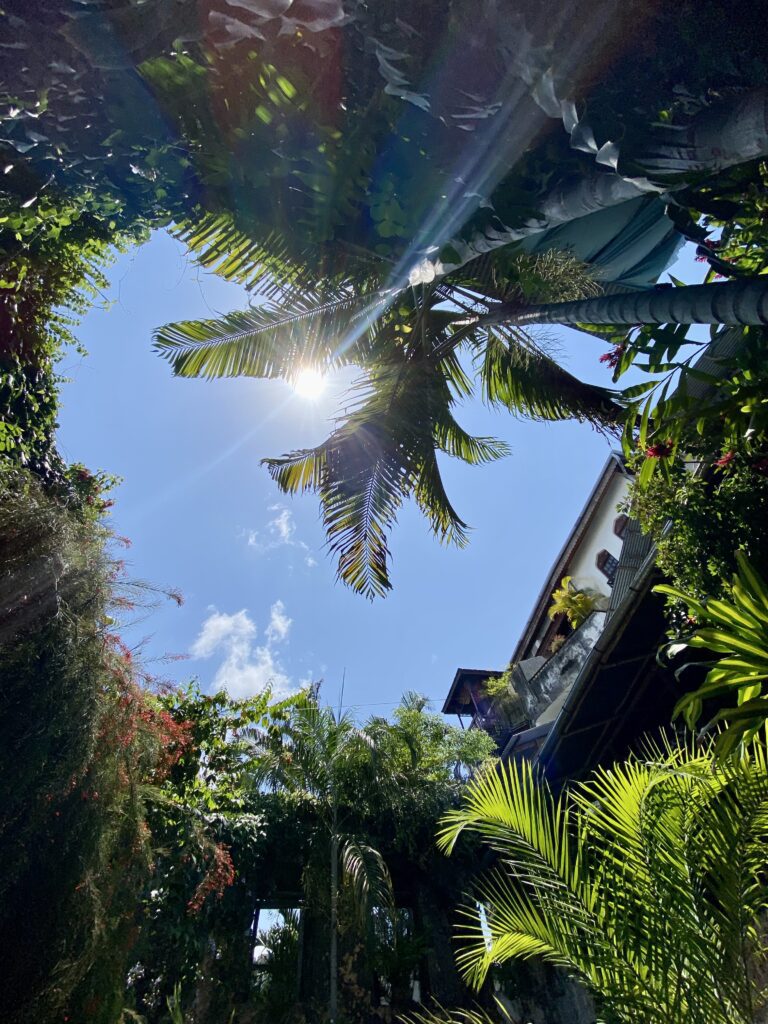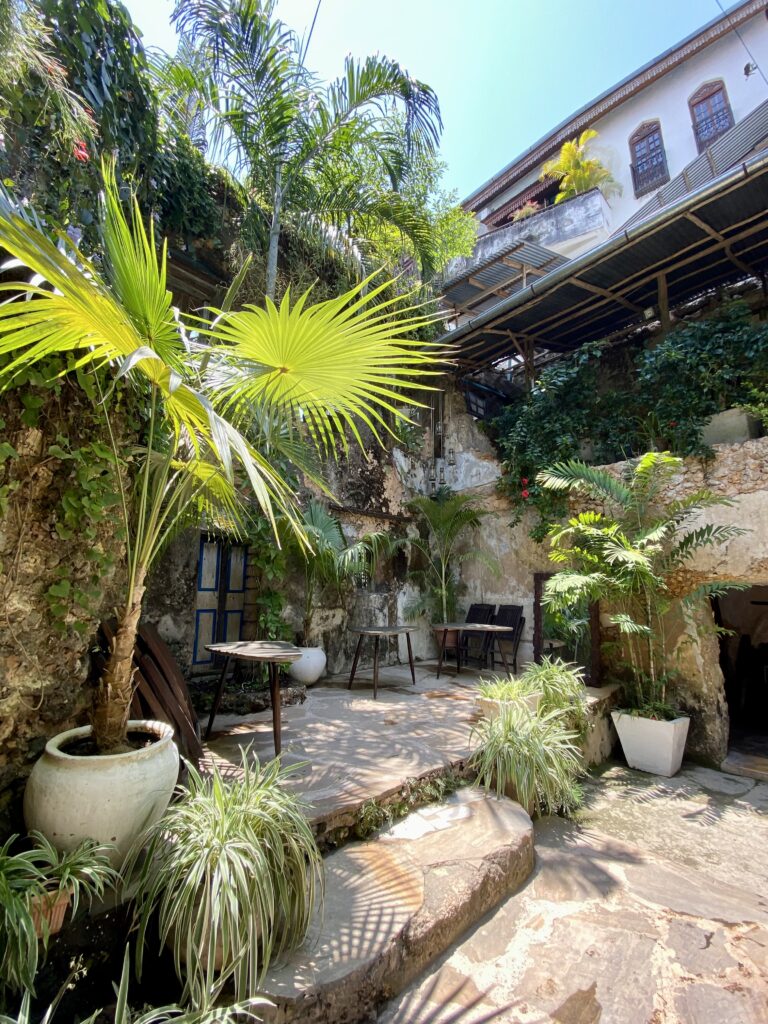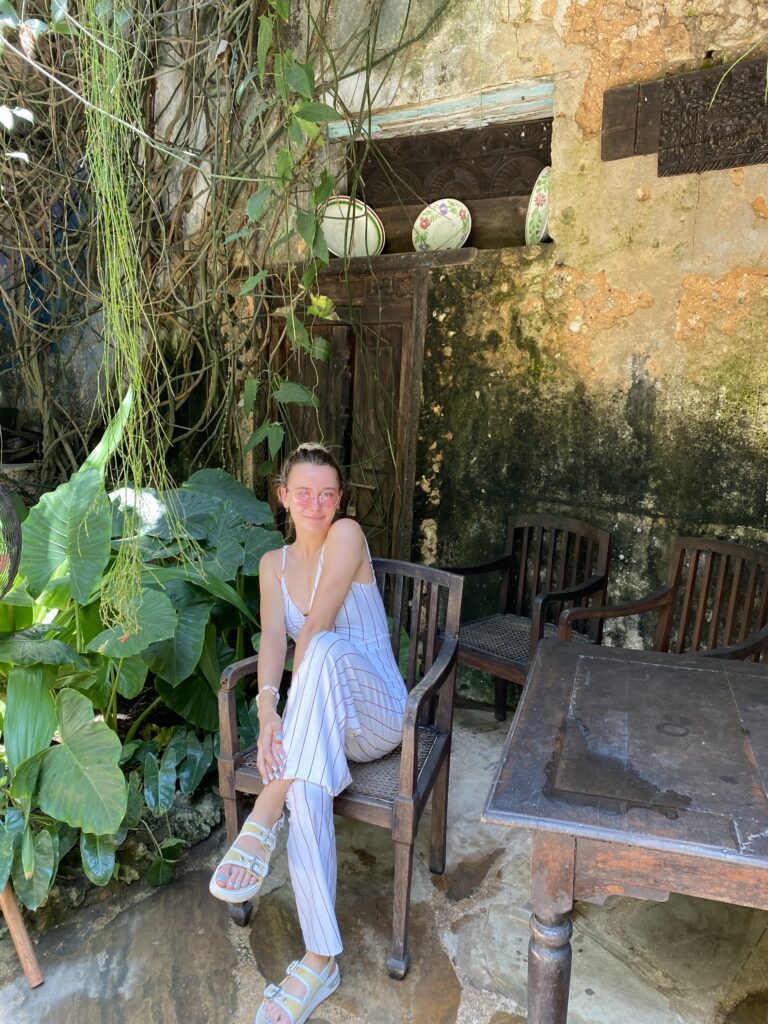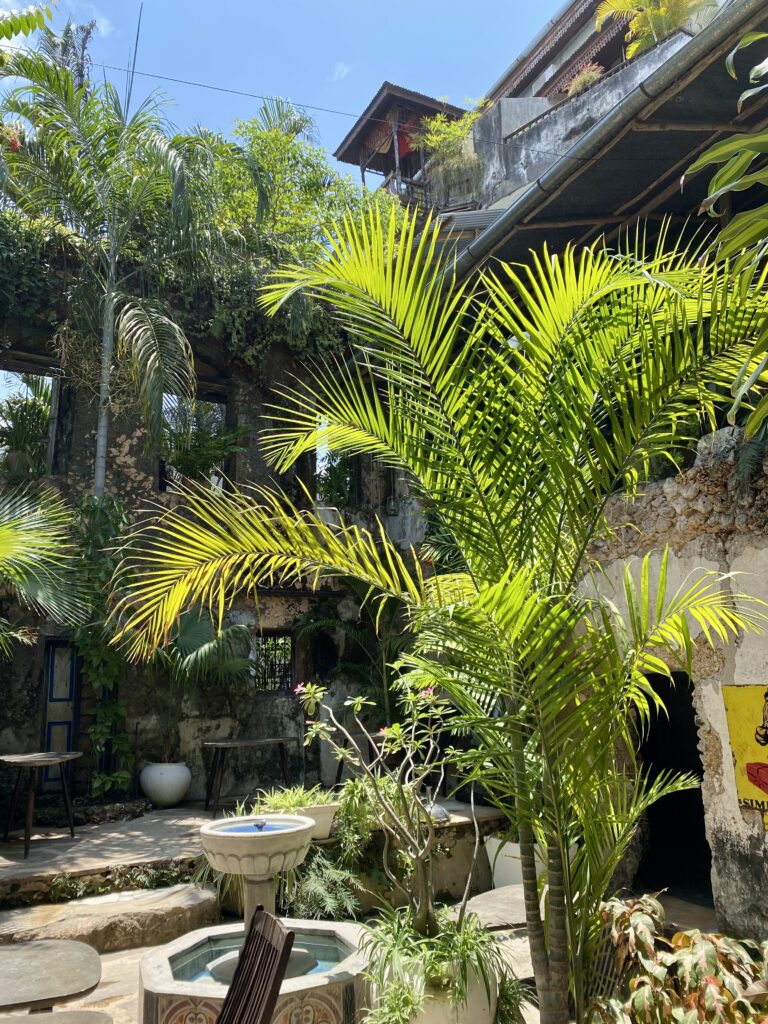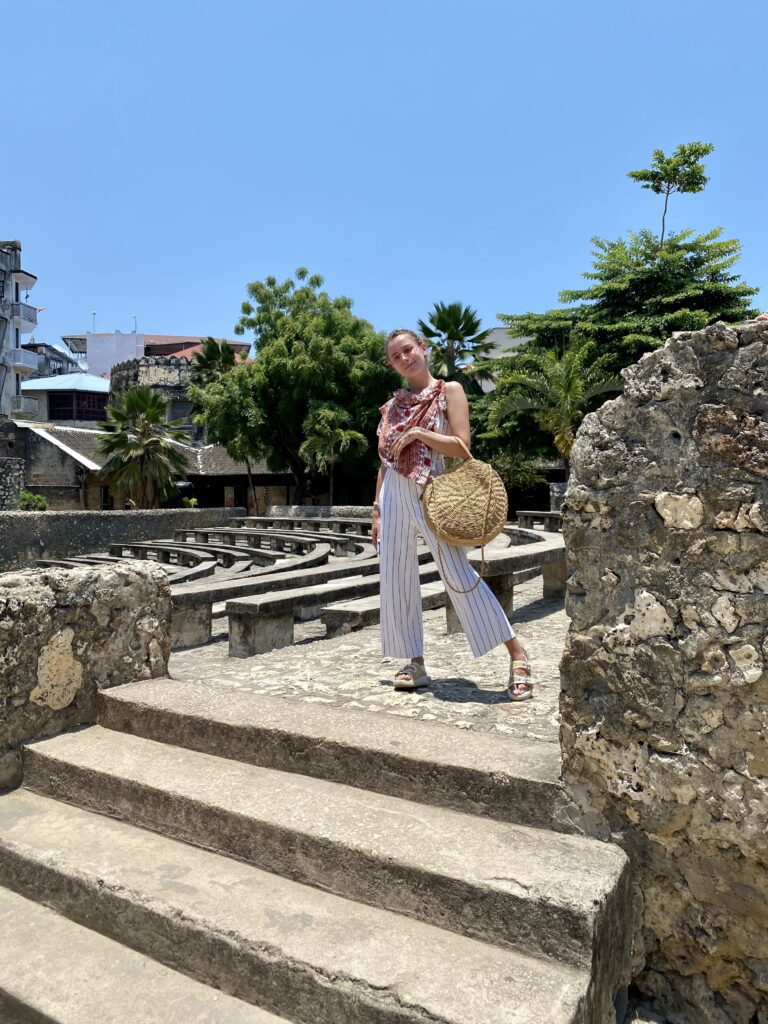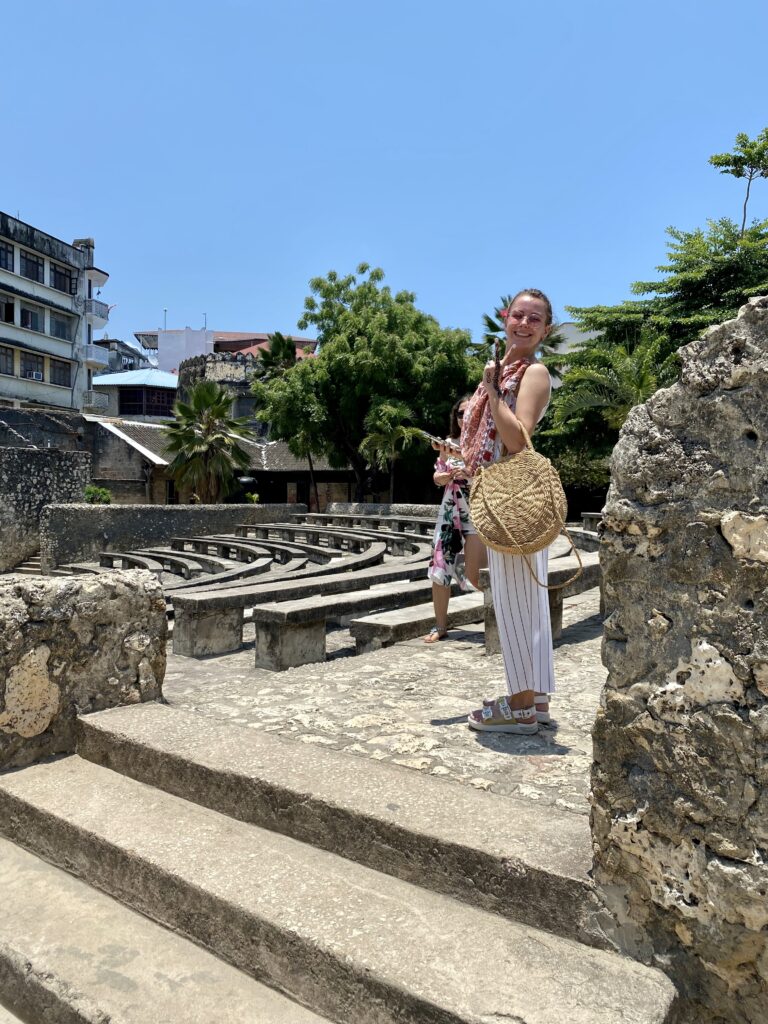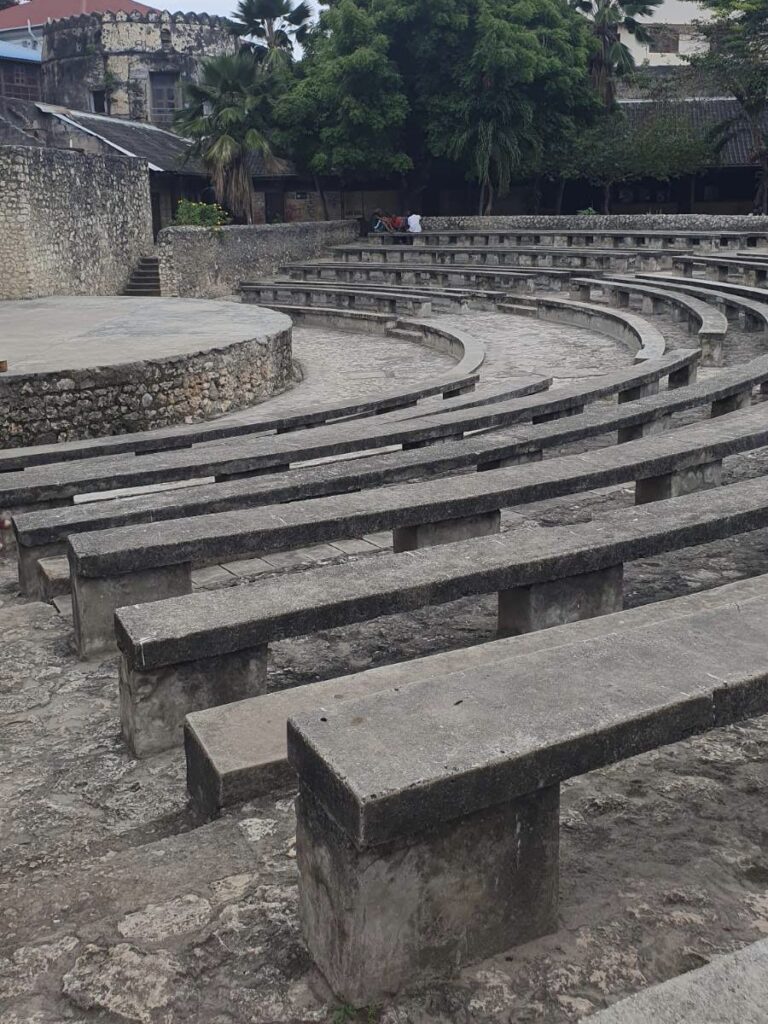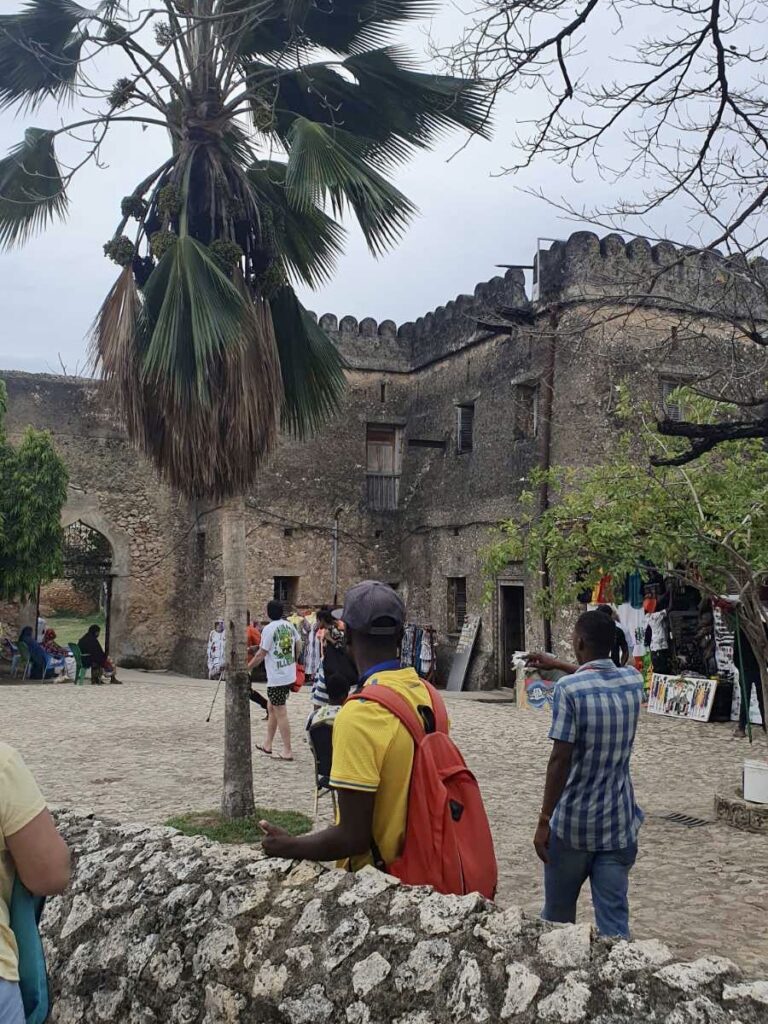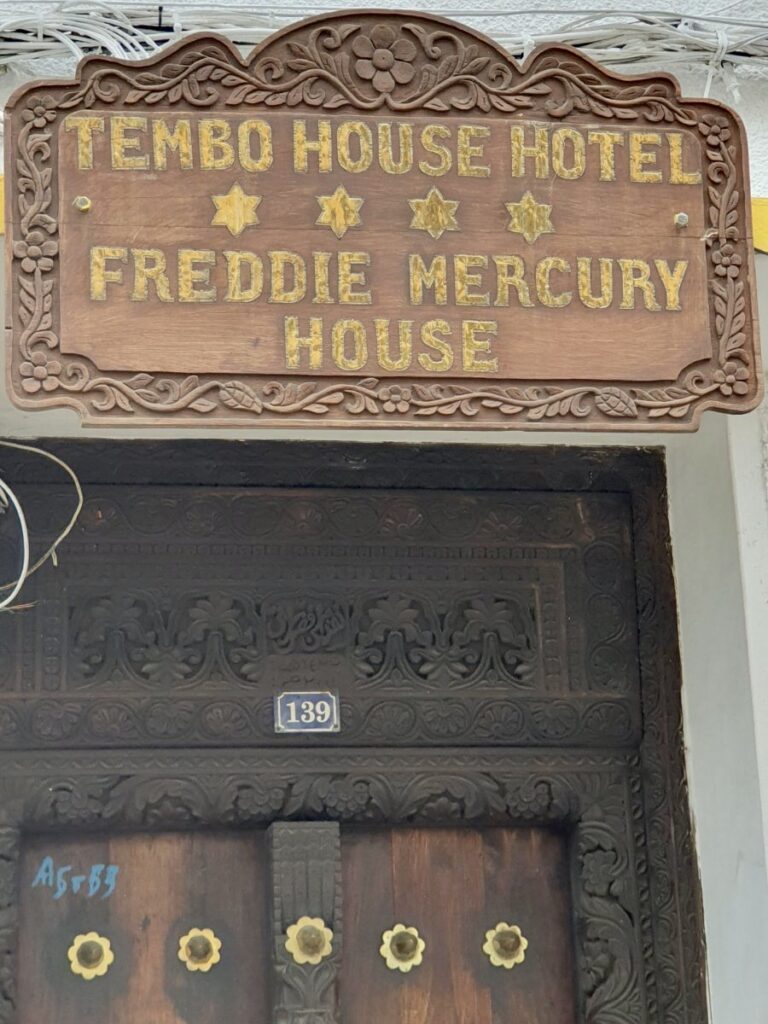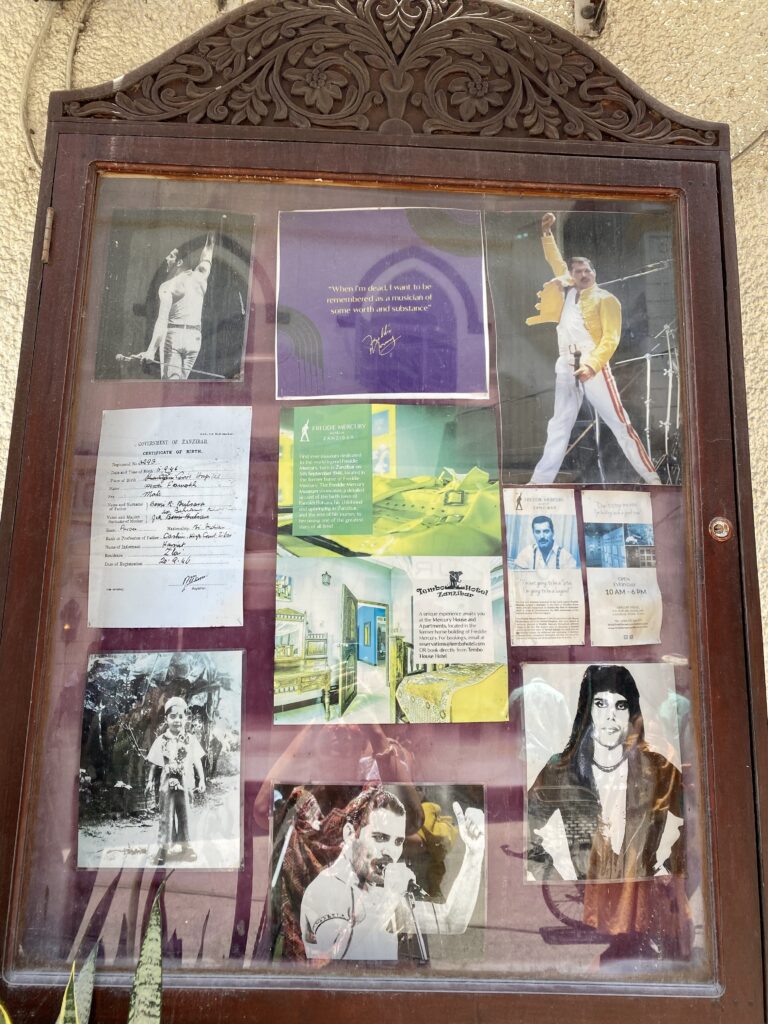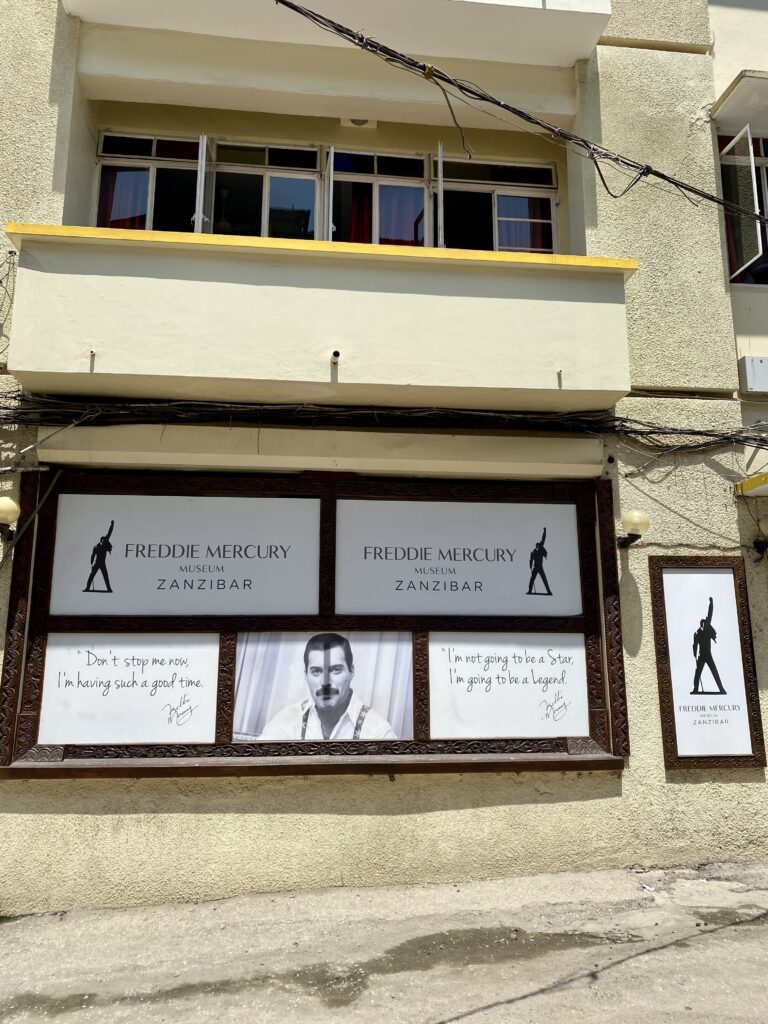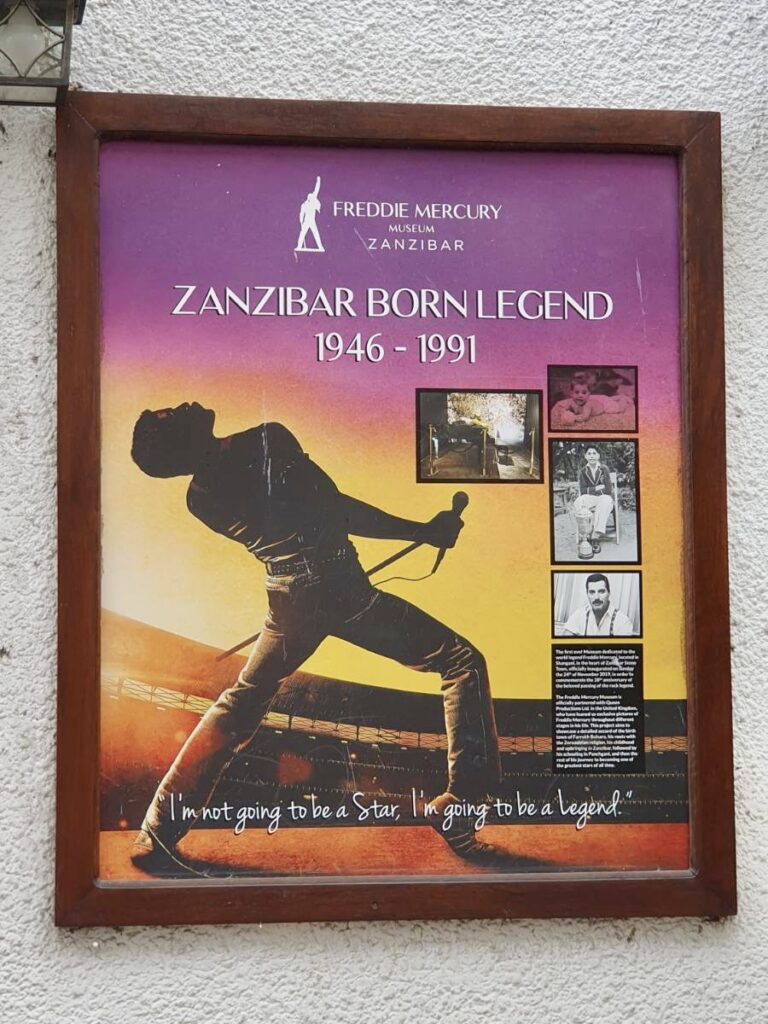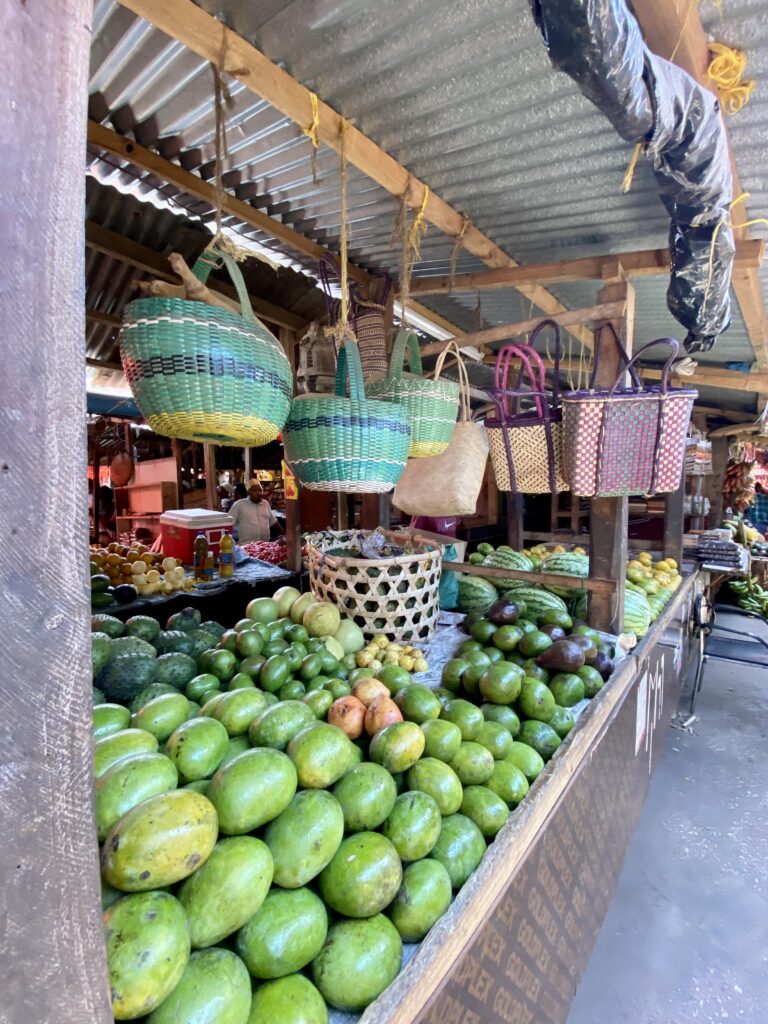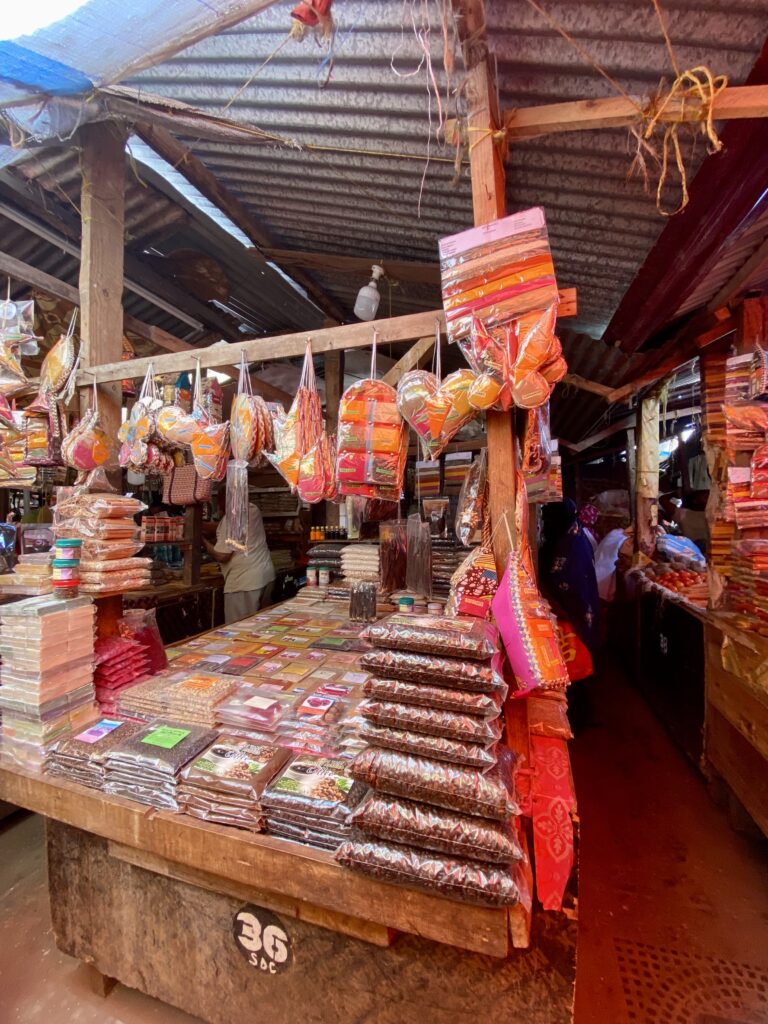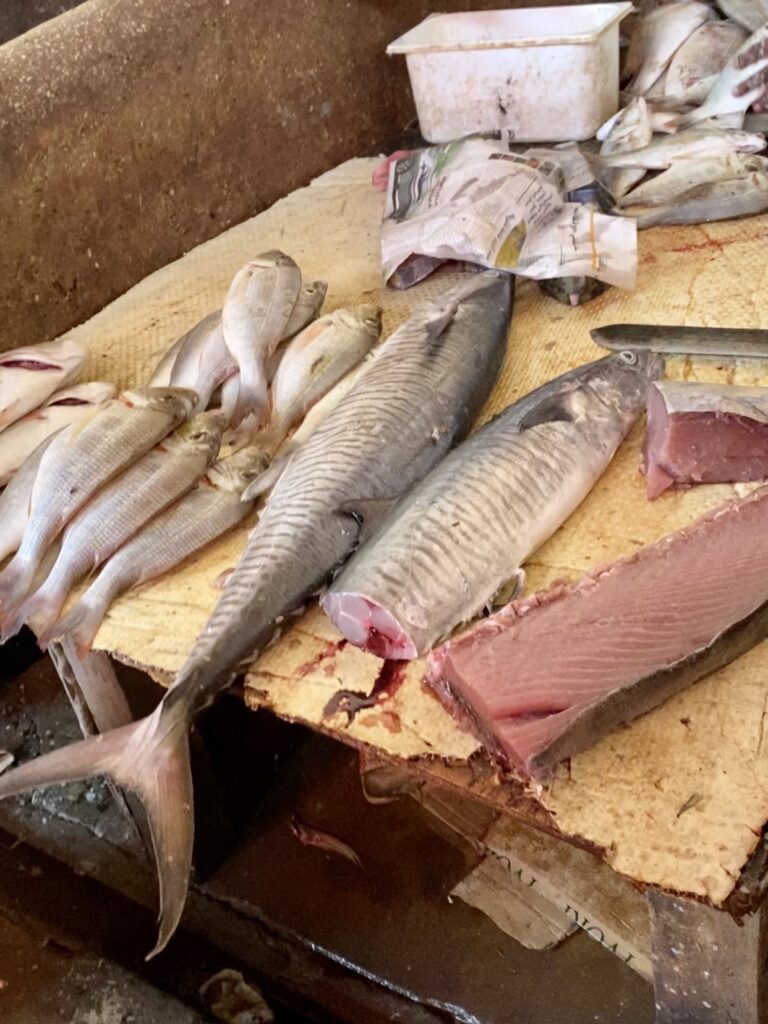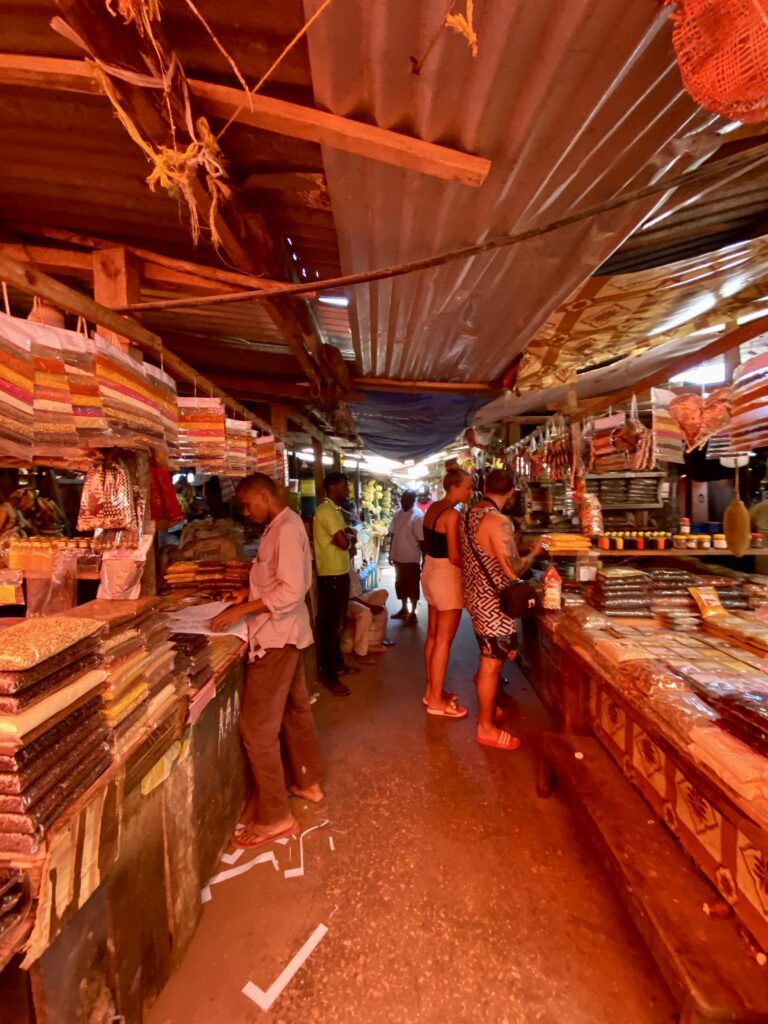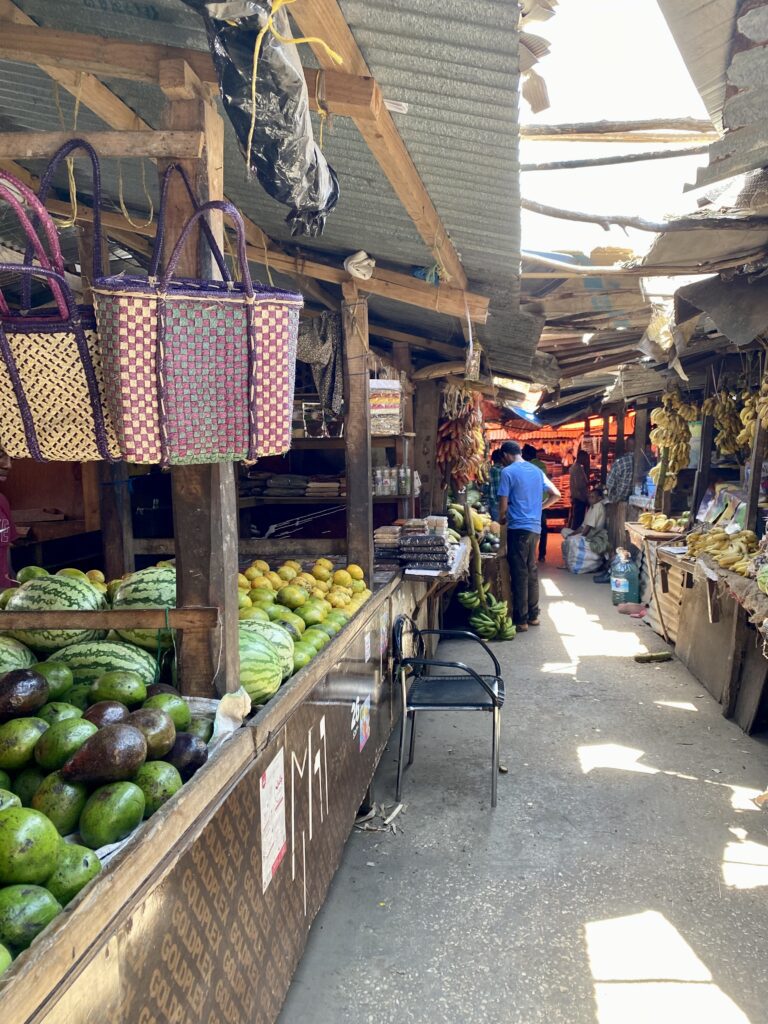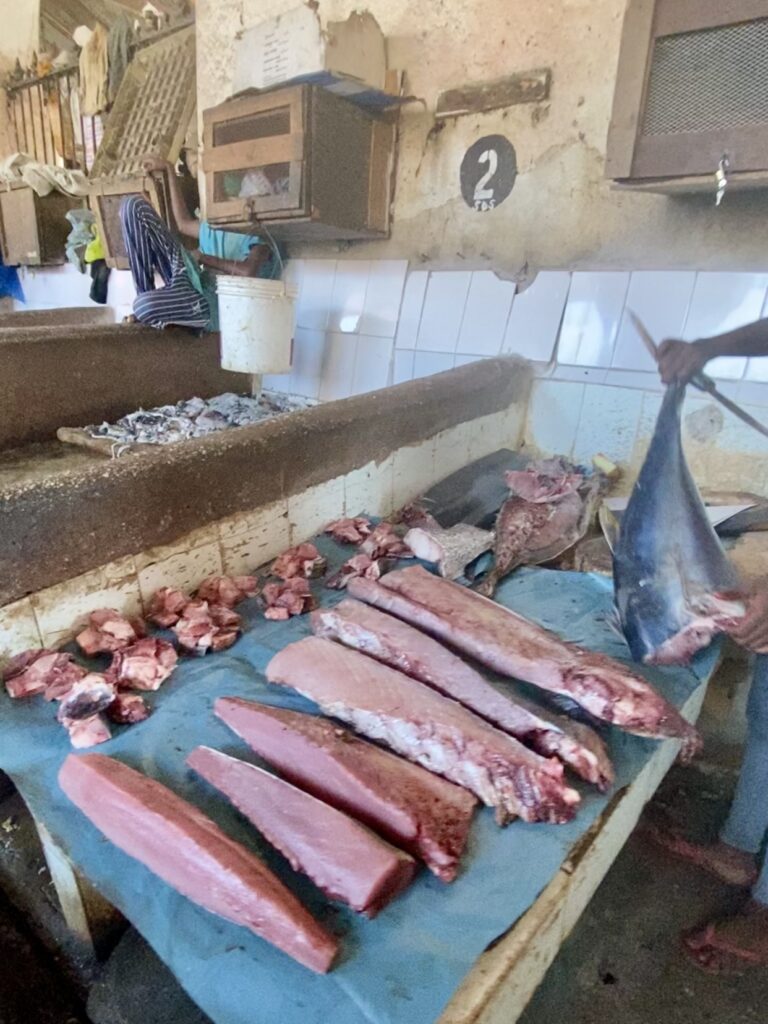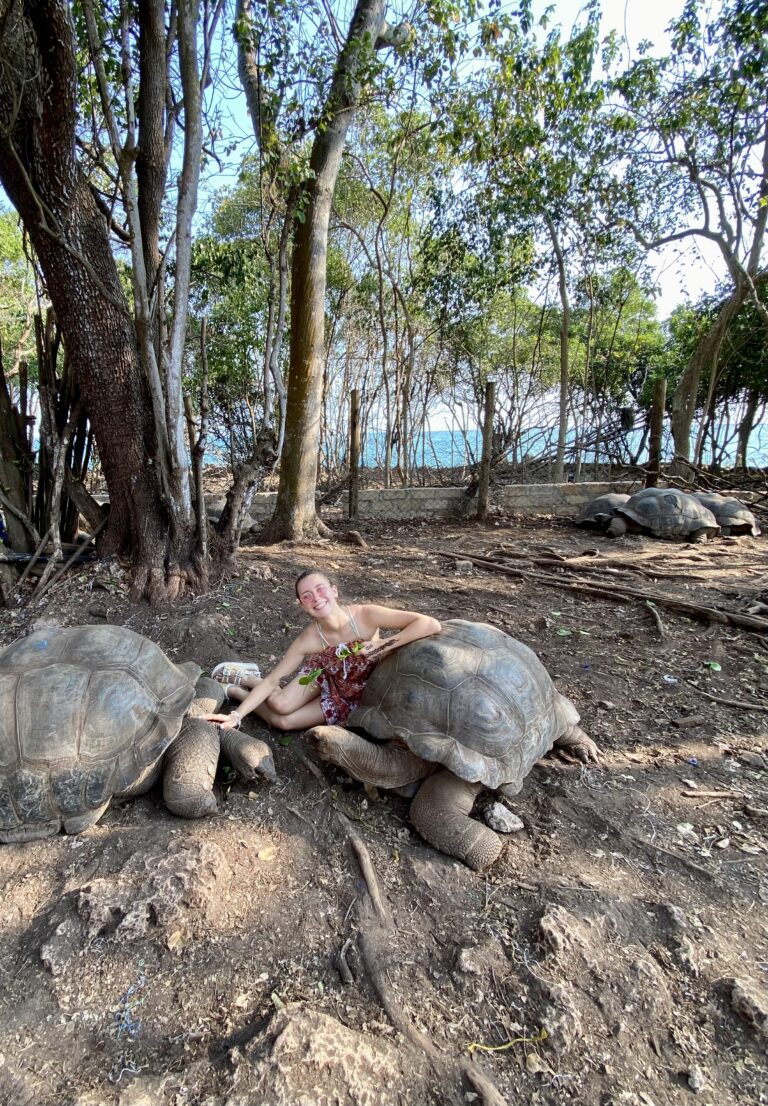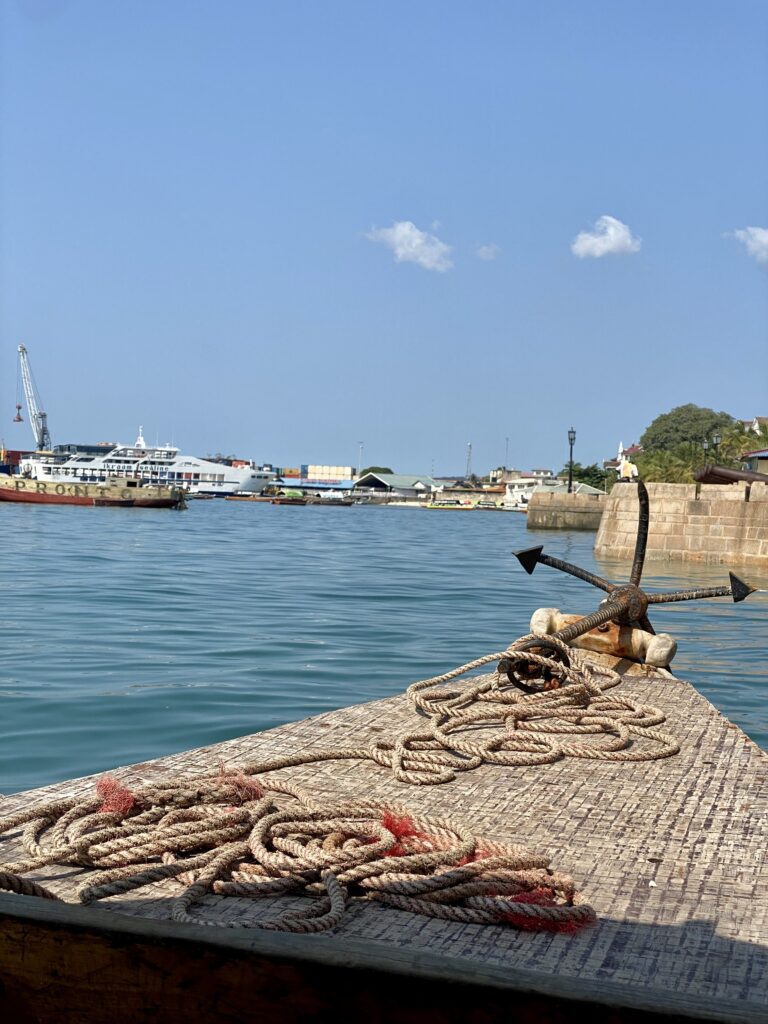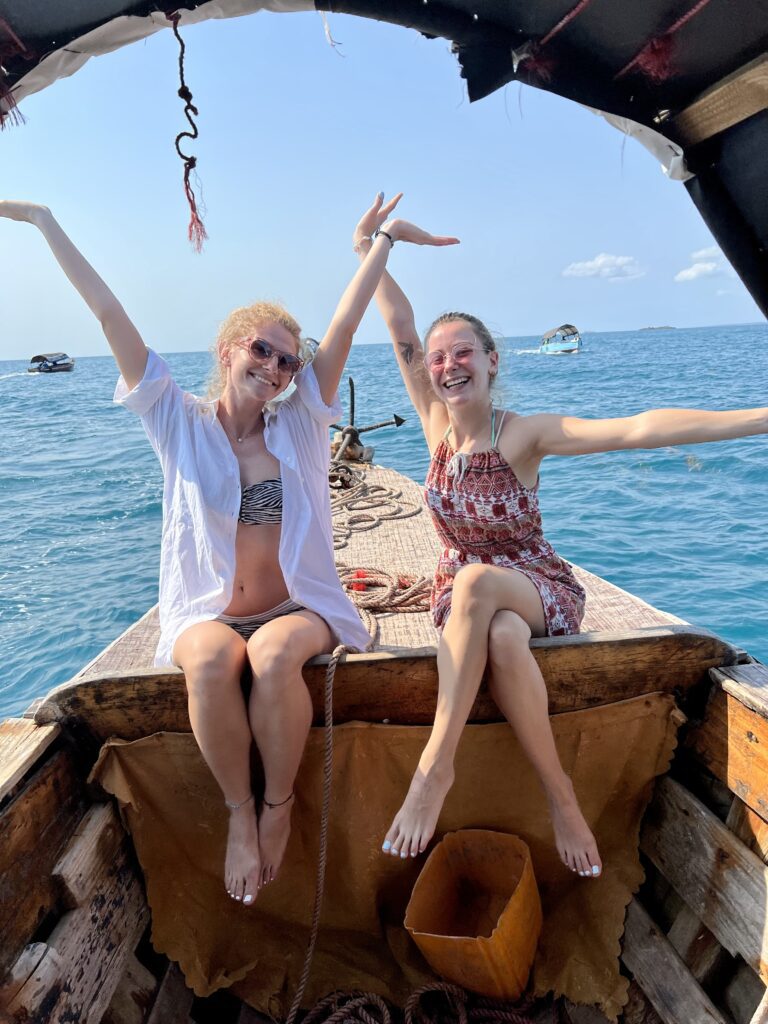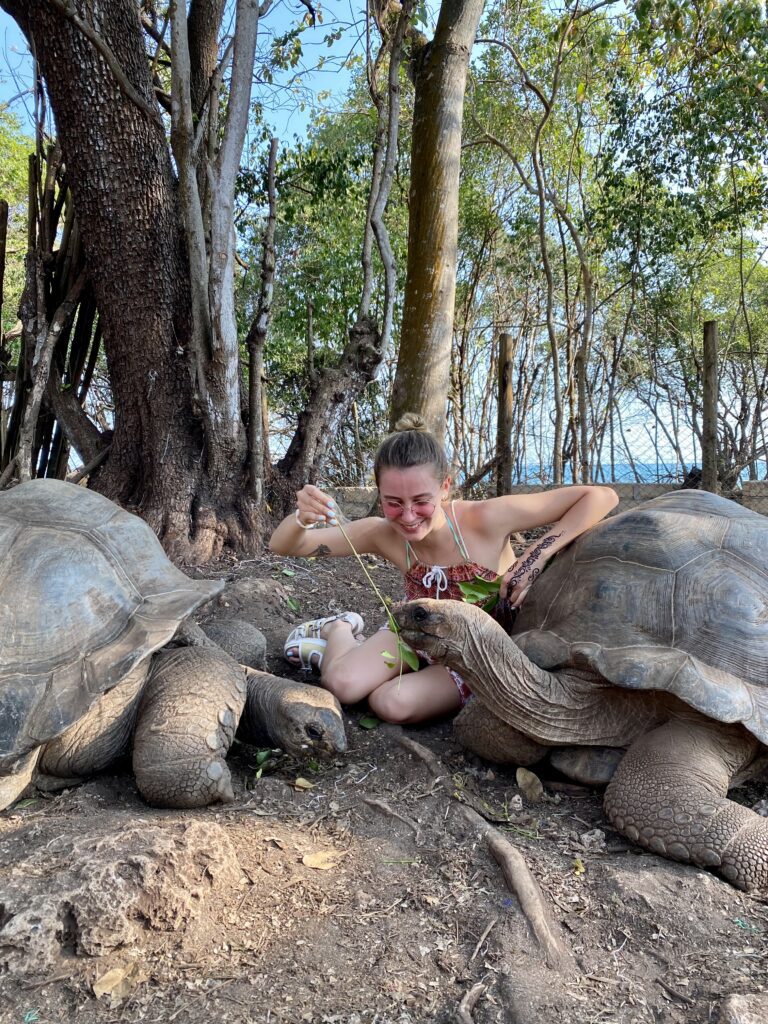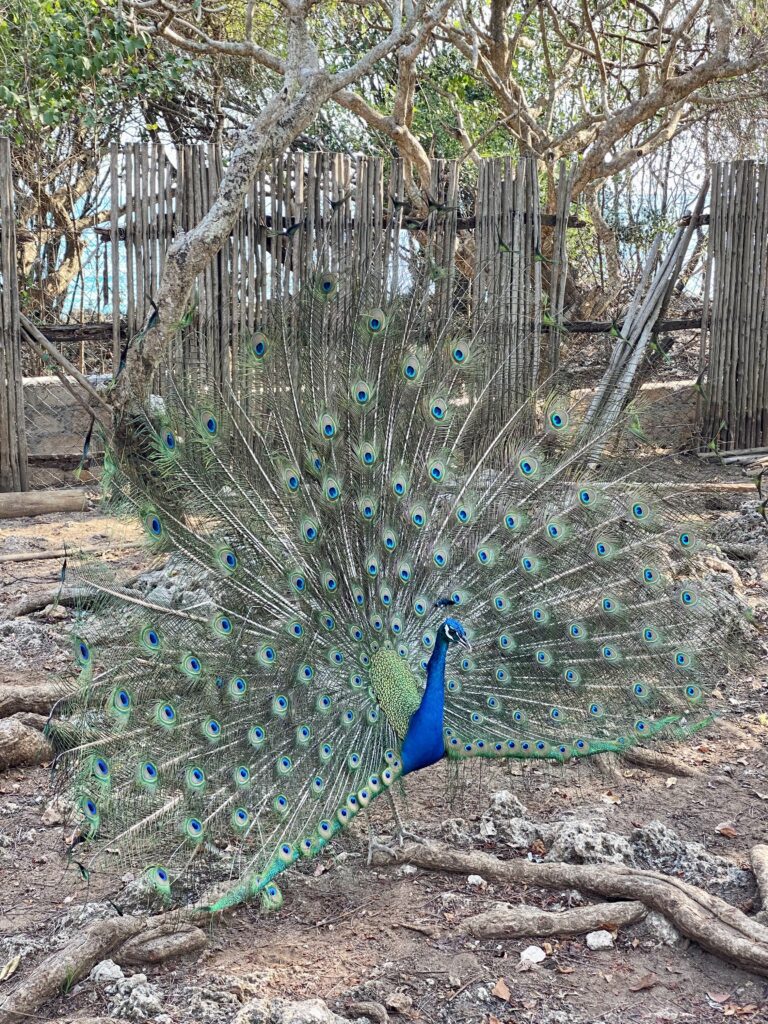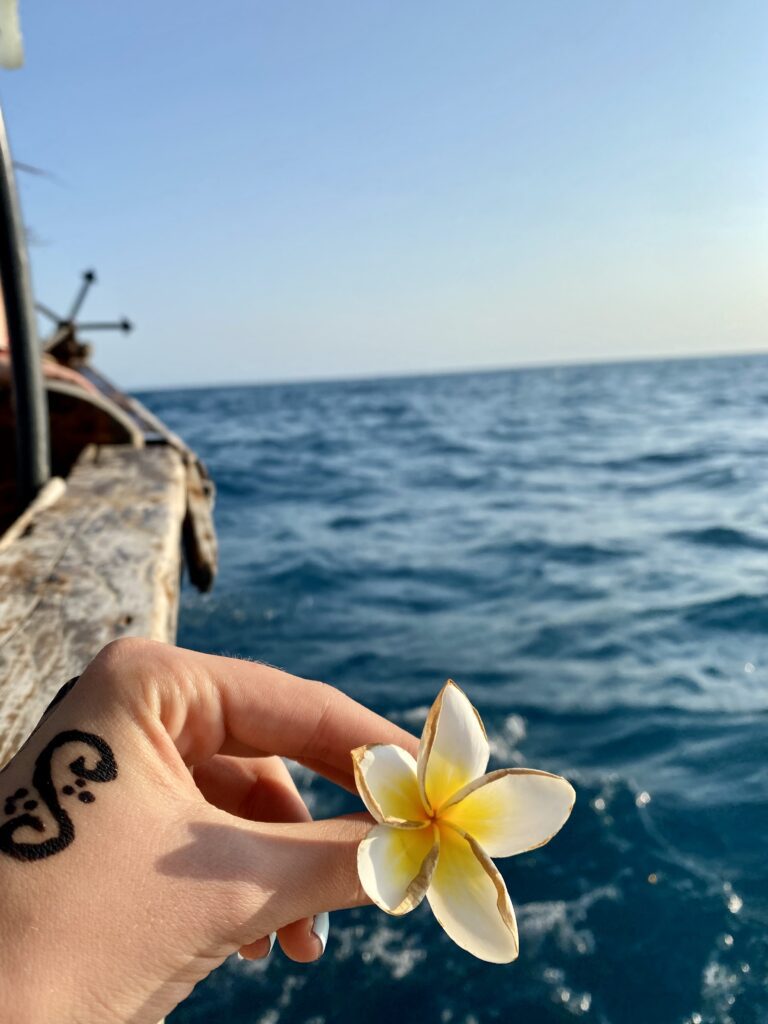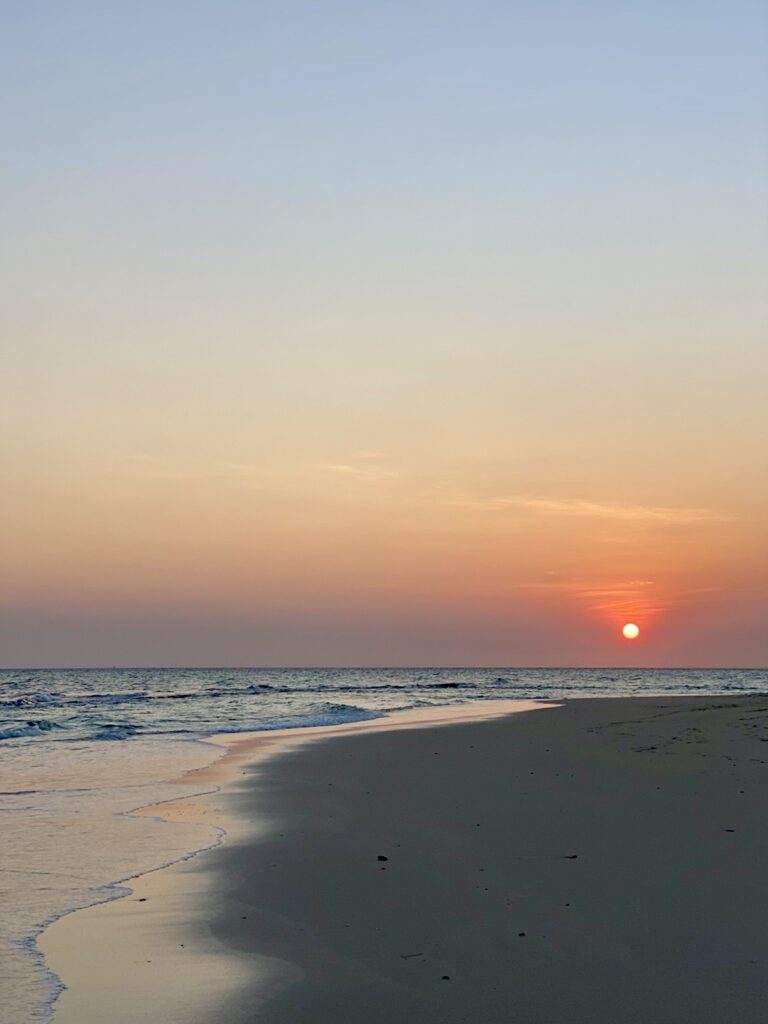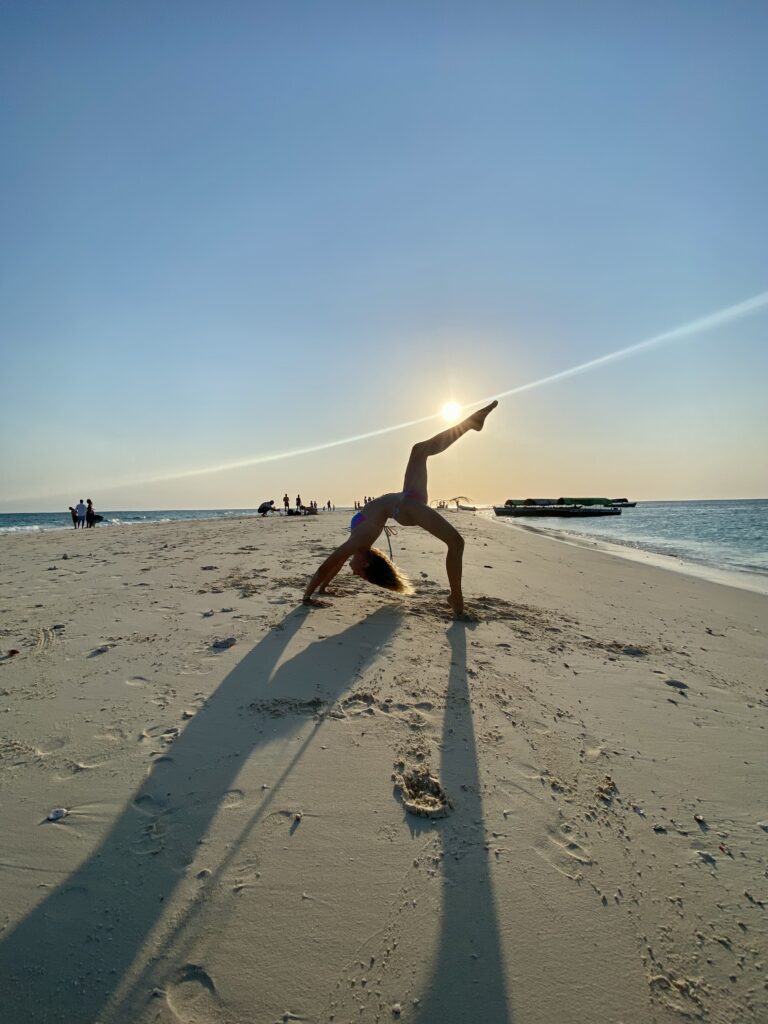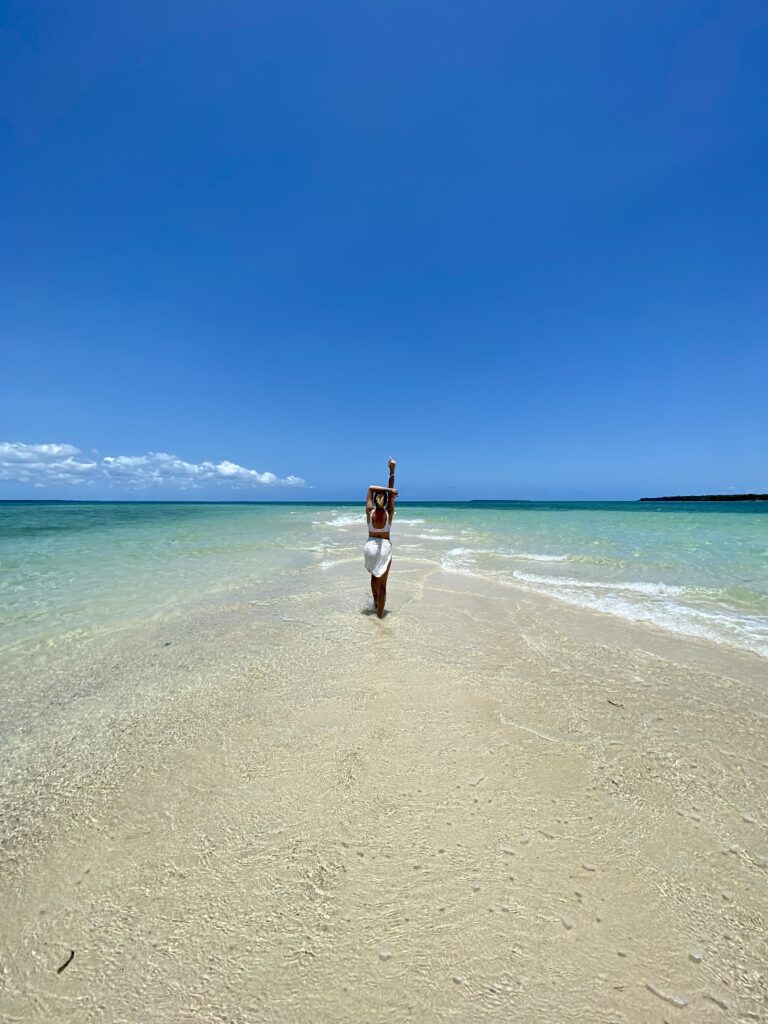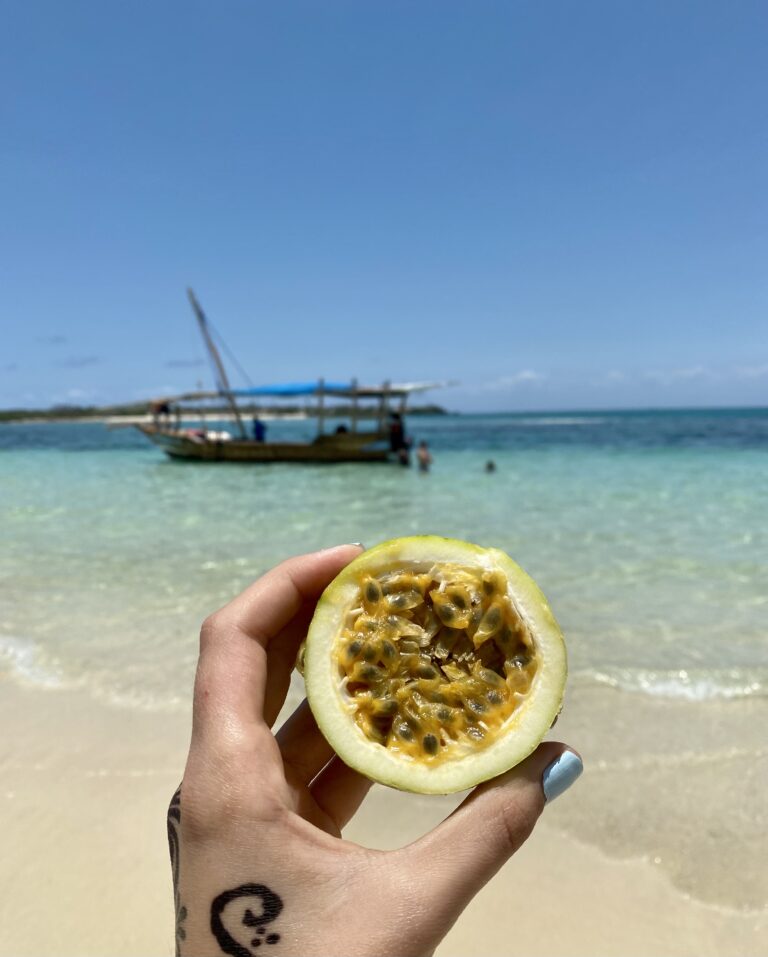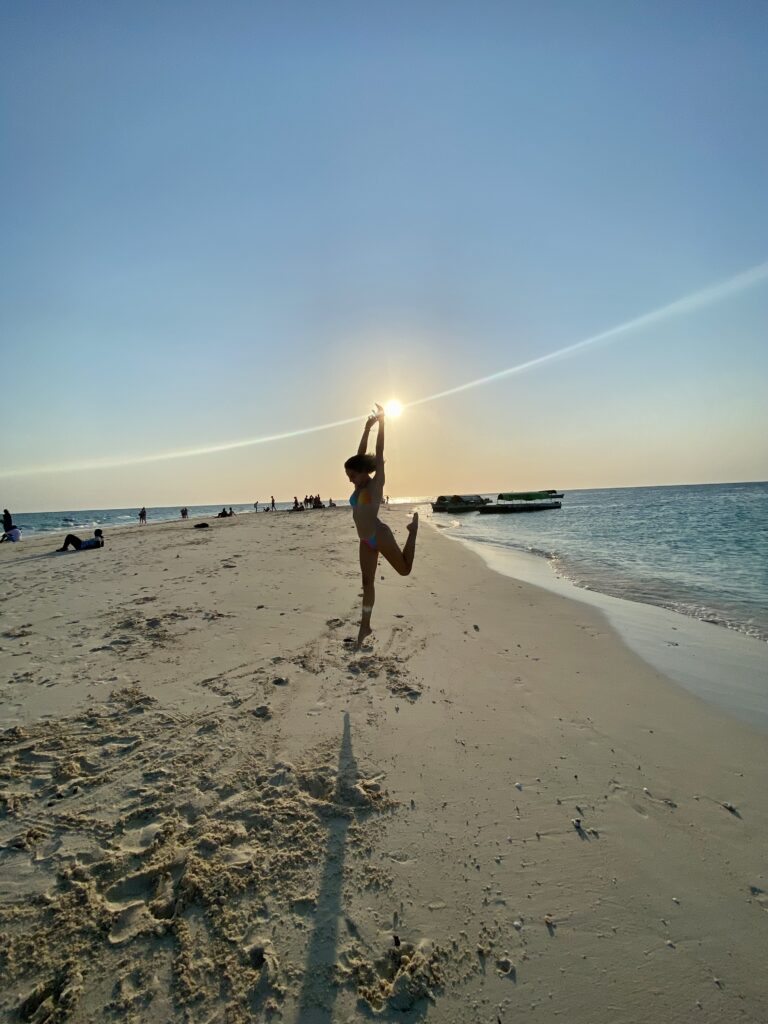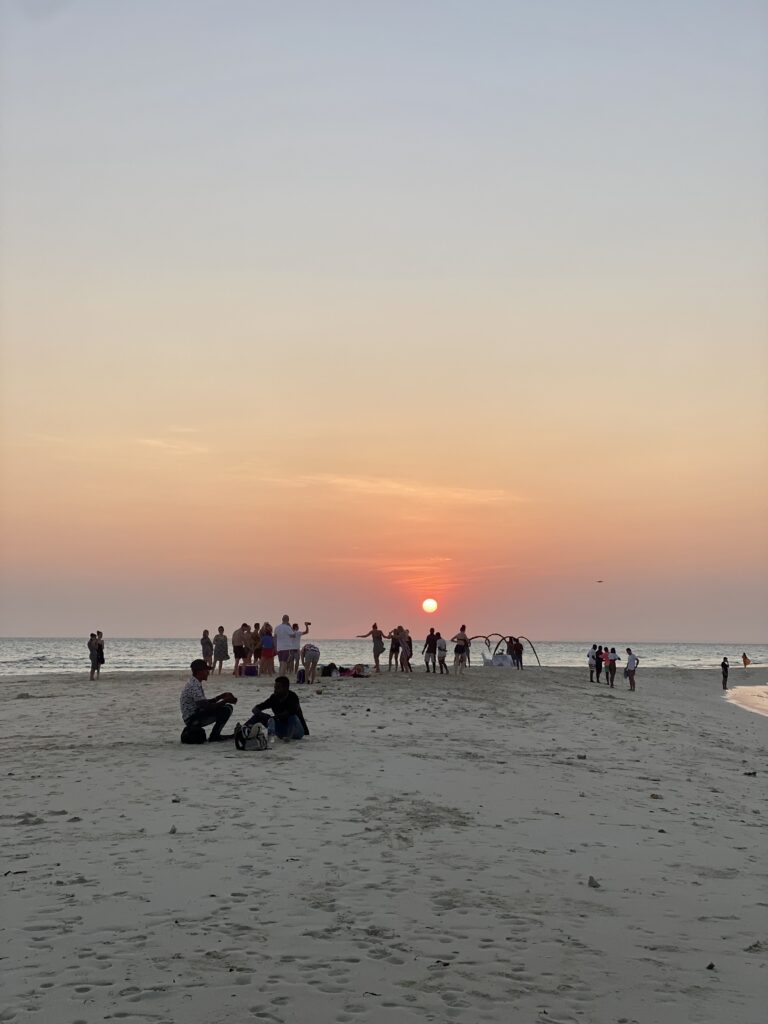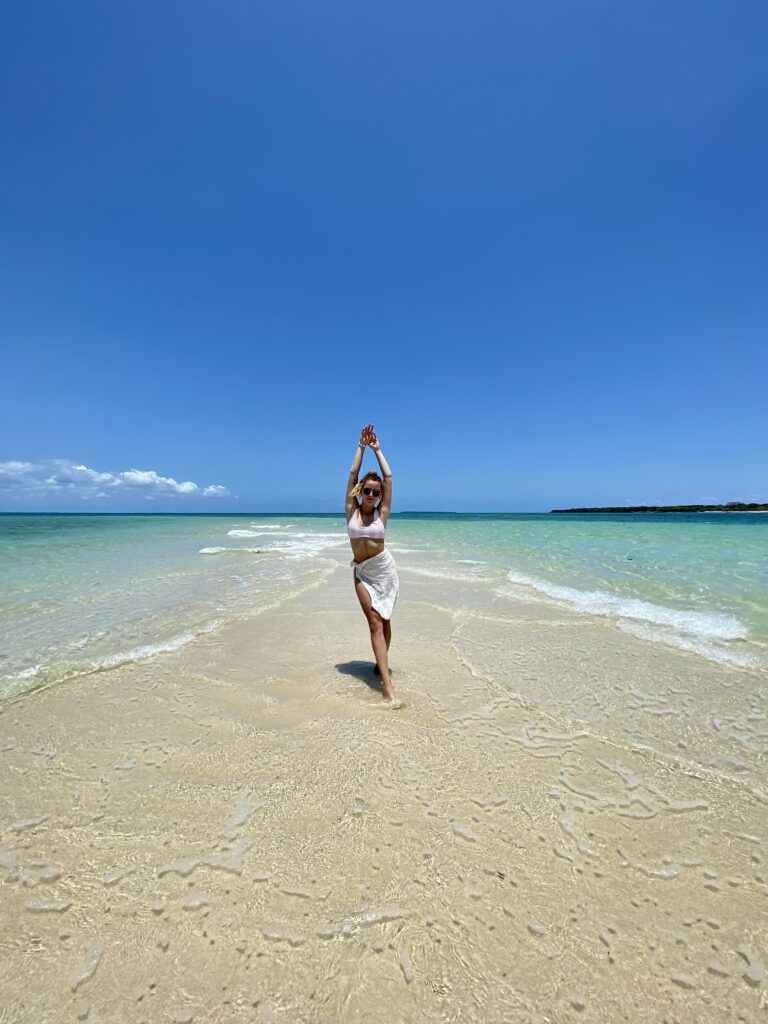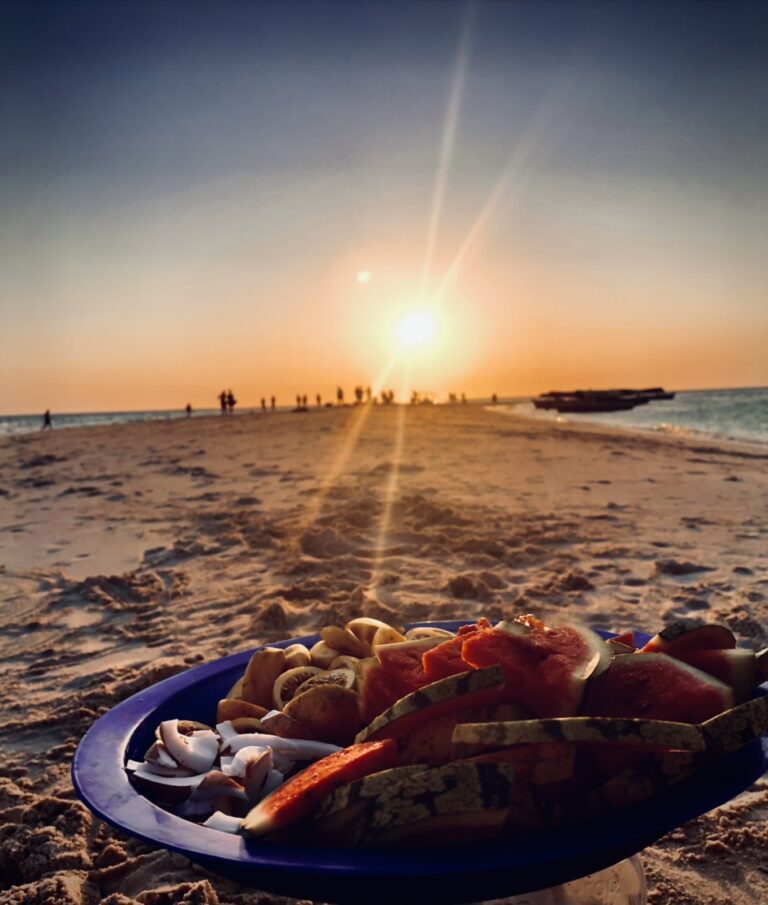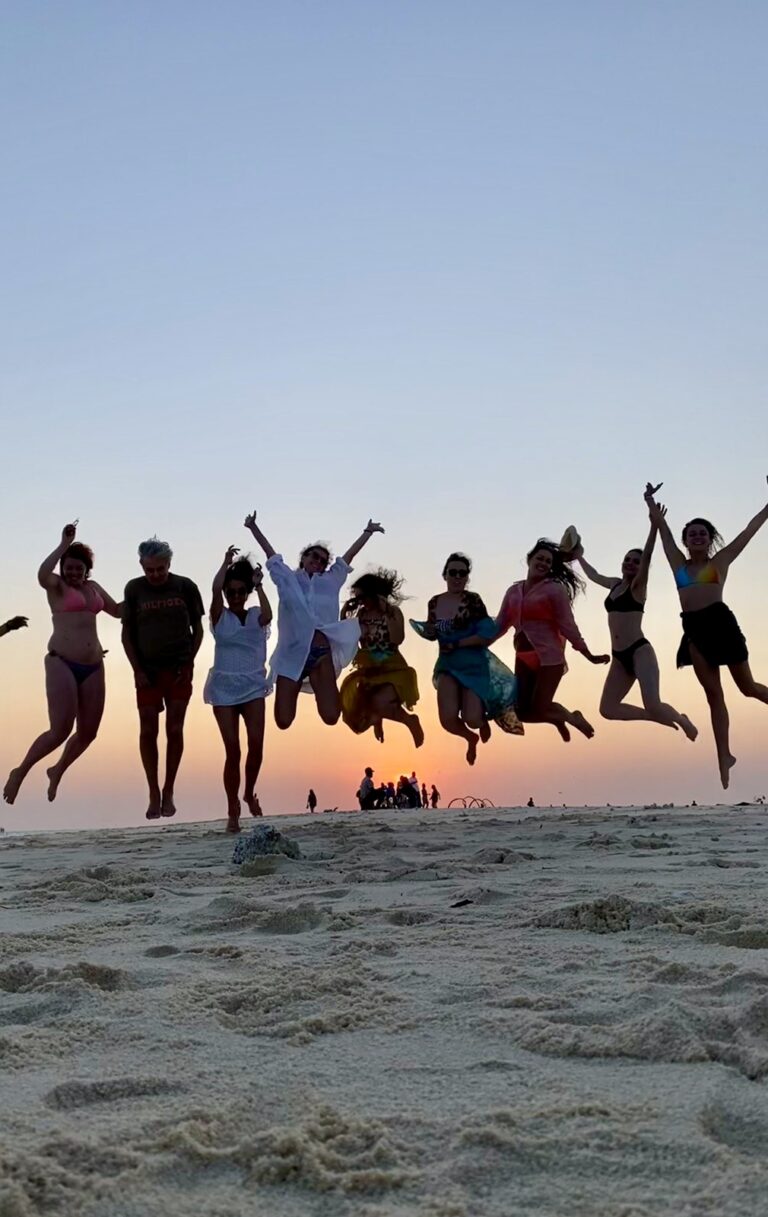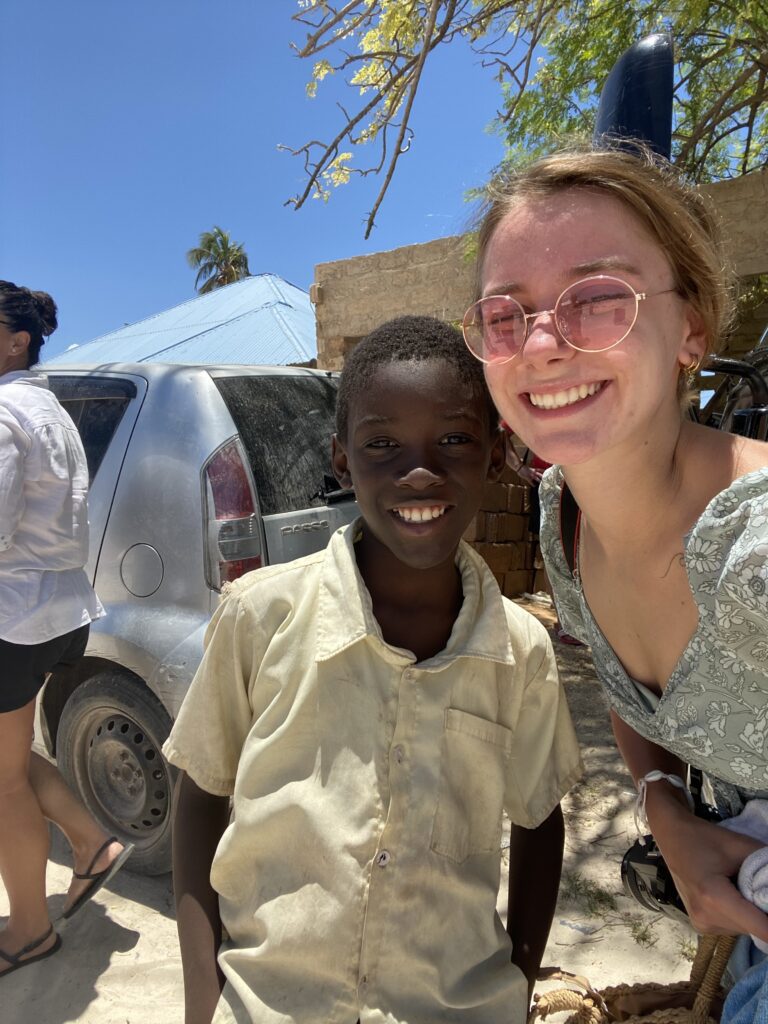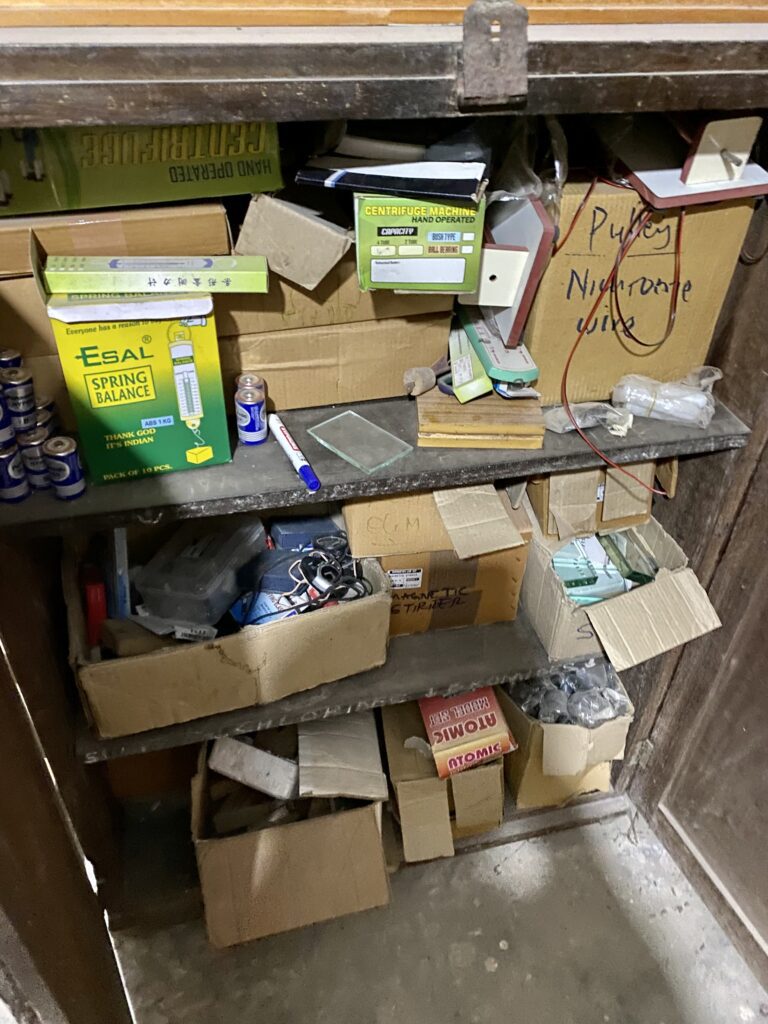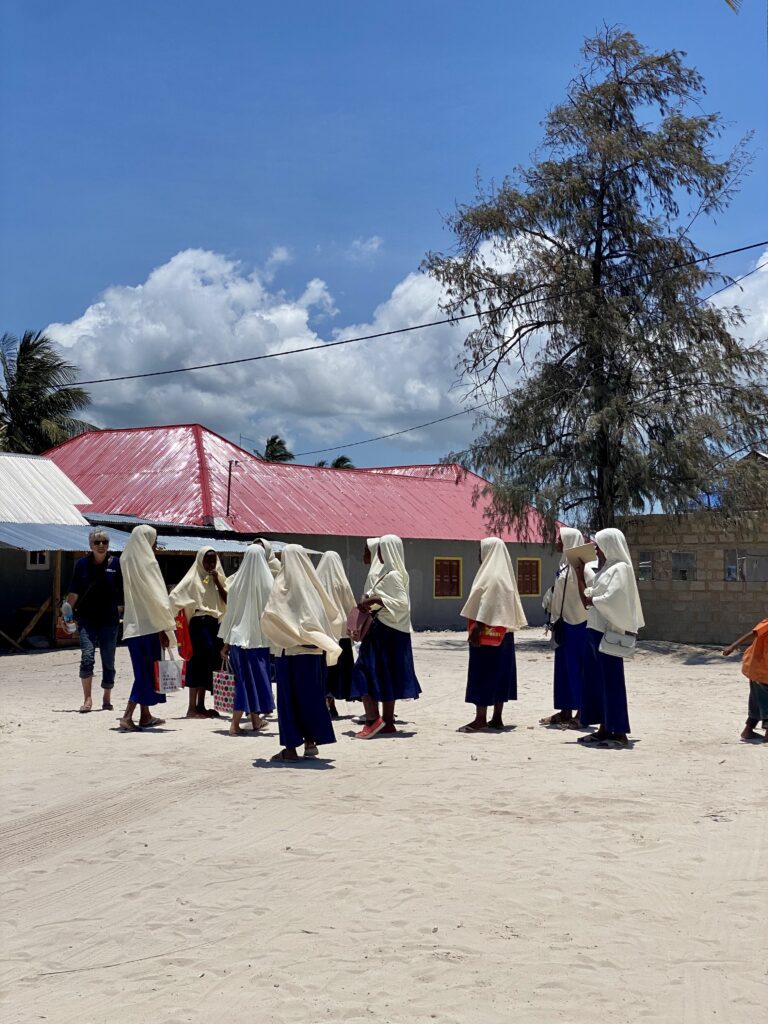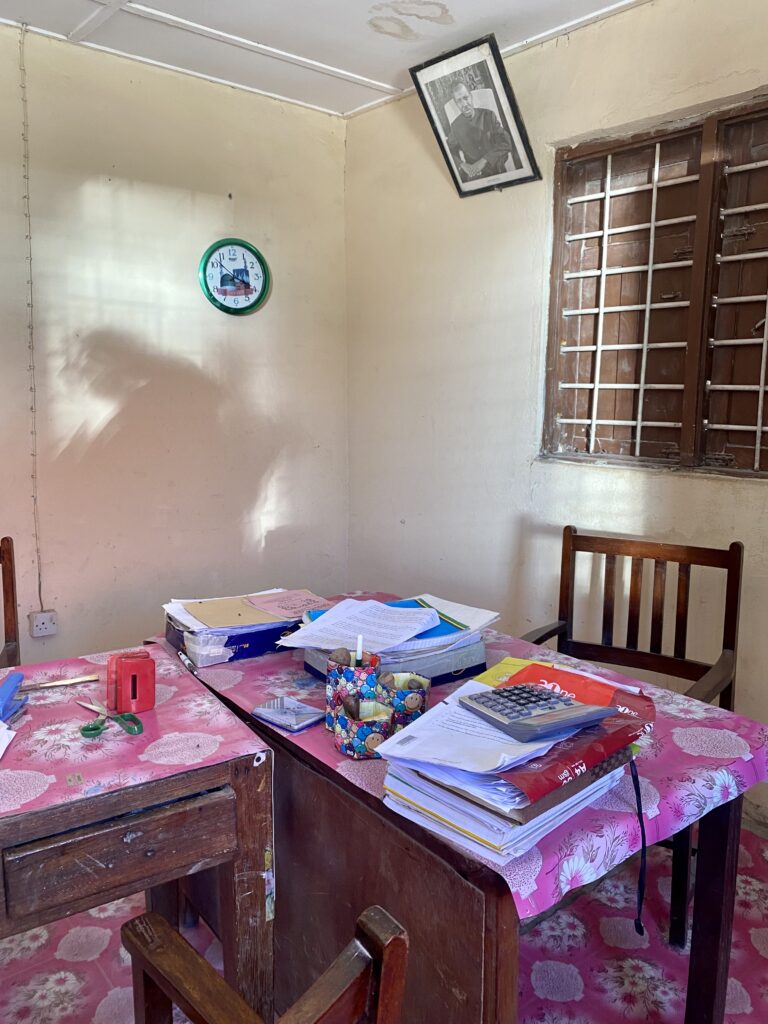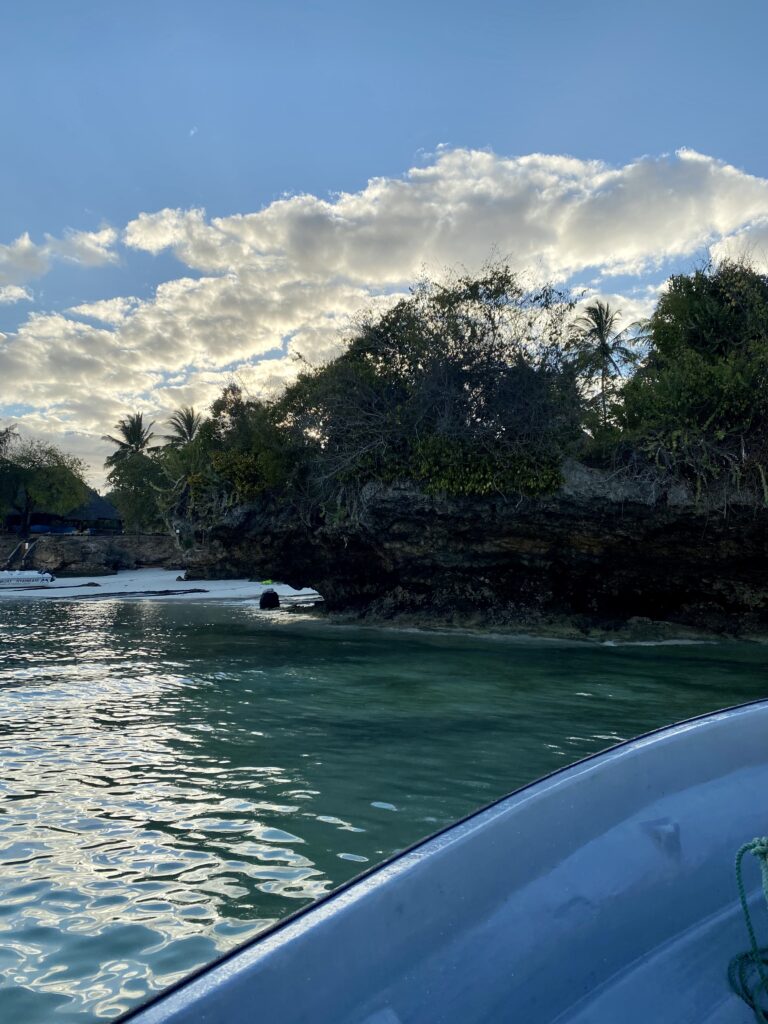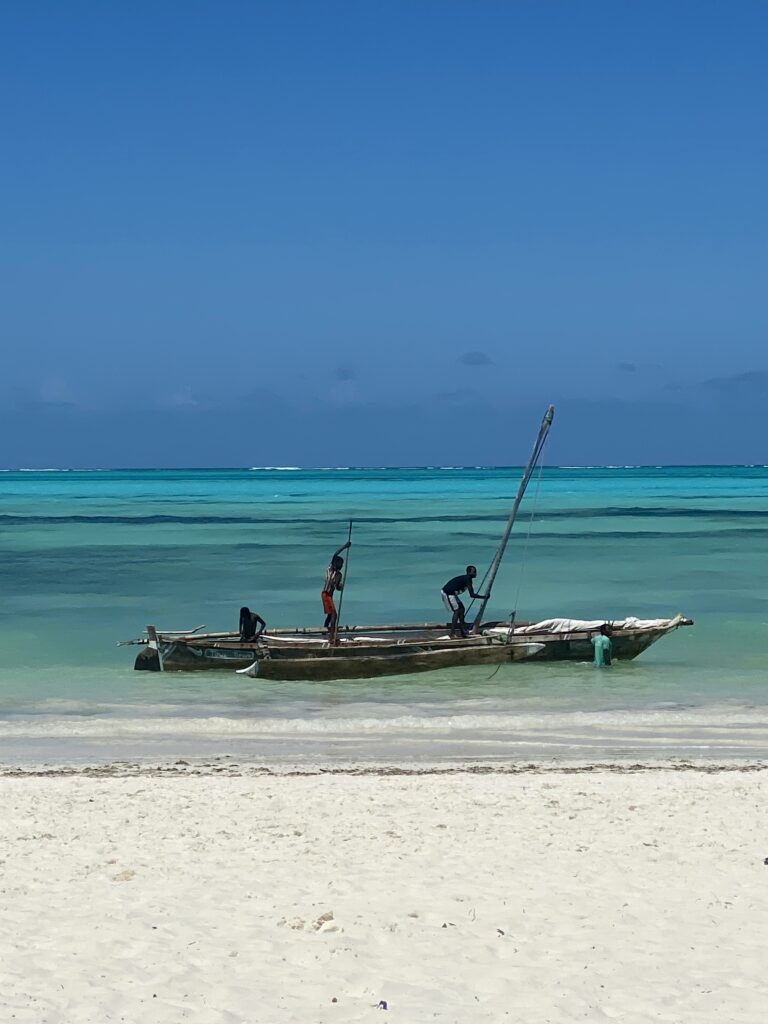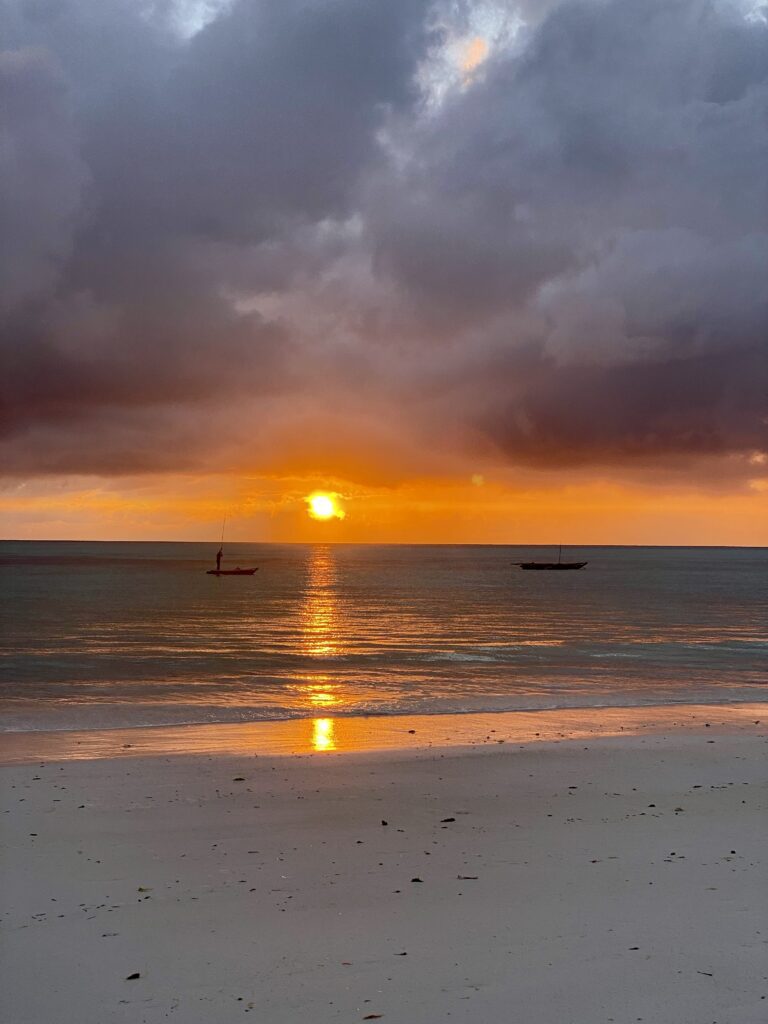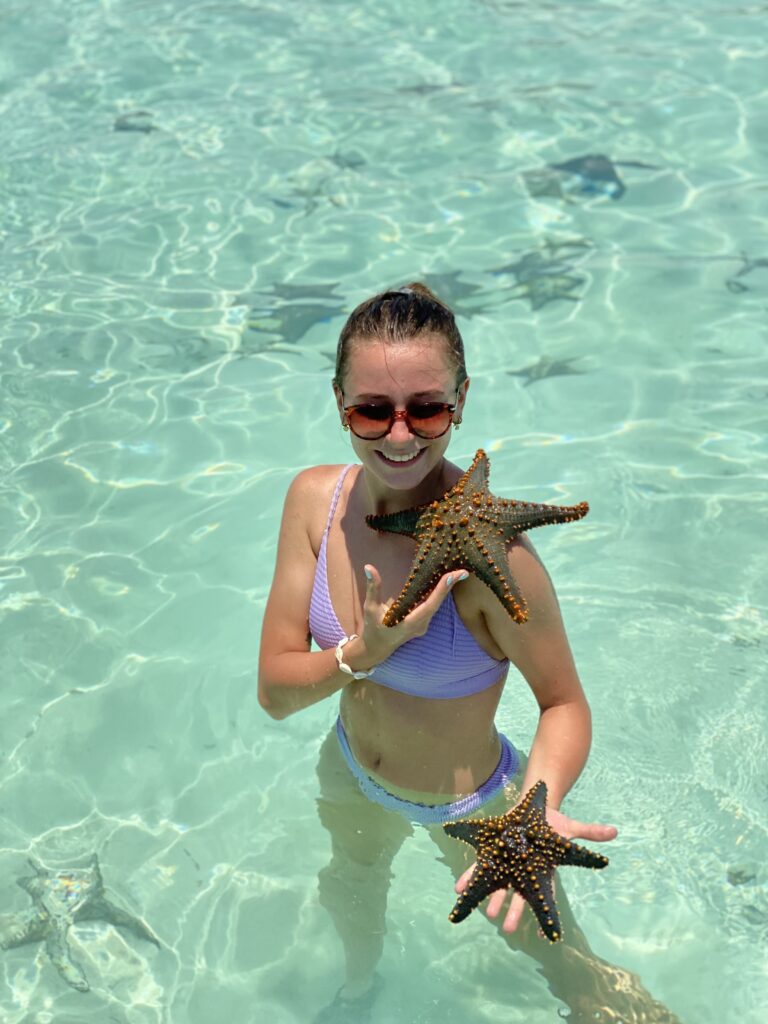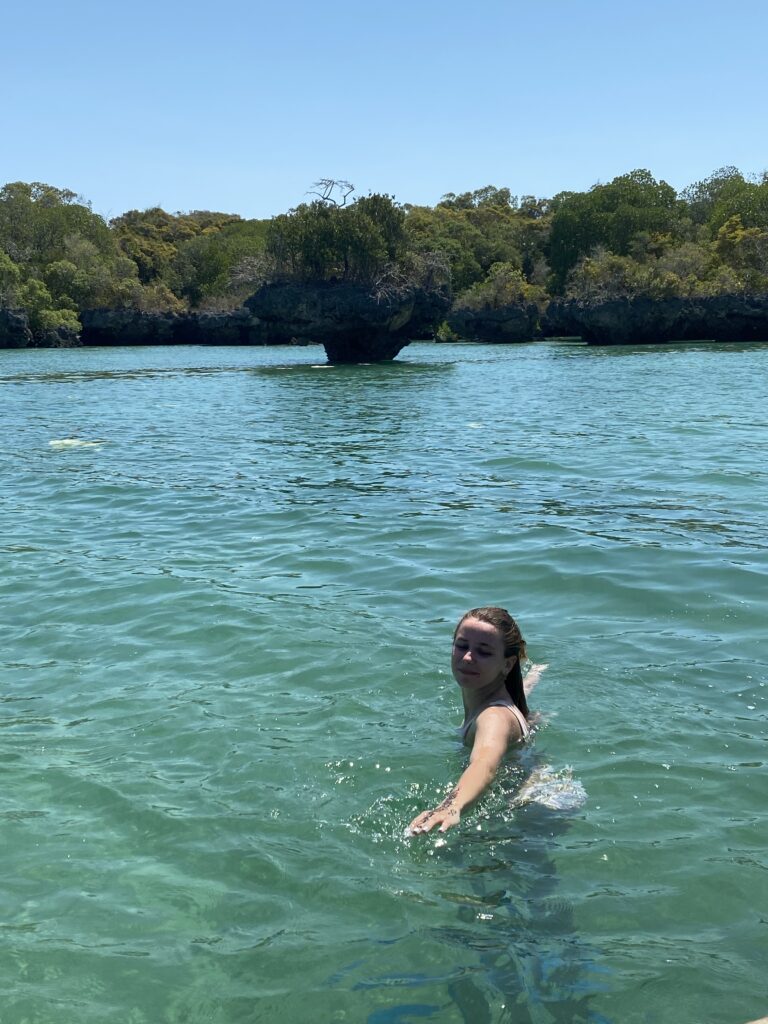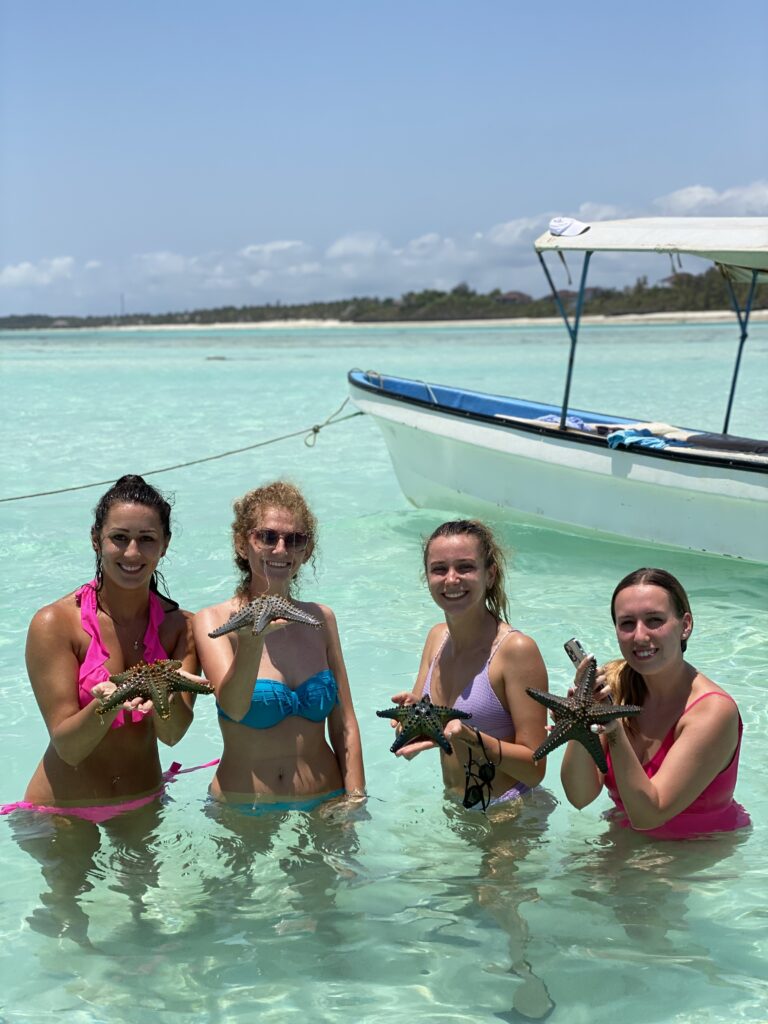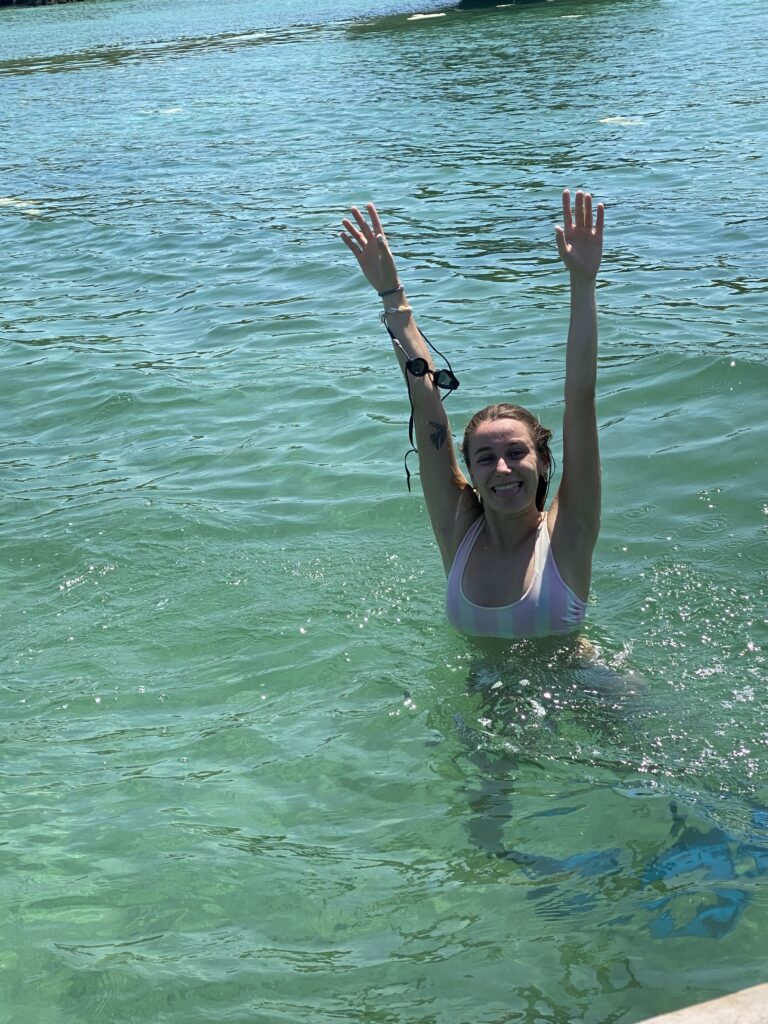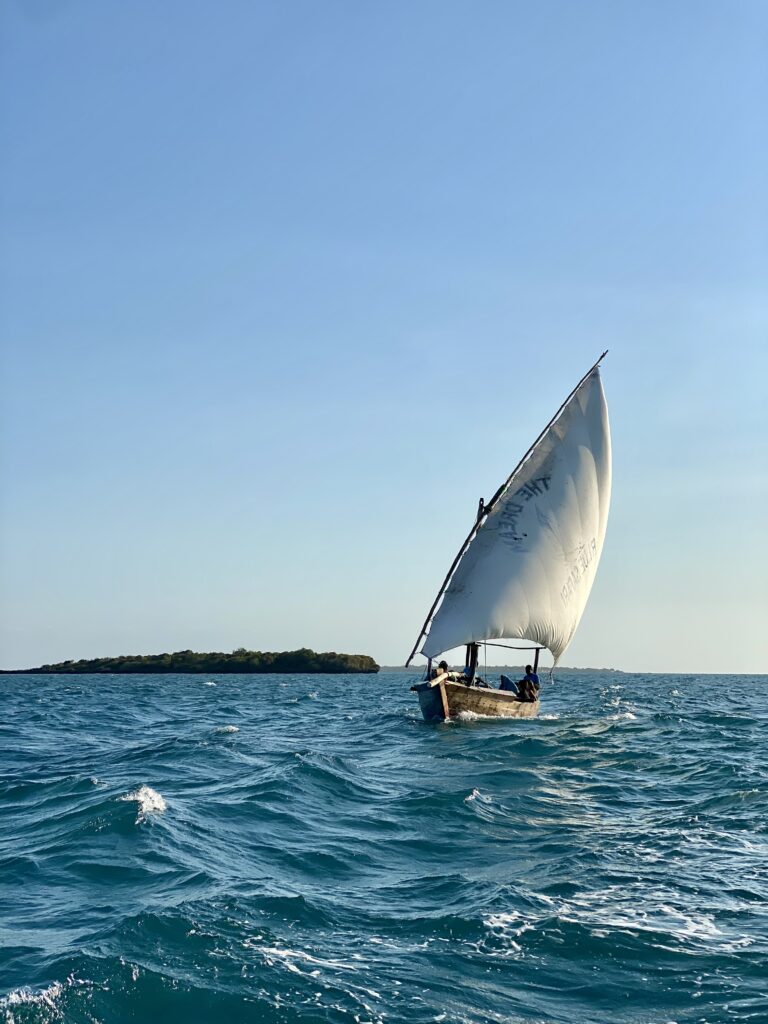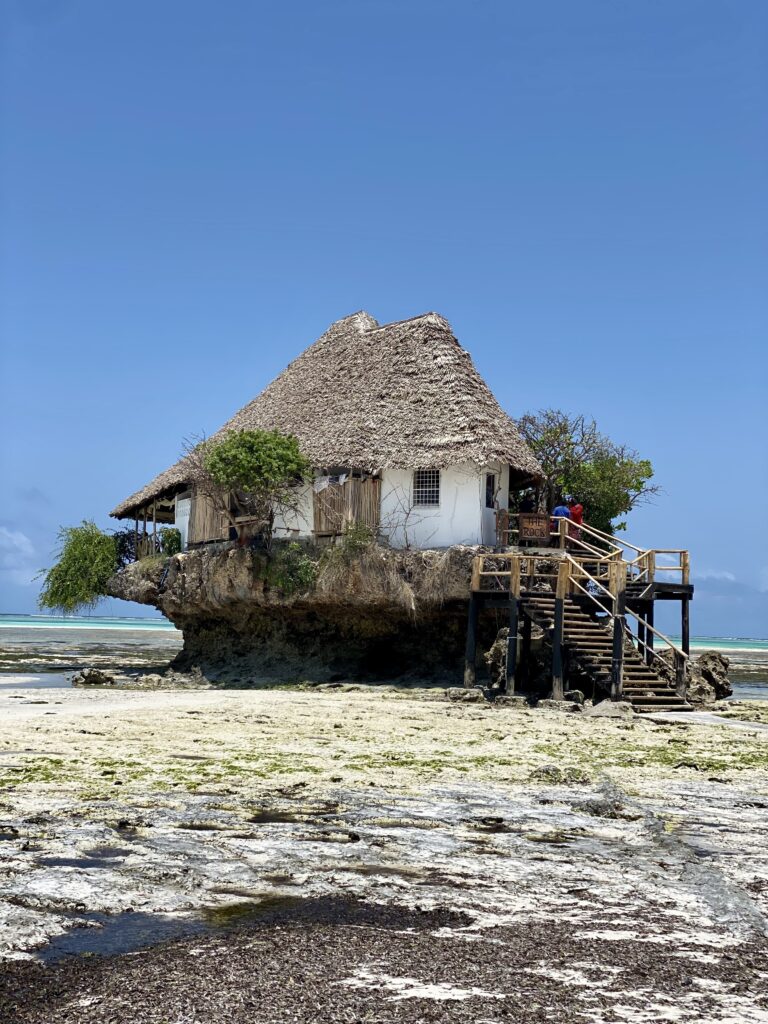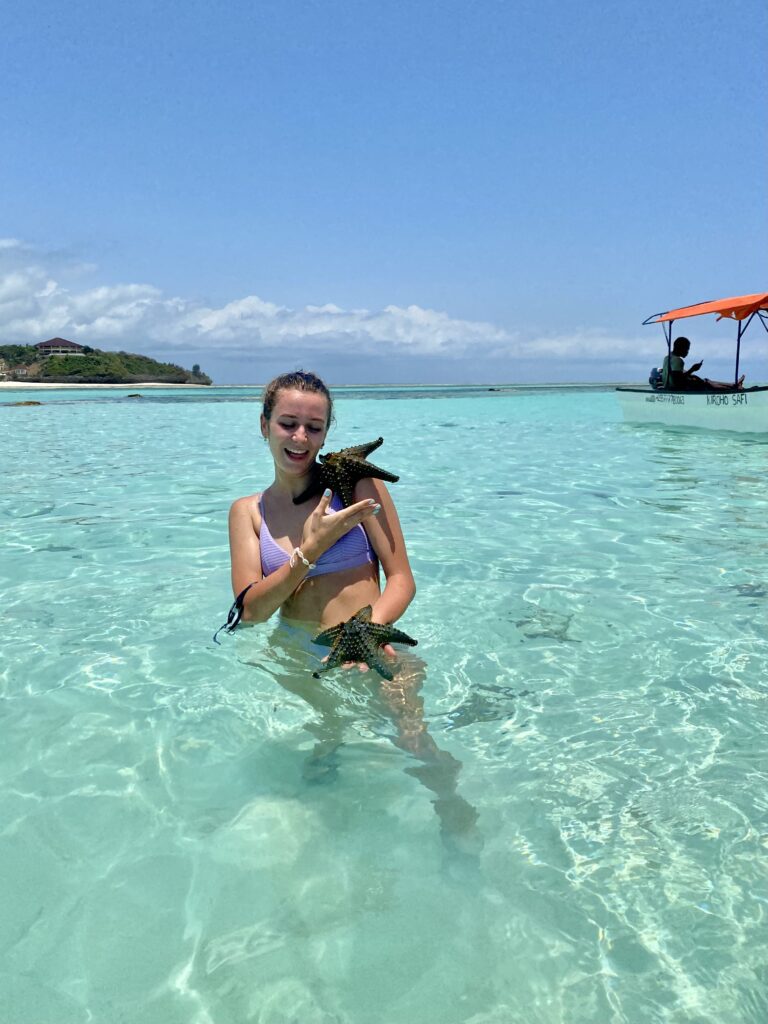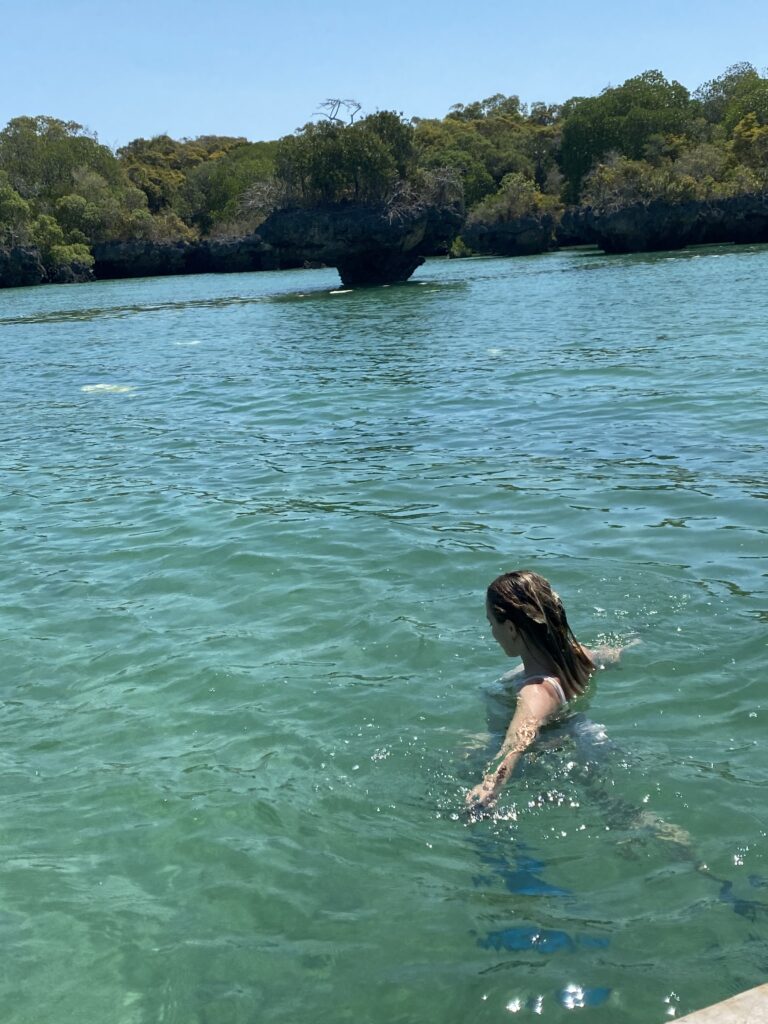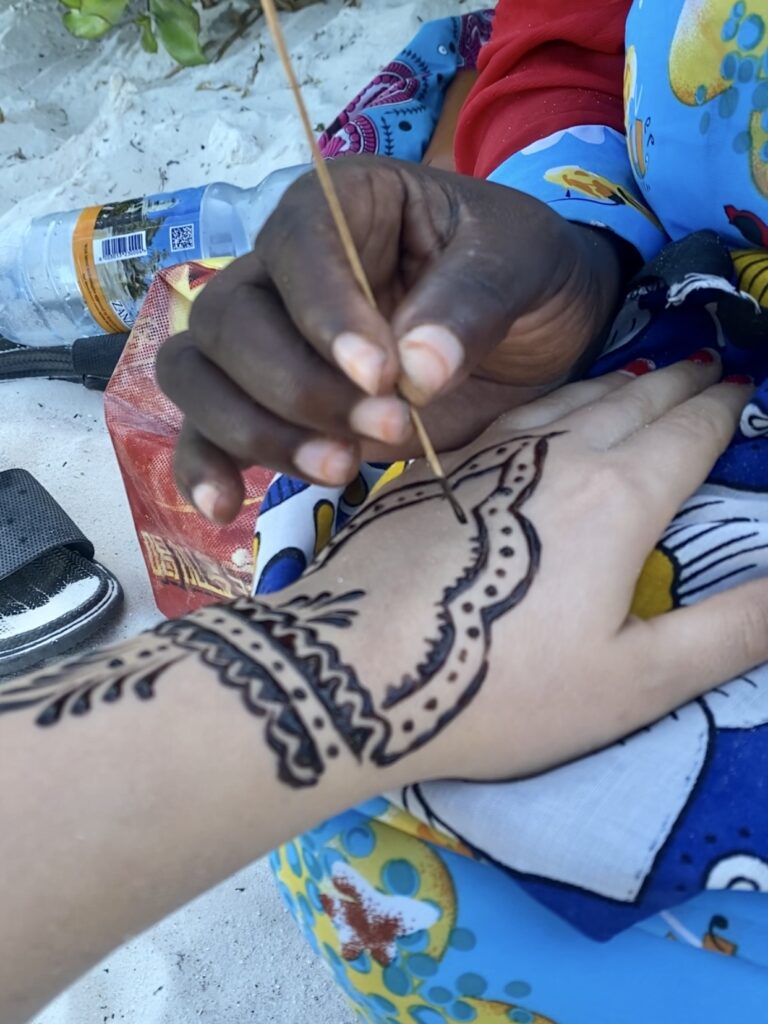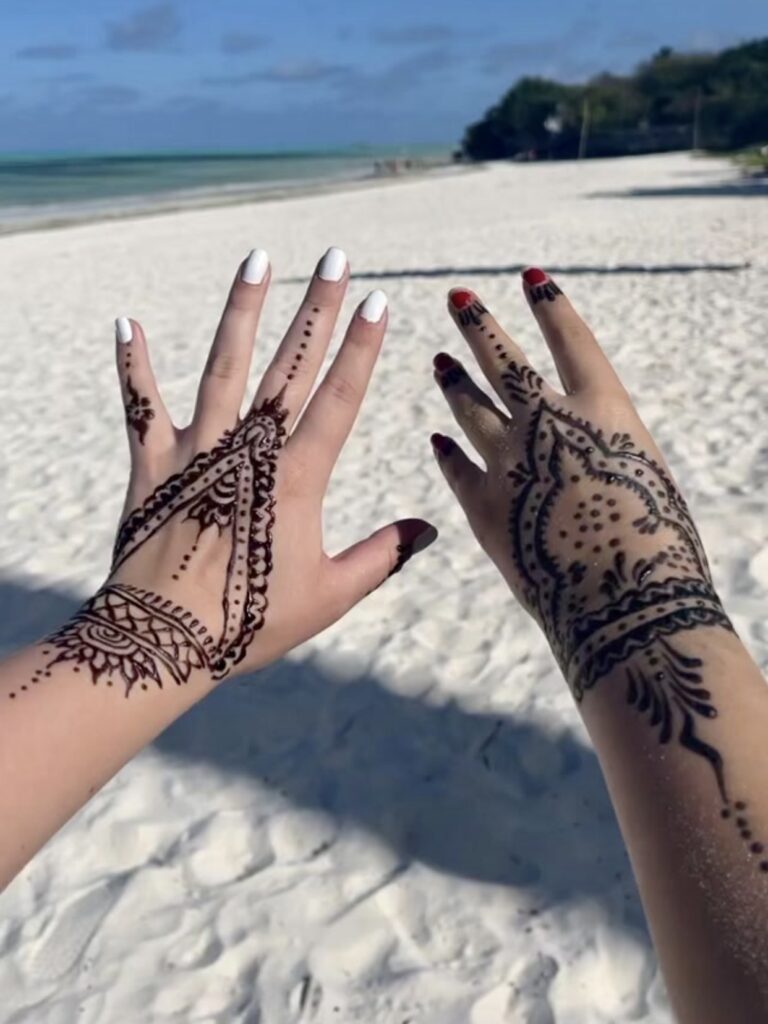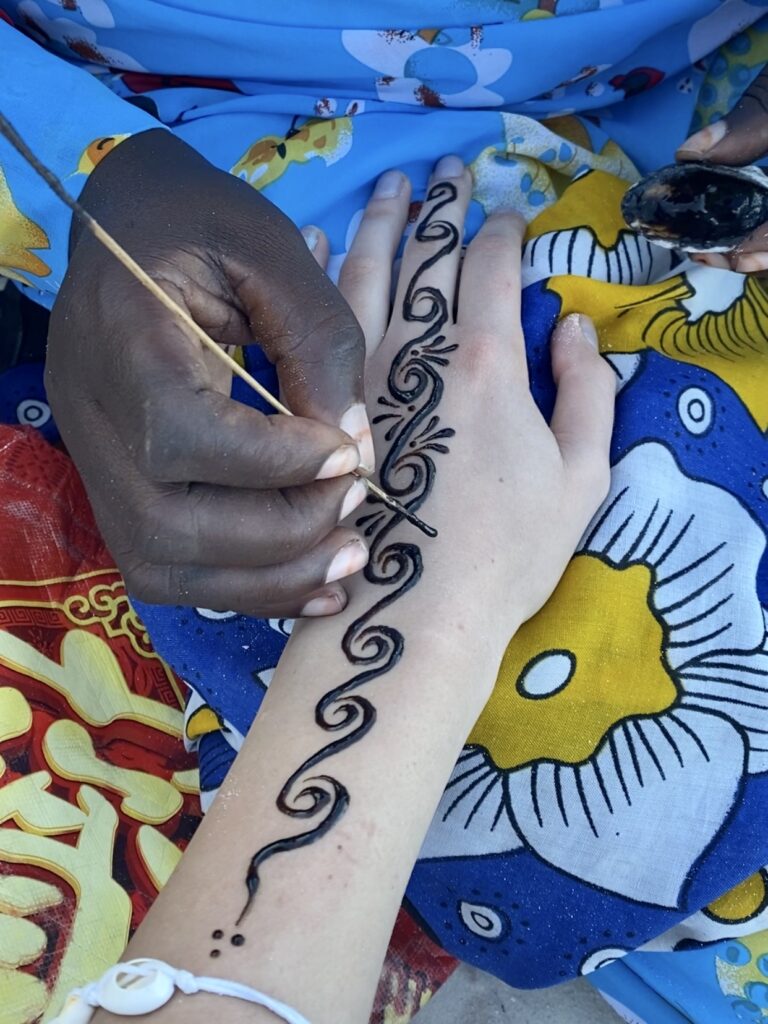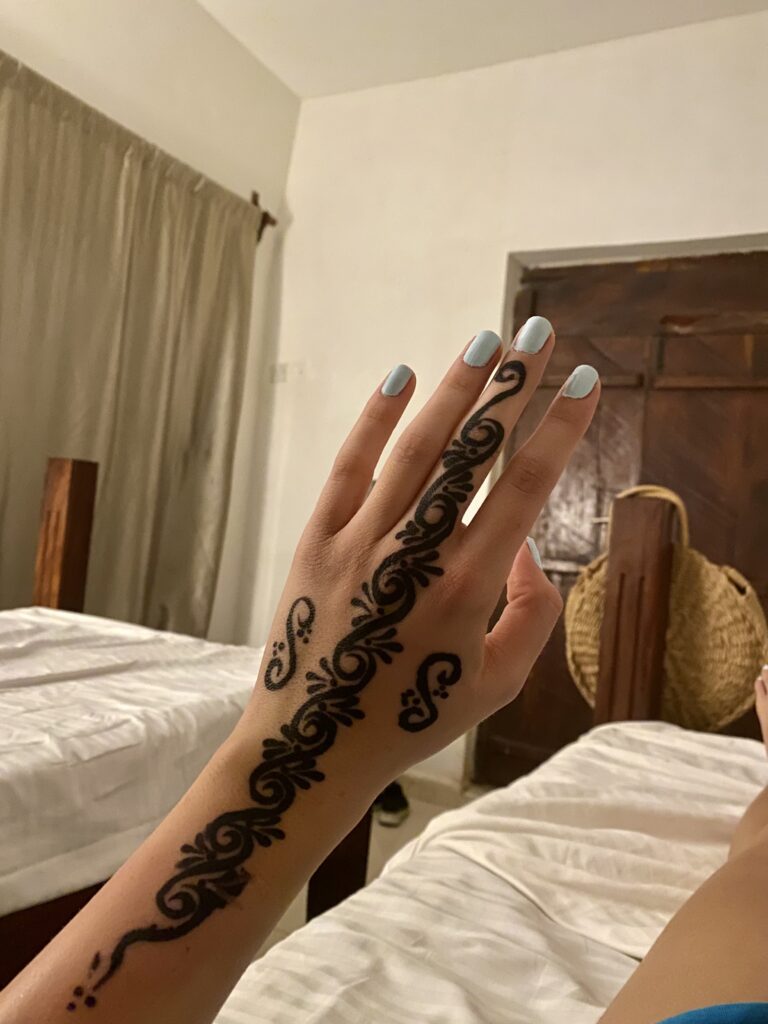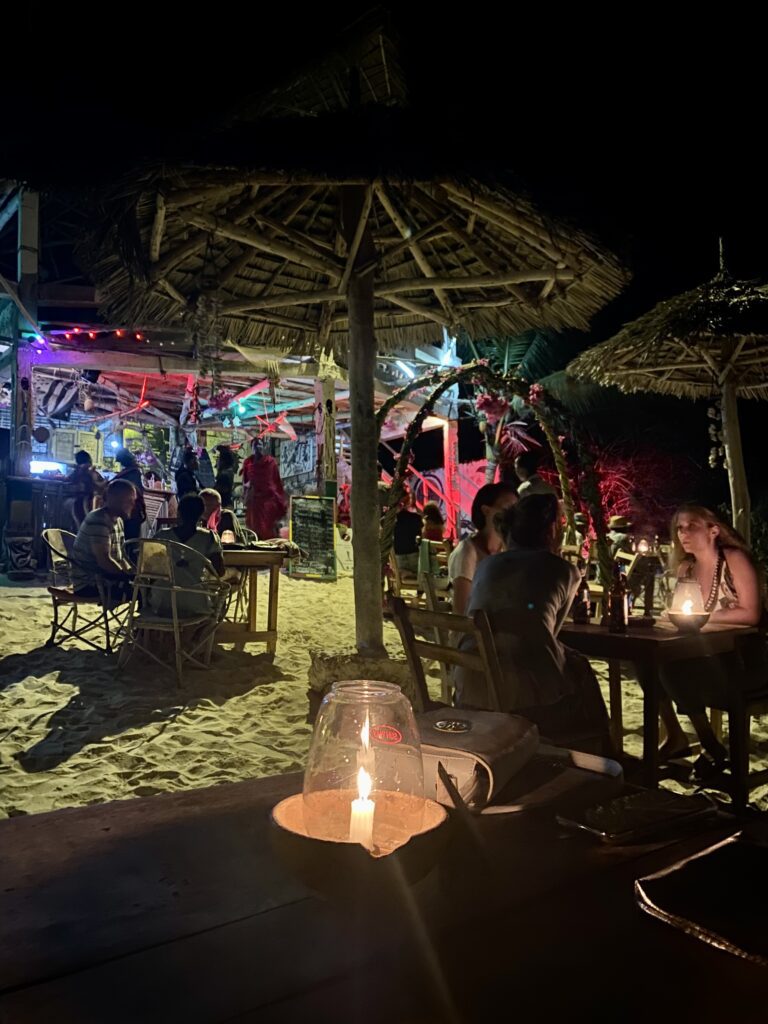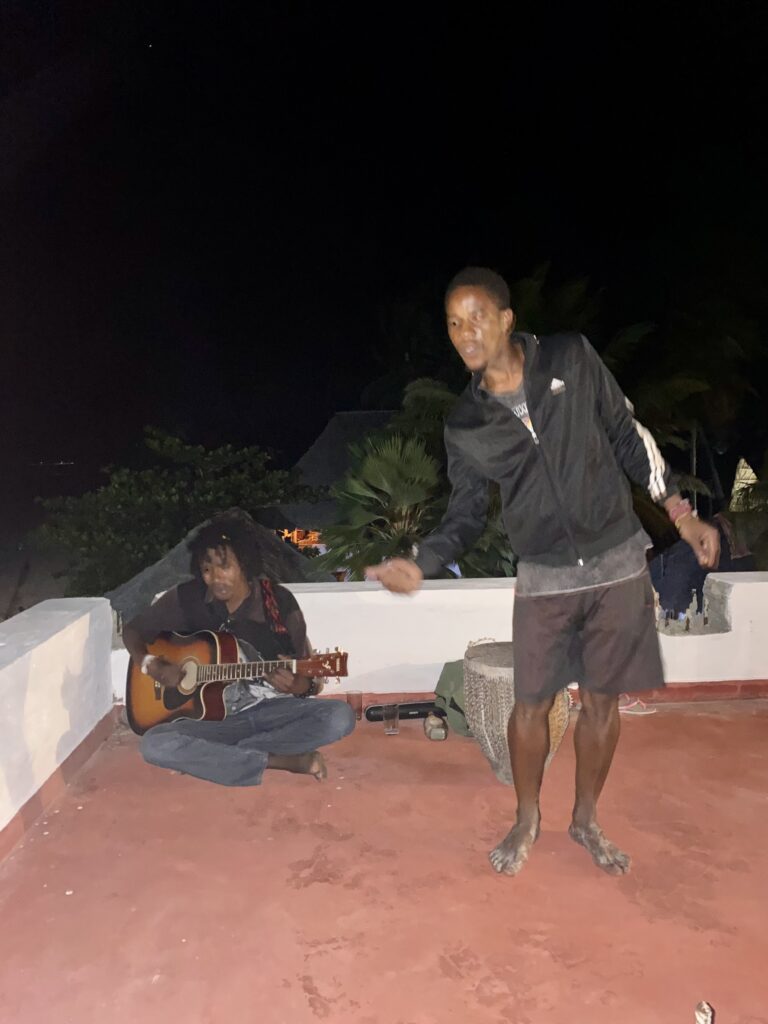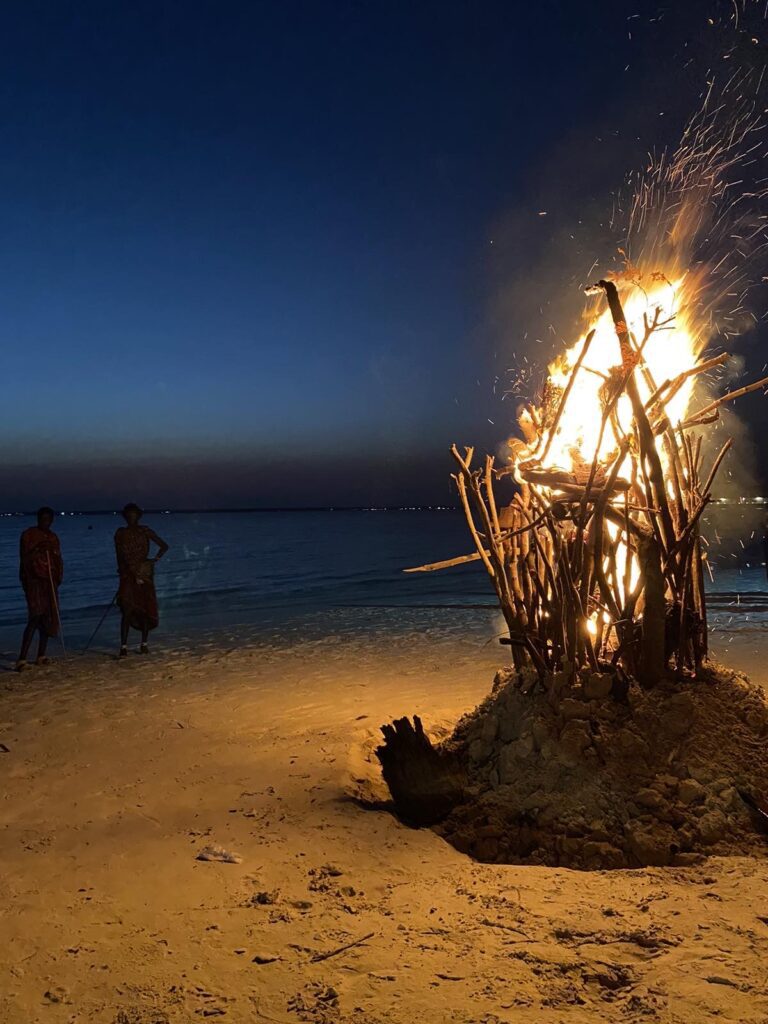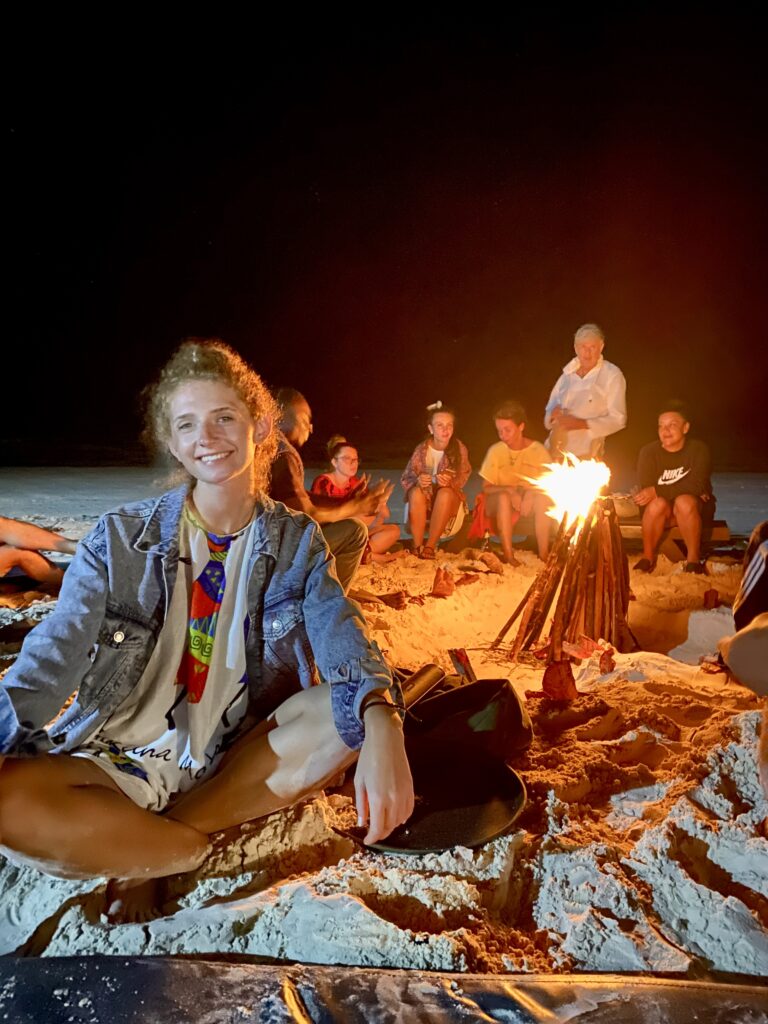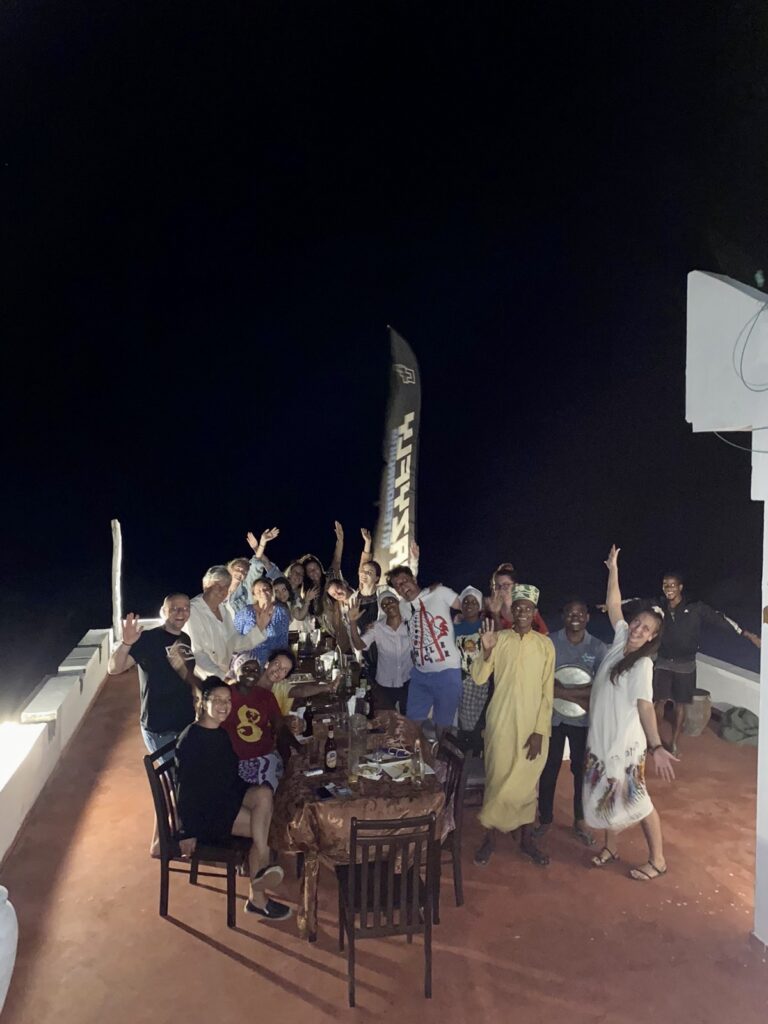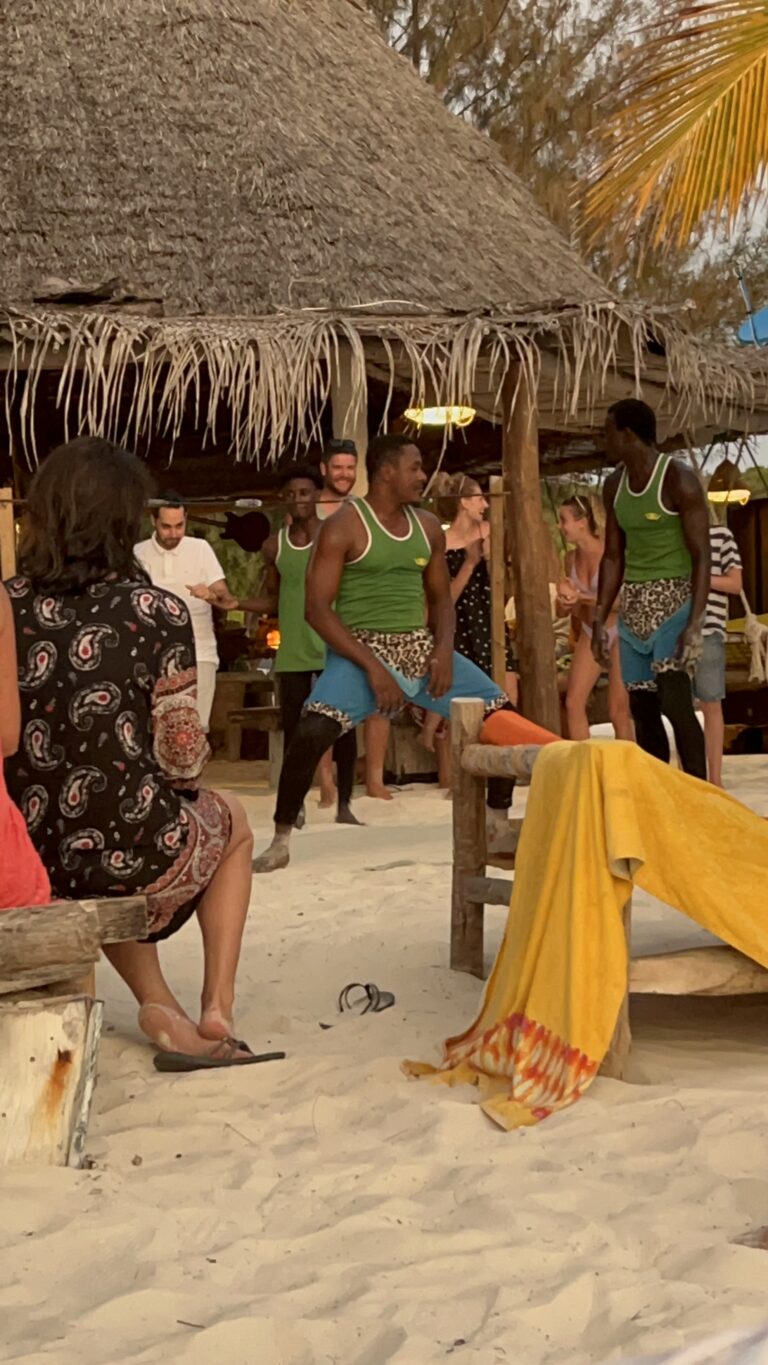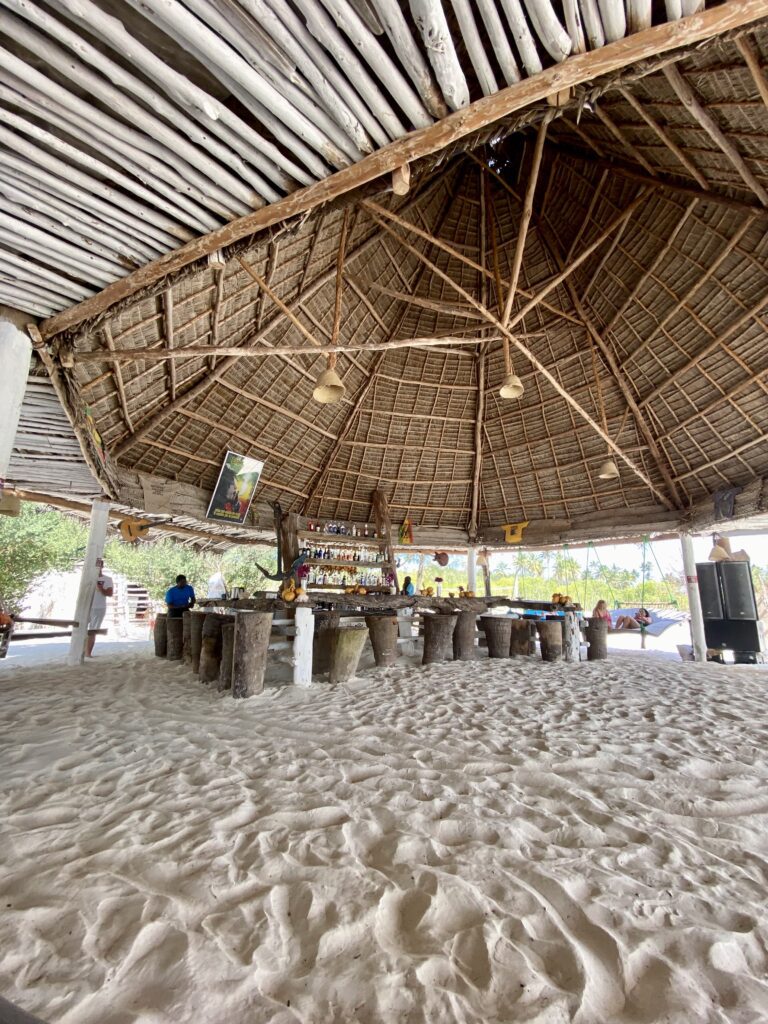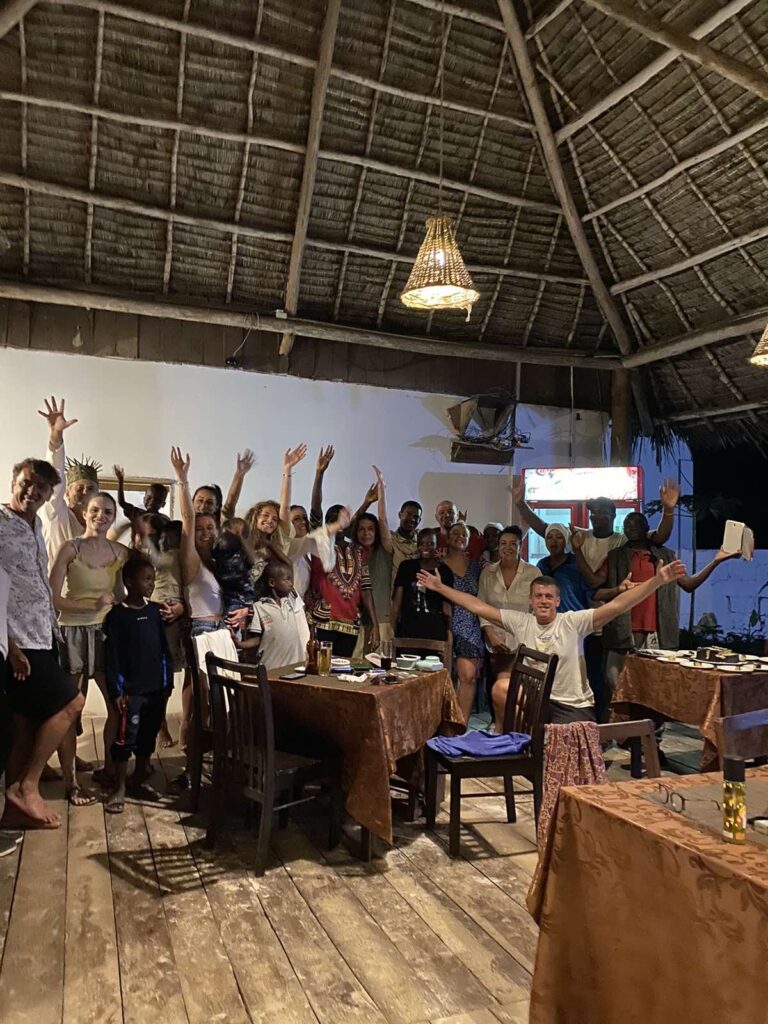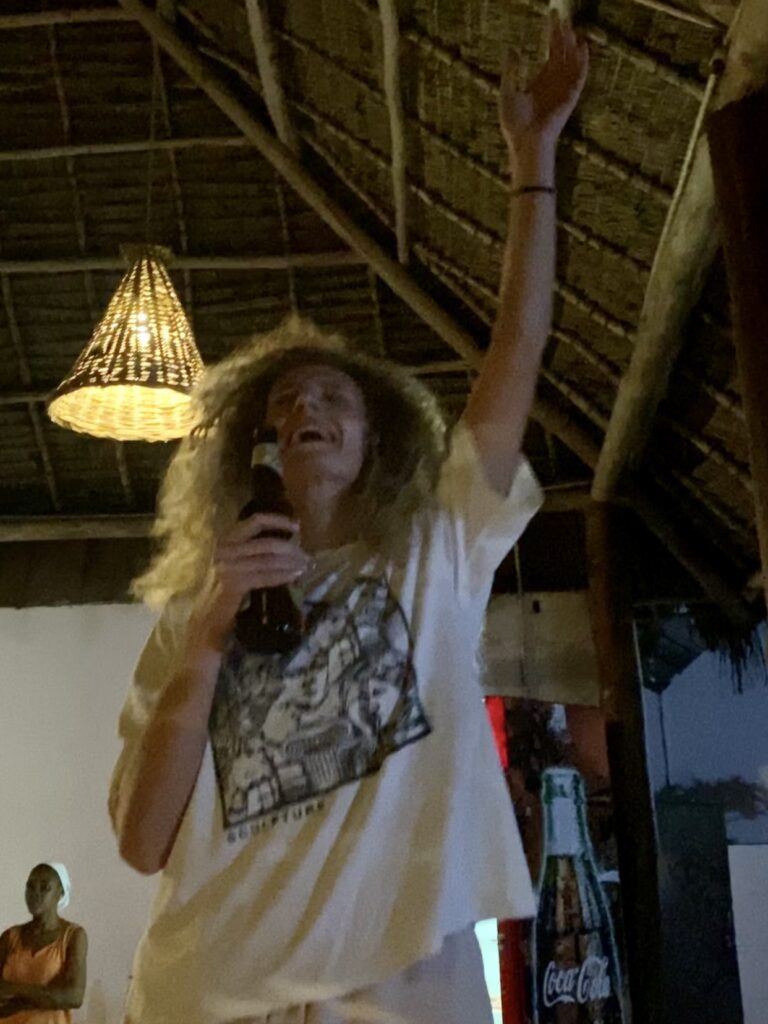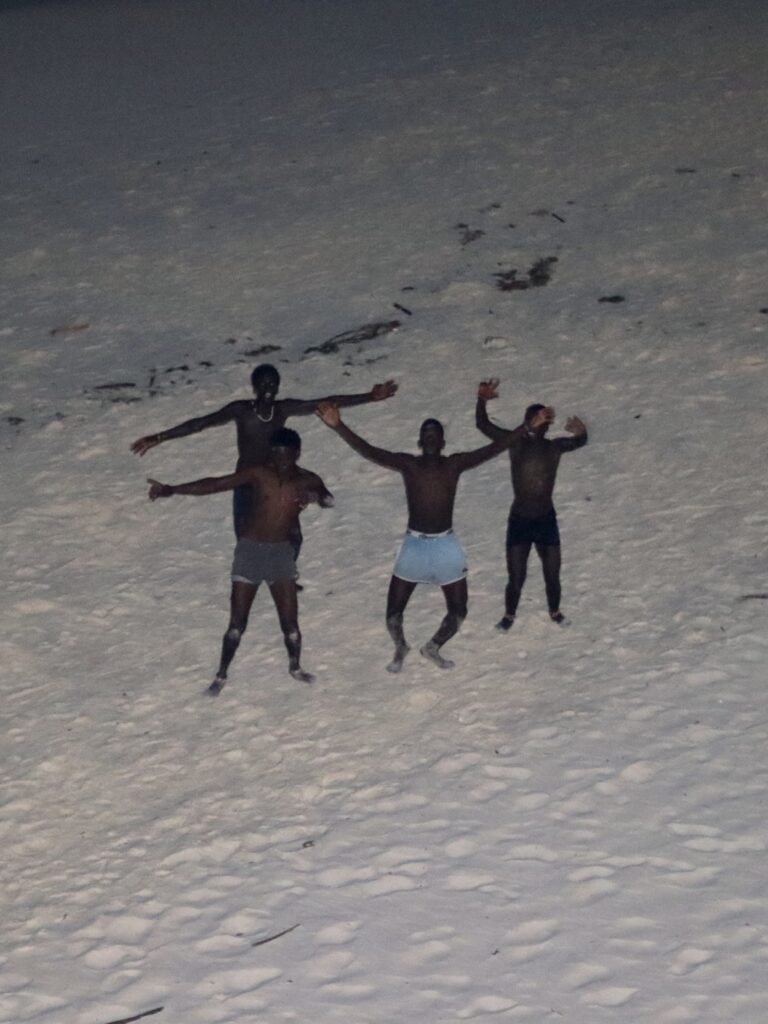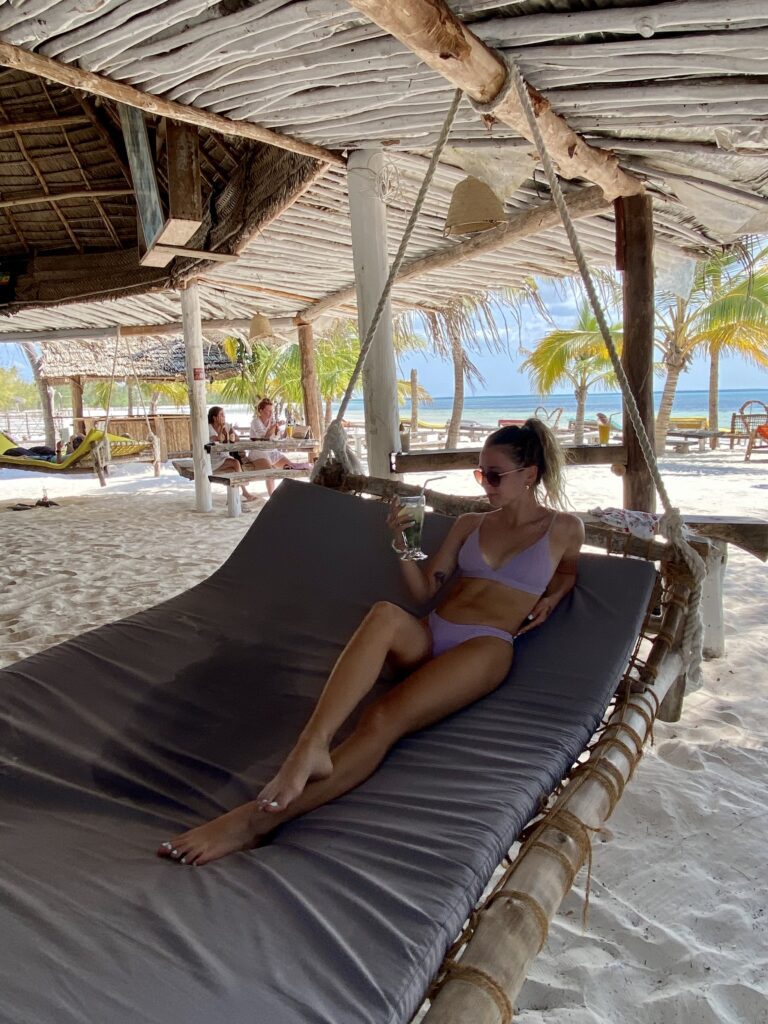Zanzibar
Today’s adventure is reserved for exploring the stunning island of Zanzibar, located off the coast of Tanzania in East Africa.
Known for its idyllic beaches, crystal clear sea and the title of the center of the spice trade, this destination is a paradise for all travelers looking for a unique and unforgettable experience.
Without further ado, let’s embark on a tour of the island that boasts a unique fusion of African, Arabic and Indian influences, evident in its architecture, cuisine and customs.
Find out before the trip:
How to get to Zanzibar
The most convenient way to get to Zanzibar from Belgrade is, of course, by air. Unfortunately, there are no direct flights from Belgrade to Zanzibar, but there are connecting flights with one or more stops.
Tip: You can find cheap flights from Belgrade to Zanzibar on airline websites or on travel search engines such as Skyscanner or Expedia.
Most often, the stopover is made in Istanbul or Doha, and the total travel time can vary depending on the flight route and the length of the stopover.
Typical flight duration:
– Belgrade-Istanbul about 2h -> Istanbul-Zanzibar about 8h
– Belgrade-Doha about 5h -> Doha-Zanzibar about 6h
If you have paid for an agency arrangement, an organized transport to the hotel will be waiting for you immediately after landing, and if you are traveling alone, you can take a taxi (the price per kilometer is about 1 euro) or pre-arrange transport with your hotel.
Tip: When it comes to taxi transportation, it is always a good idea to ask the driver in advance or even agree on the final amount of the service, so that there are no misunderstandings later.
Accommodation
Zanzibar is a popular tourist destination, so the accommodation capacity during the season is almost always full. There are many accommodation options to suit different preferences and budgets across the island, and below is a list of the most popular options and their locations.
Stone Town: This town represents the historic heart of Zanzibar and is a UNESCO World Heritage Site. Stone Town offers a variety of accommodation options, including boutique hotels, guesthouses and hostels. This place is the right choice for everyone who wants to be in the center of events and mingle with the locals, however, if you would still like to wake up in the morning on clean beaches without a handful of boats, I advise you to skip staying in this city.
Nungwi: Located on the northern tip of Zanzibar, Nungwi offers accommodation ranging from budget to luxury resorts. The main advantage of this place is the bars and the rich nightlife, and that’s what most differentiates this place from the next one on the list.
Kendwa: Kendwa is another very popular destination to stay in Zanzibar, it is located next to Nungwi and we can eaven say that it actually shares the same beach with it. Here you can expect a more relaxed atmosphere and a range of accommodation options, including beach bungalows and villas.
Tip: Zanzibar experiences two high tides a day, meaning water levels can change significantly within hours. Nungwi and Kendwa are in a better position according to this criterion, and it is less likely that the water in which you were swimming just a few hours ago will turn into a dry shore.
Paje: Paje is another popular destinatio on the southeast coast of Zanzibar and is known for its excellent surfing opportunities. It offers a variety of accommodation options, including many located on a long, beautiful sandy beach.
Tip: I stayed in this place during my stay in Zanzibar and I highly recommend it.
Jambiani: Behind the town of Paje, and on the opposite side of the town of Nungwi, is Jambiani, a small fishing village. In recent years it has become a popular tourist destination offering a light and relaxed atmosphere. Many of the guesthouses and hotels are located right on the beach, providing easy access to the water and stunning views of the Indian Ocean.
Best time to travel to Zanzibar
The best time to visit Zanzibar is during the dry season which lasts from June to October. During this period you can expect plenty of sunshine, warm temperatures and low humidity, making it the perfect time for activities on and around the water.
A good time to visit is also the period from December to February when the weather is also dry and pleasant. However, this is also the peak tourist season, so expect slightly higher prices, as well as crowds.
We must not forget that Zanzibar is a tropical destination and that rain can be experienced at any time of the year. The rainy season usually lasts from March to May and from November to December, so if you plan to visit during these months, be prepared for rainfall.
What to wear
Zanzibar is a tropical island with warm and humid weather all year round, so it is important to bring comfortable and light clothes with you. However, it is also important to dress appropriately and respectfully, especially when visiting local villages and religious sites.
Clothing: Pack light and breathable clothing such as cotton or linen shirts, shorts, skirts, dresses and T-shirts. Avoid synthetic materials as they can trap heat and moisture, which can make you feel uncomfortable.
Tip: Evenings in Zanzibar can be chilly at times, so don’t forget to bring some long-sleeved clothes and pants.
Covering up: Zanzibar is a predominantly Muslim place, and while the island is known for its beaches and resorts, it’s not out of place to dress modestly when outside these areas. Although locals are used to tourists, women may feel more comfortable if they cover their shoulders and knees and avoid wearing tight or revealing clothing.
Tip: When visiting religious places, dress respectfully. So then women should cover their head and shoulders, and men and women should avoid wearing shorts and tight clothes.
Swimwear: Although Zanzibar is inhabited by a predominantly Muslim population, swimming in swimwear as we know it is allowed on almost all beaches. Both women and men are advised to bring more bathing suits, since the main activity in this destination is daily and all-day swimming.
Sun protection: Zanzibar is close to the equator and the sun can be intense, so be sure to bring a wide-brimmed hat and sunglasses to protect your face and eyes from the sun’s rays. Don’t forget to pack sunscreen with a high SPF, especially if you plan to spend a lot of time on the beach.
Footwear: Sandals, slippers or flip-flops are ideal for the warm climate of Zanzibar. Additionally, you’ll definitely want to pack a pair of comfortable walking shoes that can come in handy during island explorations and hiking tours.
Food
Zanzibar is a symbol of a mixture of different cultures, which is also reflected in its cuisine. The food in Zanzibar is influenced by Arabic, Indian, African and European flavors and all this makes it a unique and exciting culinary destination.
It is interesting that only eggs prepared in different ways are always served for breakfast. Pancakes, bread, jams and lots of fresh fruit usually go with it. Lunch and dinner include some of their traditional dishes, seafood, but you can also find familiar foods like pizza, pasta and burgers almost everywhere.
Tip: Zanzibar is predominantly inhabited by Muslim people, so pork is rarely served.
These are just some of the popular dishes and ingredients worth trying during your stay in this paradise:
Zanzibar Spice Blend: Zanzibar is known as the Island of Spices and its cuisine features a range of aromatic combinations. The spice mix usually includes cloves, cinnamon, cardamom, cumin and coriander, which are used to flavor many dishes and if you don’t have problems with what is called a “weak stomach”, try as many as you can, you will be delighted.
Seafood: As an island, Zanzibar has an abundance of fresh seafood, including fish, octopus, lobster and prawns. Seafood is often grilled or fried, and you will even have the chance to try shark.
Zanzibar Mix (Urojo): This is a popular street food in Zanzibar and a must try for local food lovers. It is a savory pancake filled with seasoned minced meat or vegetables, then topped with an egg and served with hot sauce.
Pilau Rice: This is a spicy rice dish that is often served with chicken or beef. It is made from a blend of spices such as cumin, cinnamon and cloves, along with tomatoes, onions and peppers, giving it a rich and aromatic taste.
Fruits: Zanzibar has an abundance of tropical fruits, including mango, pineapple, papaya and passion fruit. It is highly recommended that you always order a plate of fresh fruit, as well as freshly squeezed juices whenever possible.
Drinks
Zanzibar offers a variety of refreshing drinks, both alcoholic and non-alcoholic, however, it is important to note that tap water in Zanzibar is not safe to drink and visitors should only consume bottled water.
These are some of the popular drinks you can try in Zanzibar:
Coconut Water: Coconut water is a popular and refreshing drink in Zanzibar and is widely available. It’s a natural isotonic drink that’s packed with electrolytes and perfect for hydration in hot, humid weather.
Sugarcane Juice: A sweet and refreshing drink made from fresh sugarcane juice mixed with lime and ginger. It is a popular street drink in Zanzibar and can be found at many street vendors.
Spice Tea: Zanzibar is famous for its spices and the locals make a delicious spiced tea that you must try. It is made from black tea, cinnamon, cardamom and cloves, and is often sweetened with sugar or honey.
Fresh fruit juices: Zanzibar has an abundance of fresh fruit, and you can find many fruit juices made from local fruits such as mango, pineapple and passion fruit. They are the perfect way to cool down and refresh in the heat.
Local beer: Zanzibar has its own local beer called Safari Lager, which is a light and refreshing beer perfect for the tropical climate.
Zanzibar Cocktail: This is a signature cocktail made with spiced rum, coconut milk and pineapple juice. This delicious tropical drink is perfect for sipping on a hot day.
Tip: When it comes to alcoholic beverages, remember that they are not served during the Ramadan fast.
Visa
Citizens of the Republic of Serbia, Croatia, Bosnia and Herzegovina, Macedonia and Montenegro need a visa to enter the country of Tanzania, and therefore also for the island of Zanzibar which belongs to it.
A visa can be obtained through the Tanzanian government website or upon landing at the airport itself and costs $50. It will be necessary to fill out a form on the spot, and sometimes it is necessary to attach a photograph on a white background with dimensions of 3.5 cm and 4.5 cm.
Tip: Very often no one will ask you for photos, but it is not bad to have them with you to avoid problems and shorten the whole procedure.
Tip: Bring exactly $50 to pay for your visa from your country so that no one has the opportunity to deny you change when returning and exchanging money, which sometimes happens.
It is important to note that visa requirements and regulations can change, so you should check the Tanzanian immigration website or your embassy or consulate for the latest information before you travel.
Money and currency
The currency used in Zanzibar is the Tanzanian Shilling (TZS) and one shilling is equal to 100 cents. Banknotes come in denominations of 500, 1000, 2000, 5000 and 10,000 shillings, and coins in denominations of 50, 100 and 200 shillings.
In Zanzibar, as in mainland Tanzania, US dollars are also widely accepted and sometimes preferred, especially for large purchases such as hotel bills and safari tours. However, it is important to note that smaller businesses and street vendors may not accept dollars and may require payment in shillings.
There are several options for exchanging money in Zanzibar, including banks, exchange offices and hotels. Banks and exchange offices usually offer better rates than hotels, but may charge commissions. ATMs are also widely available in Zanzibar, especially in the larger towns, and accept most major debit and credit cards, including Visa and Mastercard. However, it is recommended that you check with your bank about any foreign transaction fees or withdrawal limits before traveling to Zanzibar.
All in all, if you plan to exchange money in Zazibar, it is advisable to bring US dollars in cash, not euros, as you will get a better exchange rate and of course, if you want, a debit or credit card for emergencies.
Tip: Be careful when handling money avoid exchanging currency with unlicensed street vendors or individuals.
Language
The most widely spoken language in Zanzibar is Swahili, also known as Kiswahili, which is considered the national language of Tanzania. Swahili is a Bantu language that evolved over centuries through interaction between local African communities and Arab, Persian, Indian and European traders and settlers. Today, Swahili is spoken by almost everyone on the island, from street vendors to fishermen to hotel staff, and serves as a unifying language among Zanzibar’s diverse population.
However, Swahili is not the only language you will read in Zanzibar. Due to its history as a trading center and a place where many cultures blended together, the island is also home to various minority languages. Arabic, for example, is widely spoken by the island’s Muslim population, and you can also come across other languages such as English and Hindi that are actually remnants of the island’s colonial past and ongoing ties with other countries in the region.
Tip: During your stay on the island, you will hear the expression “Jambo” every day, always accompanied by a warm smile. “Jumbo” is an expression equivalent to our “Hello” and is used as a friendly and informal way to greet someone.
Religion
Zanzibar has a diverse religious landscape, shaped by its history and cultural influences. The two dominant religions on the island are Islam and Christianity, although there are also small communities of Hindus and Sikhs.
Islam is the largest religion in Zanzibar, and the majority of the population is Muslim. This religion arrived in Zanzibar in the 8th century, brought by Arab traders, and later spread by the Omanis who ruled the island from the 17th to the 19th century. Zanzibar’s Islamic heritage is reflected in its many mosques, some of which are true architectural masterpieces. The Muslim culture of Zanzibar is also visible in food, clothing, music and social customs.
Christianity has a smaller but significant presence in Zanzibar, especially among the island’s expatriate community and tourists. Christianity was brought to Zanzibar by European missionaries in the 19th century, and it is still an important religion for many Zanzibarians today. In Stone Town, the historic center of the island, there are several churches and cathedrals, including the Anglican Cathedral of Christ Church and the Roman Catholic Cathedral of St. Joseph.
Souvenirs
What better way to remember your trip than to have a unique souvenir at home that will remind you of the same? Here are some Zanzibar treasures that will make your travel memory never fade.
Spices: Zanzibar is known for its aromatic spices, including cloves, nutmeg, cinnamon and cardamom. Visit the bustling spice markets of Stone Town and immerse yourself in the alluring scents that live on this island. You can buy individual spices or prepackaged spice mixes to take home and add a taste of Zanzibar to your culinary creations.
Tip: The ideal place to buy such souvenirs is the spice farms where you can also find perfumes and creams made from plants that only grow in the Tanzanian climate.
Hand-carved wooden crafts: Zanzibar is home to many skilled artisans who create beautiful hand-carved wooden items. From intricately carved doors and furniture to decorative masks and figurines, these unique pieces of art showcase Zanzibar’s local craft and cultural heritage. You can find these exquisite wooden crafts at local markets or specialty stores.
Tingatinga Paintings: Tingating is a vibrant and colorful style of painting that originated in Tanzania, and Zanzibar is a great place to find these unique works of art. Tingatinga paintings often depict local wildlife, landscapes and scenes from everyday life in East Africa. They are usually painted on canvas using bold, bright colors and intricate details. These eye-catching paintings are sure to add a touch of African style to your home.
Maasai Jewelry: The Maasai people, known for their distinctive clothing and handmade jewelry, are one of the indigenous tribes in East Africa. In Zanzibar you can find a wide range of Maasai jewellery, including beaded necklaces, bracelets and earrings. Each piece is handcrafted using traditional techniques that are thousands of years old, so these pieces of jewelry are not only adorned with their beauty, but also with cultural significance, making them unparalleled souvenirs.
Kangas and Garments: Kangas are colorful and versatile pieces of cloth that are popular in East Africa, including Zanzibar. They are often used as clothing, wraps or scarves and are decorated with bold patterns, vibrant colors and Swahili proverbs or messages. Colorful kangaroos, t-shirts, scarves and t-shirts are not only a practical item to take home, but also unique and useful gifts for friends and family.
Coconut products: Zanzibar is known for its abundant coconut trees, and you can find a variety of coconut products to take home as souvenirs. From coconut oil and soap to coconut shell bowls and spoons, these eco-friendly products promote sustainability and support local communities.
Banknotes: If you are tired of magnets and would like, like me, to be reminded of your trip by something that you used every day during your stay in a foreign country, then you can save a couple of Tanzanian banknotes, and maybe frame one of them or give it to your friends as a gift.
Spice farm
One of the trademarks of Zanzibar is its spice farms that supply much of the world with their products, including cinnamon, cardamom, cloves, nutmeg, black pepper and many others. Spice farms in Zanzibar are a popular tourist attraction, and visitors can visit them accompanied by a local guide to learn more about the history and cultivation of aromatic plants. They are located in rural areas, where the climate and soil are ideal for growing spices.
At the beginning of the tour, you will be given small baskets made of leaves and flowers to collect spices and flowers as you tour the farm. Your hosts will do their best to present their farm in the most interesting way, always with songs, games and fun. You will also have the opportunity to try different fruits that grow in this climate, such as small bananas, coconuts and mangoes, but also various spice products, such as essential oils, soaps and teas. The guides together with the locals always demonstrate how the spices are harvested, dried and processed and make the whole experience even more special.
Zanzibar’s spice farms not only provide an opportunity for visitors to learn about local agriculture and culture, but also support the local economy by providing jobs for farmers, tour guides and other workers. They are an important part of Zanzibar’s tourism industry and offer a unique and unforgettable experience for travelers.
At the very end, you will have the opportunity to buy souvenirs in the form of natural spices, but also perfumes made from plants, figurines and the like.
Tip: Local guides and farm vendors generally live only on the tips they earn during the day, so if you are able, prepare some small change in advance for this occasion.
Stone Town
Stone Town, translated as “Stone City”, is the historical and cultural heart of Zanzibar, located on the west coast of the island. It is a UNESCO World Heritage Site and is known for its well-preserved Swahili architecture, narrow streets and bustling markets. The city got its name from the numerous coral stone buildings that make up its structure, and the following places are not to be missed during your tour:
Slave Market Memorial
One of the must-see sites in this city is the old slave market. Zanzibar, unfortunately, has a dark history, mostly due to the fact that it was once one of the largest markets for the slave trade. During the 18th and 19th centuries, Africans would be gathered from all over the continent and brought to Zanzibar where they would then be sold at auction and then shipped to the American colonies.
Upon arrival in Stone Town, the slaves would be awaited by stone cellars of about 30 square meters in which sometimes 70 people would be crammed. In this tiny space, thousands of them died, were born, grew up, defecated, sometimes shared a piece of bread and generally lost hope that they would ever see the light of day. It is estimated that 50,000 slaves were sold here annually, and that another 50,000 died while walking through Africa on the way to Zanzibar, and in the end, a total of about one hundred million people shared this fate until the abolition of slavery in 1876.
Today, the Anglican Cathedral stands in this place, which was built right here by the British colonizers at the end of the 19th century as a deliberate act of symbolism and remembrance, marking the end of the slave trade and the beginning of a new era of freedom and justice.
Tip: This part of the journey carries with it a wealth of information about history and some extremely difficult lessons, but also necessary for the awareness of a human past that should not be ignored.
Secret Garden
The Secret Garden at Emerson Spice is a beautiful rooftop restaurant located in the heart of Stone Town, Zanzibar. It is part of the Emerson Spice Hotel, which is a boutique hotel known for its unique blend of traditional Zanzibar architecture and contemporary design.
The secret garden is accessed by narrow stairs leading from the hotel reception. When you reach the top, you will find yourself in a lush, tropical oasis, completely filled with palm trees, flowering plants and a divine fountain. The seating area is spread over several levels, with each table offering stunning views of the surrounding city and ocean.
The restaurant serves a variety of fusion cuisine, mixing traditional Zanzibari flavors with international influences. The menu changes regularly, but some of the dishes you’ll find include freshly caught seafood, curries and salads made with locally sourced ingredients. The restaurant also offers a range of drinks, including fresh juices, cocktails and wines.
The Secret Garden is a popular spot for locals and tourists alike, and reservations are highly recommended, especially if you want to dine during sunset when the views are particularly stunning. The restaurant is open for lunch and dinner, and the dress code is smart casual.
Tip: Even if you don’t want to drink and eat, this little restaurant is worth a short visit. Do not hesitate to stop for a moment and take a look at this magical space.
Old Fort of Zanzibar
The Old Fort, also known as Ngome Kongwe in Swahili, is a historic fortification located in Stone Town, the old town of Zanzibar. The fortress was built at the end of the 17th century by the Omanis, who ruled Zanzibar at the time, to protect the island from attacks by the Portuguese and other European powers.
The fort is made of coral stone and is surrounded by a moat. It was originally used as a defensive fortress and later for various purposes such as a prison, barracks and even as a venue for cultural events such as music and dance performances. Today, the Old Fort is a popular tourist attraction and once again hosts various cultural events such as the Zanzibar International Film Festival.
Inside the fort is a small museum where you can learn about the history of Zanzibar and the role the Old Fort played in its development. The museum displays artefacts and exhibits related to the history, culture and traditions of Zanzibar. Also, within the walls of the fortress you can find several cafes and restaurants, which offer a wide variety of food and drink options.
A visit to the Old Fort is a great way to experience the history and culture of Zanzibar, as well as enjoy stunning views of the island’s coastline.
Freddie Mercury's house
The Freddie Mercury House is the home where the famous musician Freddie Mercury, lead singer of the British rock group Queen, grew up.
Mercury was born Farrokh Bulsara in 1946 in Stone Town, Zanzibar. He spent the first few years of his life in a house, built in a traditional Zanzibar style, located on Plot 12, Vuga Road.
After Mercury’s family moved to India when he was a boy, the house remained empty for many years. In 2016, the Zanzibar government announced plans to restore the house and turn it into a museum dedicated to Mercury’s life and legacy.
Today, visitors can see the exterior of the house and take photos from the street, but the interior is not yet open to the public. However, there is a commemorative plaque on the outside of the building, and the nearby Freddie Mercury Restaurant and Bar features memorabilia and photos of the singer.
Tip: The initial part of the house has been turned into a museum and can be visited, but the interior is not accessible to tourists. For these reasons, guides often do not recommend buying a ticket to the museum, because inside you can only see photos from Freddy’s childhood, which are also available on the Internet.
Freddie Mercury House is a popular destination for Queen fans and music lovers visiting Zanzibar, and is testament to the island’s rich cultural history and its association with one of the most famous musicians of the 20th century.
Market
An indispensable part of a visit to Tanzania is the traditional markets, which are abundant in the city of Stone Town.
One of the oldest and busiest is Darajani Market, which offers a wide selection of fresh produce, spices, seafood and meat. Visitors can also find clothes, souvenirs and handicrafts here.
Also famous is the Forodhani Night Market, which opens at dusk and is known for its delicious street food, making it a popular spot for both locals and tourists, giving them the opportunity to enjoy a delicious meal amid a lively atmosphere.
Mwembeshauri Market is a great place to find traditional clothing and fabrics as well as jewellery, and is most popular for leather goods such as sandals, belts and bags.
The Zanzibar Curio Shop is a popular store among tourists looking for unique and authentic Zanzibar products, while the Central market will help you feel the local life and experience the vibrant energy of the Stone Town.
Prison Island and Giant Tortoises
“Prison Island”, also known as Changuu Island, was originally built in 1893 as a prison to house rebellious slaves, but was never used for that purpose. Later, the British used the island as a quarantine station for yellow fever epidemics, and also housed prisoners there during the First World War.
Today, this island is visited by tourists from all over the world because of the beautiful waters and coral reefs that surround it, but also because of the giant turtles that live on it. A short boat ride takes you to the island to explore the prison ruins, relax on the beaches or snorkel and swim in the surrounding waters of this gem.
One of the main attractions of Changuu Island is its population of giant tortoises that were brought to the island in the late 19th century by General Lloyd Matthews from the Seychelles. Matthews was a British colonial administrator who in 1888 was appointed the first British consul of Seychelles. At the time, the population of giant tortoises in the Seychelles was rapidly declining due to hunting and habitat destruction, and Matthews decided to relocate some of the tortoises to Changuu Island in an attempt to save them. The turtles are believed to have been brought to the island in two batches, one in 1919 and the other in 1921.
The turtles on Changu Island belong to the giant Aldabra tortoise species and today are a protected species under Tanzanian law. Visitors are allowed to take pictures with them, and they can also feed them greens that they get at the entrance from the locals.
Tip: Although safe for humans, these turtles have very sharp teeth and are wild animals, so be careful when interacting with them and respect their nature.
Nakupenda
This word means “I love you” in Swahili (the official language of Tanzania). It is a common phrase in many African countries, including Tanzania, Kenya, Uganda and Rwanda.
However, “Nakupenda” is also the name of a small island located near Stone Town. So, Nakupenda Island is actually one of the many sandbanks surrounded by turquoise water, and it can only be reached by boat. The island is relatively small, with a circumference of about 500 meters, and its visitors can enjoy swimming, diving and sunbathing on the pristine beach with fine sand. The waters around Nakupenda Island are teeming with marine life, including colorful fish, starfish and sea urchins.
Many local guides in Zanzibar offer day trips to both Nakupenda Sandbar and many others, which usually include a boat ride, snorkel gear and a fruit snack on the beach. Ostrvce is also a popular place for romantic trips, so many visitors use the Swahili phrase “Nakupenda” to express their love and affection to their partners, and often decide to say the fateful “Yes” right here.
Tip: Before visiting any sandbar, it is mandatory to be informed about the tides because very often its entire surface is completely covered by water.
Primary school
Visiting elementary schools in Zanzibar is often a very emotional experience for travelers who want to learn more about the local community and expand their horizons a few millimeters more.
Visits are generally organized with a local guide or by advance notice to schools that are often located in rural areas and lack the resources and infrastructure that many of us take for granted.
During your visit, you will have the opportunity to interact with students and teachers, learn about the curriculum and see first-hand how the school operates. English is the primary focus during schooling in Tanzania, so don’t hesitate to ask curious children a question. Also, with the help of their teachers, the whole class always prepares a choreography with a song to welcome you when you enter the class.
By visiting a primary school in Zanzibar, you can also gain a deeper understanding of the challenges facing local communities and how education can be a powerful tool for creating positive change.
Tip: The way you can help directly is to bring school supplies from your country or something that you think will help the children and give them as a gift when visiting the school. All the gifts are taken by the teachers, and then they are fairly distributed among all the children.
The school system in Zanzibar is organized into three levels: primary, secondary and tertiary. Primary education is compulsory and free for all children between the ages of 6 and 13, but attendance rates vary depending on factors such as poverty, distance to school and cultural norms.
Primary schools in Zanzibar usually have a six-year curriculum covering subjects such as English, mathematics, science, social studies and Swahili (mother tongue). The language of instruction is typically Swahili, although some schools may also teach in English.
Tip: Appropriate clothing is advised for this tour, which includes covering the décolletage, shoulders and knees.
Swimming with dolphins
If you have always been fascinated by these intelligent creatures and have the desire to visit them as they should, in their natural habitat and not in a man-made prison, Zanzibar is the ideal location for this endeavor.
There are several local agencies that offer these types of activities, and perhaps the most popular location is the south coast of Zanzibar, especially in the village of Kizimkazi.
Dolphin swim tours usually start early in the morning as this is when the dolphins are most active, so expect to wake up before dawn that morning.
Tip: Don’t let this discourage you, in Zanzibar I experienced the best sunrises and sunsets of my life.
The tour usually starts with a boat ride from the coast to the area where the dolphins are most often collected. There are usually several boats in the middle of the ocean and everyone’s task is to do their best to spot dolphins in the water. When the first boat sees a school of dolphins, the engines are turned on and the captains try to catch up and keep pace with the dolphins. Then you will have the opportunity, if you wish, to jump into the water and swim with these amazing creatures, and the experience is no less valuable even if you decide to stay in the boat.
Tip: It is very important to practice responsible swimming with dolphins by keeping a safe distance from them, not touching or feeding them. You will also receive these instructions on site from your guide.
It should also be noted that although dolphin sightings are common, they are not guaranteed. Dolphins are wild animals and their presence depends on various factors such as weather, tide and water temperature.
Dolphin tours usually last a few hours, and many tours include stops for snorkeling and diving at nearby coral reefs. The agencies provide snorkeling gear as well as life jackets, so you don’t have to worry or necessarily bring your own gear.
Swimming with dolphins in Zanzibar can be a fun and unforgettable experience, allowing you to get up close to these fascinating creatures in their natural habitat, and I personally single out the memories from this excursion as the best from this trip.
Diving and snorkeling
Snorkeling or scuba diving in Zanzibar, thanks to the clear and warm waters of the island and the rich diversity of marine life in the area, is an activity you will remember for a long time.
Dive tours in Zanzibar usually include transport to and from dive sites, equipment hire and a guide who can point out interesting marine life and answer any questions you may have. The price also sometimes includes lunch or refreshments during the trip.
Some of the best diving spots in Zanzibar include:
Mnemba Atoll: This small coral atoll is located on the northeast coast of Zanzibar and is considered one of the best diving spots in the area. Visitors can see a variety of marine animals, including tropical fish, sea turtles and even dolphins.
Chumbe Island: Chumbe Island is a protected coral reef sanctuary located off the coast of Stone Town. The island is home to a variety of corals and fish, and visitors can see colorful marine life while snorkeling in the clear waters.
Bawe Island: Bawe Island is a small private island off the coast of Zanzibar that offers excellent diving opportunities. Visitors can see a variety of marine animals, including sea turtles, reef sharks and colorful fish.
Tumbatu Island: Tumbatu Island is located on the northwest coast of Zanzibar and is known for its pristine beaches and crystal clear waters.
Henna body art
Henna body art, also known as mehndi, is a traditional form of temporary body decoration that involves applying a paste made from crushed henna leaves to the skin to create intricate decorative designs. Henna body art has been practiced for centuries in many cultures, especially in South Asia, the Middle East and North Africa, for various occasions such as weddings, festivals and celebrations.
The henna paste is usually left on the skin for a few hours after application to allow the dye to color the skin, and then removed, leaving a reddish-brown stain on the skin, which gradually darkens over the next 24-48 hours. The final color of the drawing depends on various factors such as the quality of the henna paste, skin type and the length of time the paste remains on the skin.
Henna body art often features intricate and delicate designs, including floral motifs, dots, geometric patterns and cultural symbols, which the artist creates freehand. On average, henna usually stays on the skin for about 1 to 3 weeks.
This form of beautification is generally considered safe for most people, as henna is a natural product and does not contain harmful chemicals. However, it is important to be careful and choose henna artists who use a pure, natural paste without any harmful additives or chemicals.
Tip: Additionally, it’s always good practice to do a patch test on a small area of skin before applying henna to a larger area to check for any adverse reactions, especially if you have sensitive skin or known allergies.
When it comes to nightlife, Zanzibar may not be known for its wild and bustling scene, but this island paradise off the coast of Tanzania certainly offers its own unique charm and unforgettable experiences after the sun goes down.
One of the highlights of Zanzibar’s nightlife is the beach parties that come alive during the tourist season. In areas such as Nungwi and Paje, the pristine beaches are a natural stage for relaxed and casual gatherings with drinks where you can dance under the stars and enjoy live music or a DJ. Imagine yourself swaying to the rhythm of African beats with your feet in the sand, surrounded by the peaceful ambience of the ocean night.
If you prefer a more urban and trendy nightlife, Zanzibar also has bars and clubs all over the island, similar to what we are used to. From Stone Town to Nungwi and Paje, you can find establishments popular with tourists and locals, offering good intercultural entertainment with drinks and music. In these places, people dance, drink alcohol without problems, enjoy pool parties and watch the disco ball on the ceiling called the starry sky. Live music, dance performances and other forms of entertainment provide an atmosphere to remember for all lovers of nightlife.
Whether you’re dancing on the beach, exploring the lively Forodhani Gardens night market or enjoying a drink at a local bar, Zanzibar’s nightlife scene is one that can provide unforgettable moments and a deeper understanding of the island’s culture and lifestyle. So, while you are in Zanzibar, don’t miss the opportunity to experience its nightlife and create memories from this exotic destination that will last forever.
If you lack inspiration for planning your next adventure, maybe you can find it in a travel blog about Jordan or Rtanj mountain. See you at the next destination!
Questions?
Feel free to ask any question, send a suggestion or just share your opinion.
I look forward to your message!

